Greetings Family and Friends,
Or in English, the “End of the Beautiful Era”. Such was the case for Europe with the onset of World War I which, as we all know, was not the “War to End All Wars”. In addition, for much of Europe it resulted in a lost generation going forward. As for the United States, it arguably was the event that brought forth the nation onto the world stage. Staying in Kansas City, Missouri, I had the opportunity to visit the National World War I Museum and Memorial. Also was able to see a couple of other special museums – the Money Museum and the Negro Leagues Baseball Museum.
The centerpiece of the National World War I Museum and Memorial is the tower which was completed in 1926 and is known as the Liberty Memorial Tower. Construction was funded by the citizens of Kansas City. The tower eventually reached a point where it was unsafe and thus closed to visitors in 1994. In the subsequent years funds were raised and efforts put into restoring the tower and adding a museum which resulted in the museum and memorial coming together and opening to the public in 2006.
The tower has an observation deck which sits at 217 ft above the Memorial Courtyard and 268 ft above the North Lawn. An ascent of the tower is via an elevator ride followed by a climb of 45 stairs. The observation deck is exposed to the elements. I went on a wet and chilly day to take in Kansas City from its blustery heights. My level of hardiness made for just a couple of circuits around the tower to take in the views and snap photographs.
The museum is made up of several galleries. I spent all of my time in the Main Gallery which houses the permanent exhibition of “The World War, 1914-1919”. Covers the principle nations in the war, the various military branches involved, and the chronology of the war. World War I and the Belle Epoque preceding it are a time in history that I am interested in and continue to study, and thus a draw for me when visiting a museum that has exhibits within the period. This museum is simply the most comprehensive for World War I that I have encountered in my travels. Of course, maybe I just need to travel more!
The Money Museum at the Federal Reserve Bank of Kansas City is not the only Money Museum – a few of the other Federal Reserve Banks have their own variations. However, the Federal Reserve Bank of Kansas City’s version is the only one to have the Harry S. Truman Coin Collection. As I am a coin collector, this was the exhibit that drew me to this museum.
The collection has a rather interesting story. The collector of the coins was Truman’s Secretary of the Treasury, John Snyder. He gifted the collection to the Truman Presidential Library & Museum in 1962. Later that year the collection was stolen, never to be recovered. Snyder and a rare coin dealer by the name of John Stacks put together a roughly similar collection from donations by 167 coin collectors. This collection was given to President Truman in 1967 and then went back on display. The collection is now on loan to the Money Museum at the Kansas City Fed where Truman used to maintain an office post-presidency.
The collection itself is comprised of 450 coins and organized in sets to show the various coin denominations available during each president’s term in office. I photographed the sets in groups of three and did so in portrait mode. So use the scroll bar on the right of the picture frame to pull down the photo to see the complete set associated with each president. Note how the number of coin denominations have diminished and standardized as the presidency entered modern times – honestly probably mostly due to less value and use of coins. There are also some sets for commemorative coins by president. Other pics of the museum show the currency used over the life of the republic and a gold bar.
The Negro Leagues Baseball Museum opened in 1991 in Kansas City, Missouri. Back in 1920, also in Kansas City, the Negro National League was founded by Rube Foster – see a bronze statue of him early in the gallery below. The museum moved from its initial one-room facility to its current location of 10,000 sq-ft. in 1997.
The museum is beautifully put together with different sections to explore the times the leagues operated in, the players that made the leagues a success, and the eventual breakthrough of the color barrier with Jackie Robinson in the National League followed by Larry Doby in the America League. And, of course, with the integration of Major League Baseball came the eventual demise of the Negro Leagues – arguably 1958 with the closing of the Negro American League.
One very interesting section of the museum is the baseball diamond with the bronze statues at the nine positions along with the batter and home plate umpire. Next to each statue is a plaque on the floor with a name of one of the greats from the Negro Leagues – Satchel Paige pitching, Josh Gibson catching, and Cool Papa Bell in left field for example. As adults visit the statues, children run the bases.
That’s it for now. As always, feel free to share this link with anyone who expresses an interest. Next stop will be the last stop with a post.
Until later,
Papi


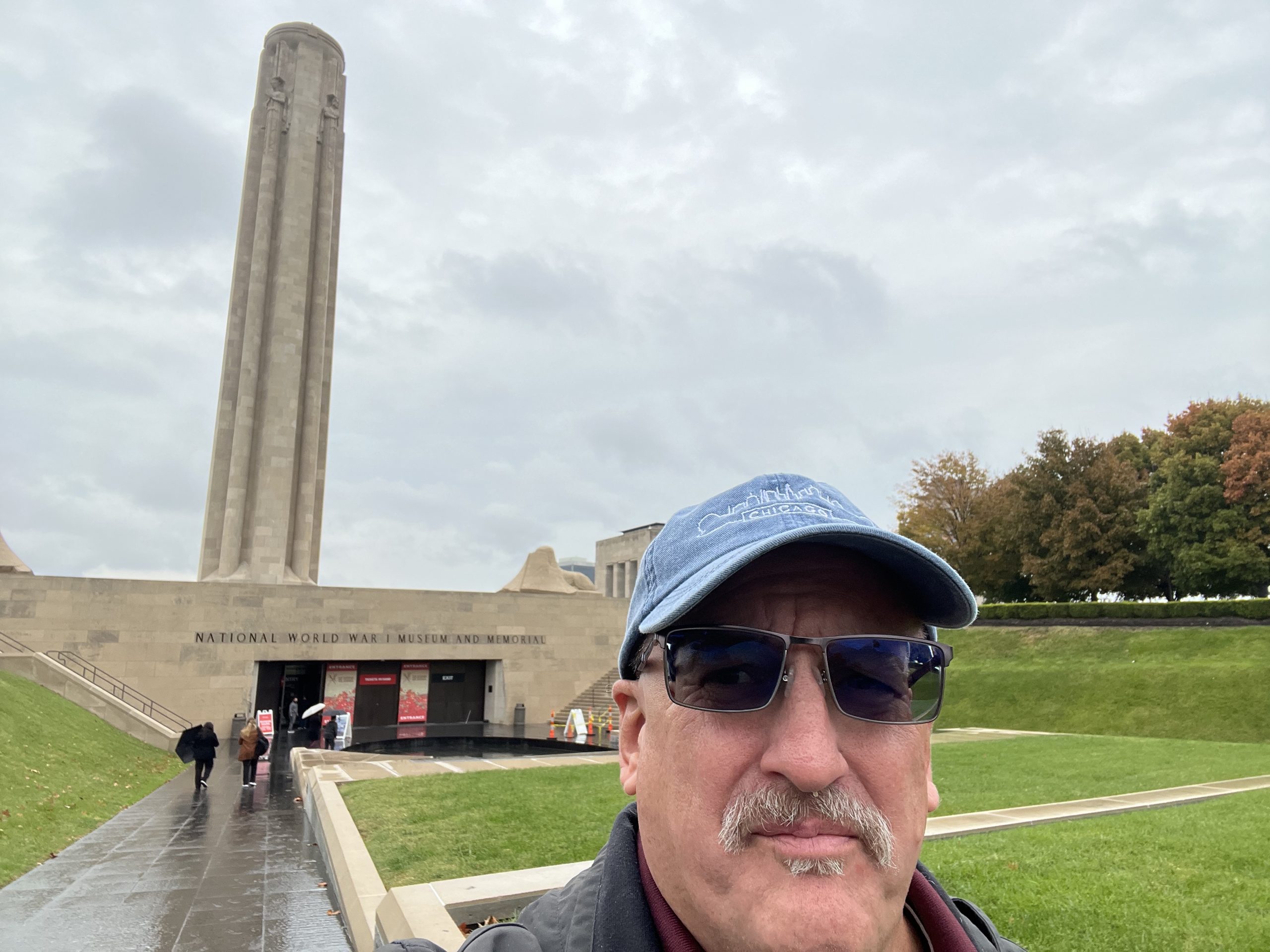


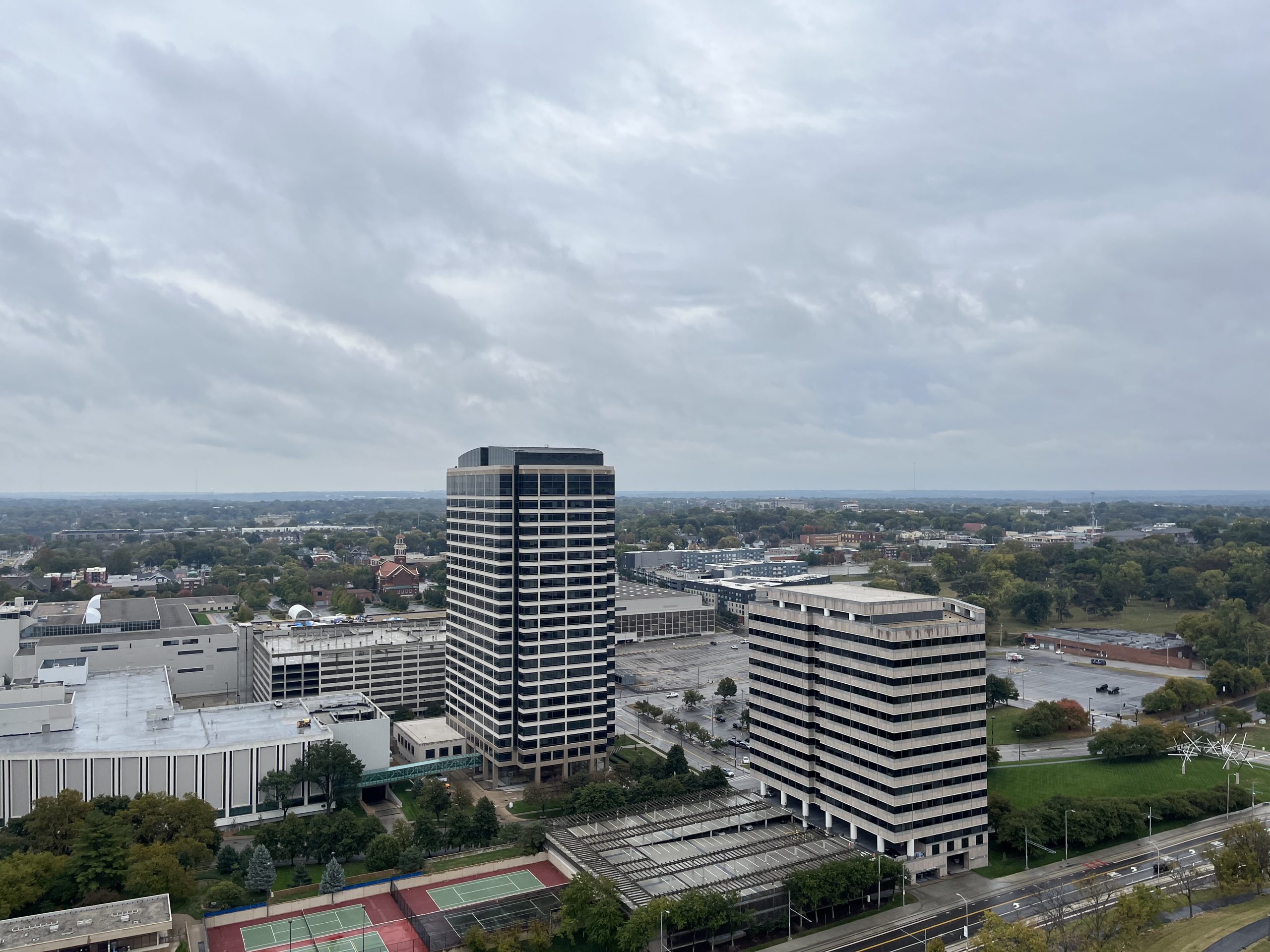
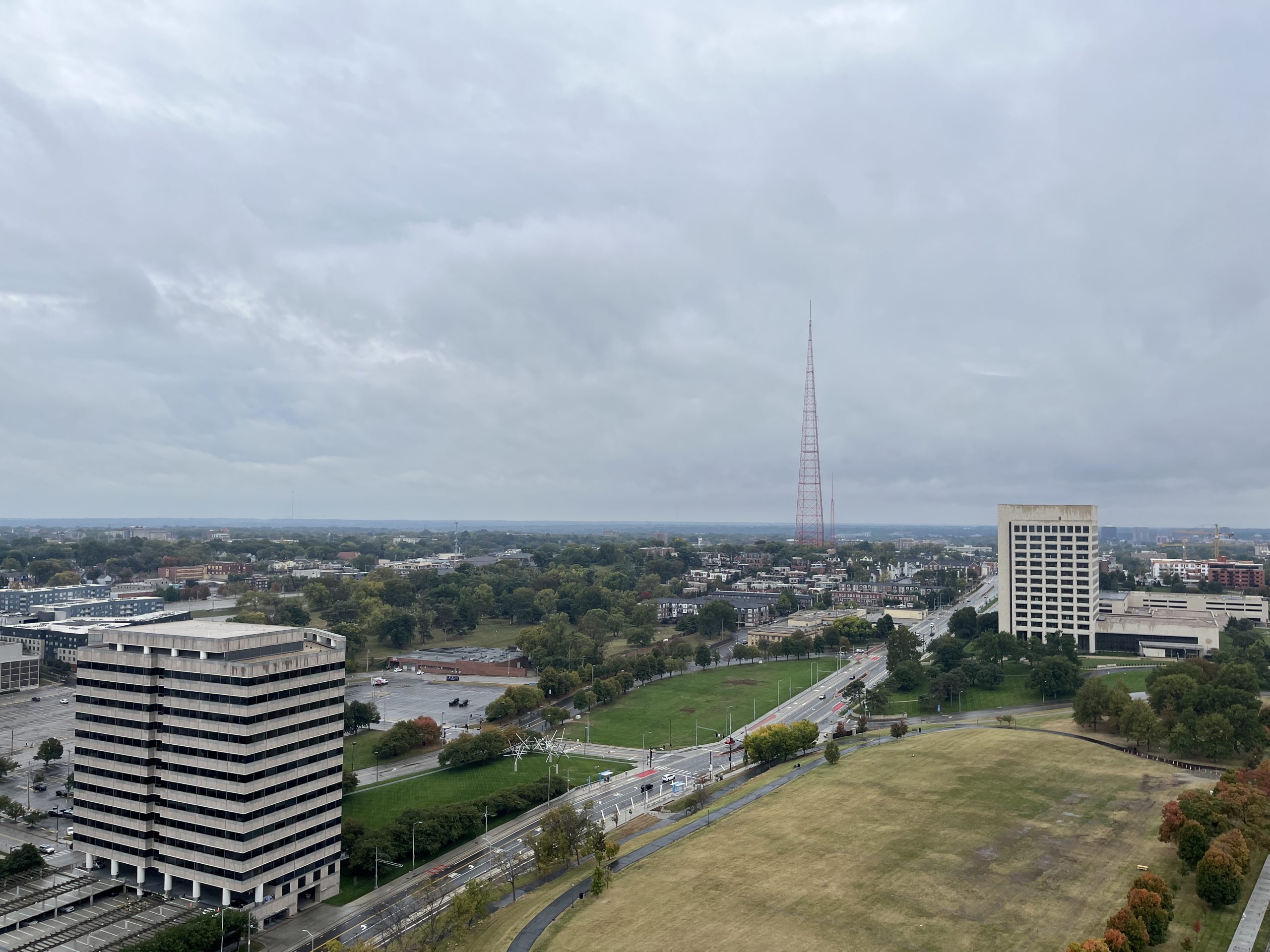


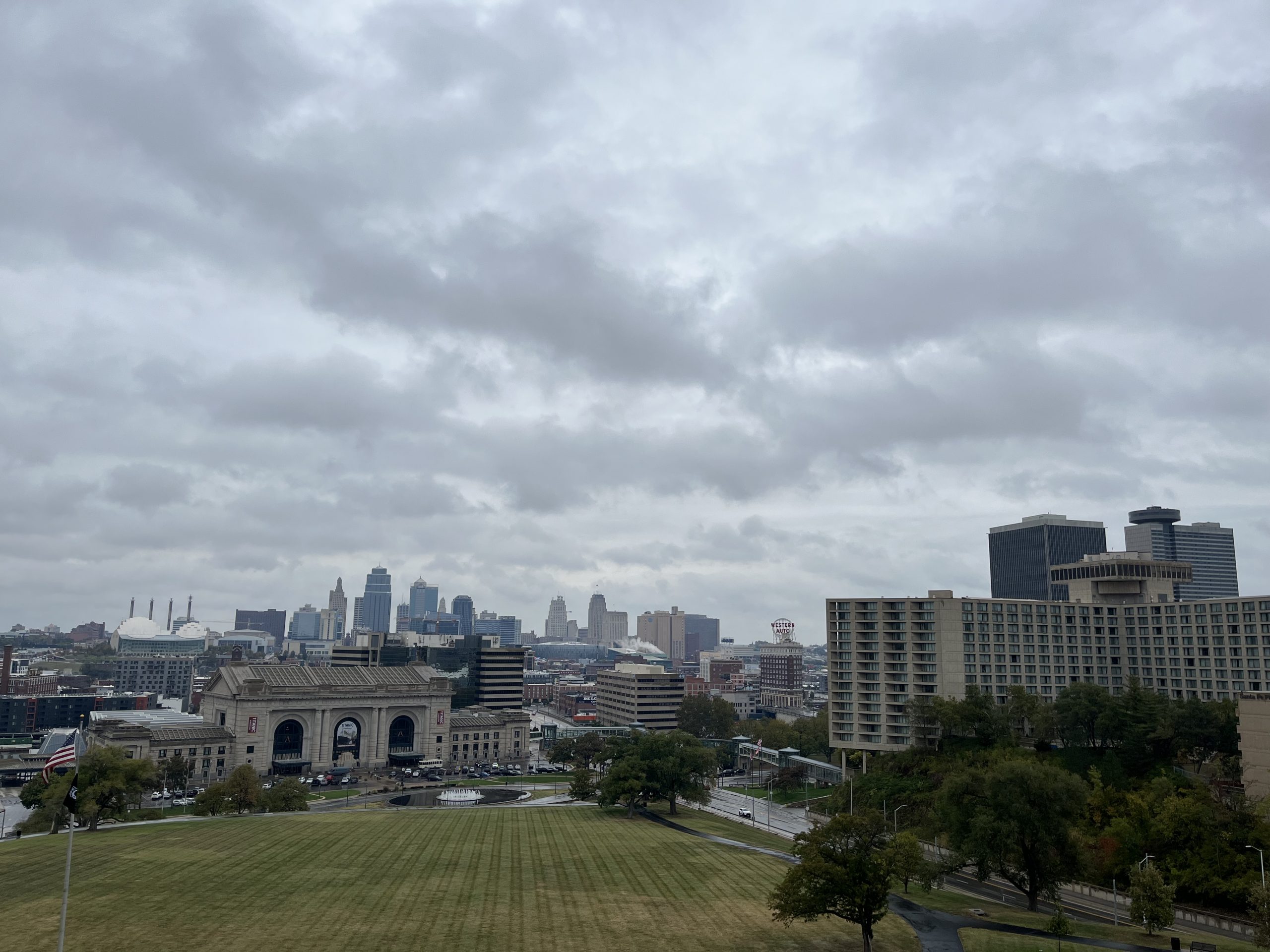
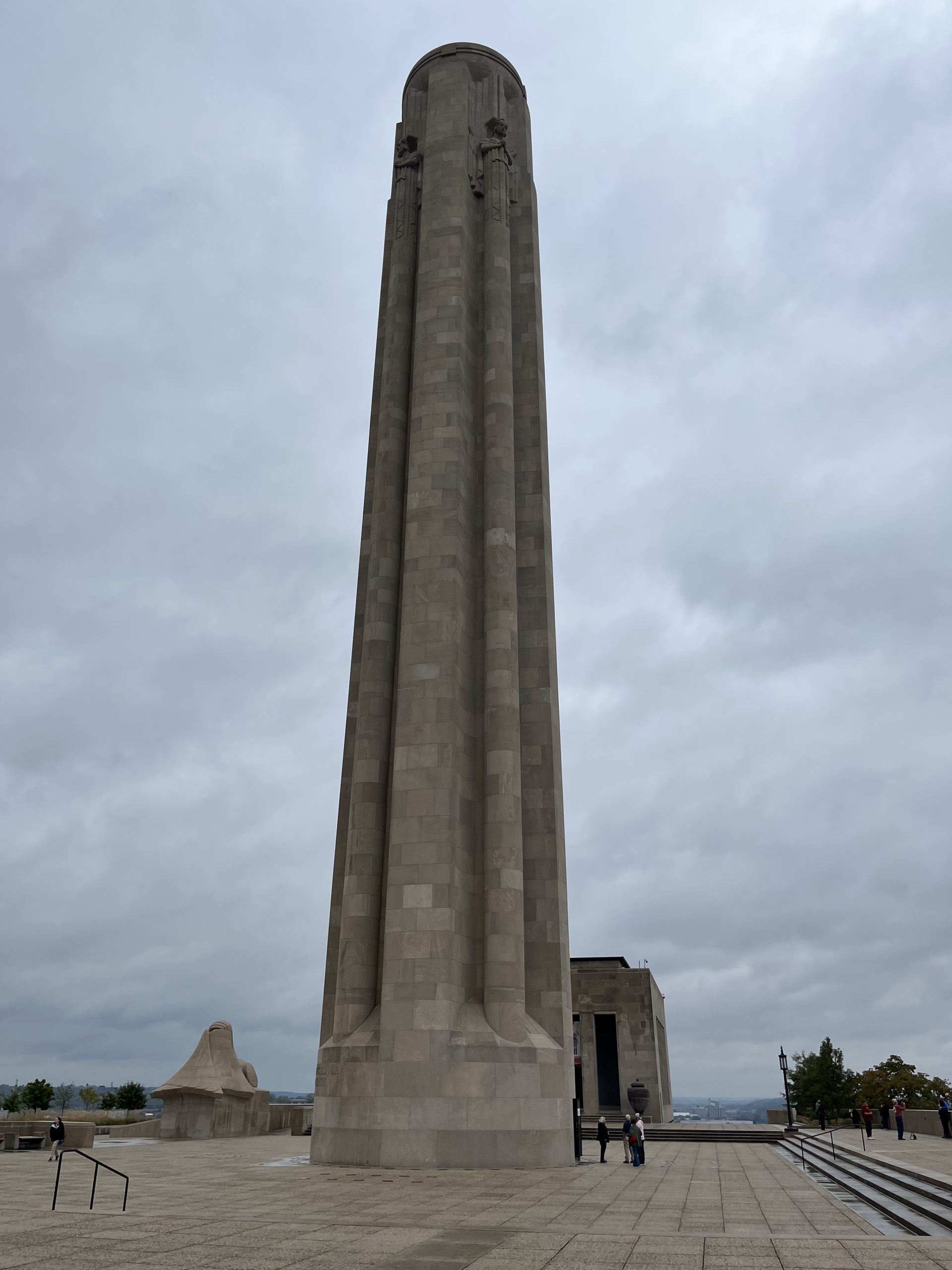

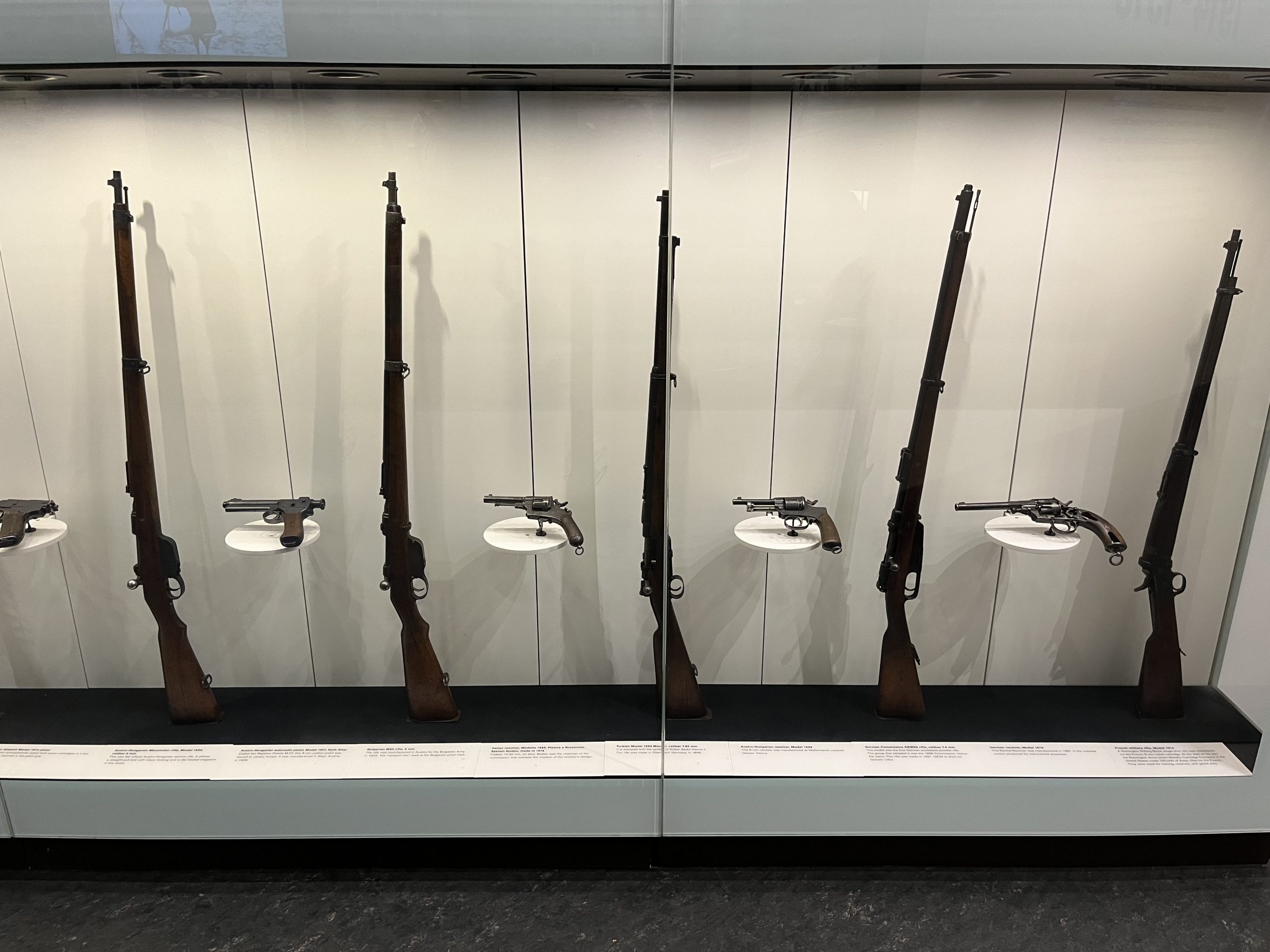
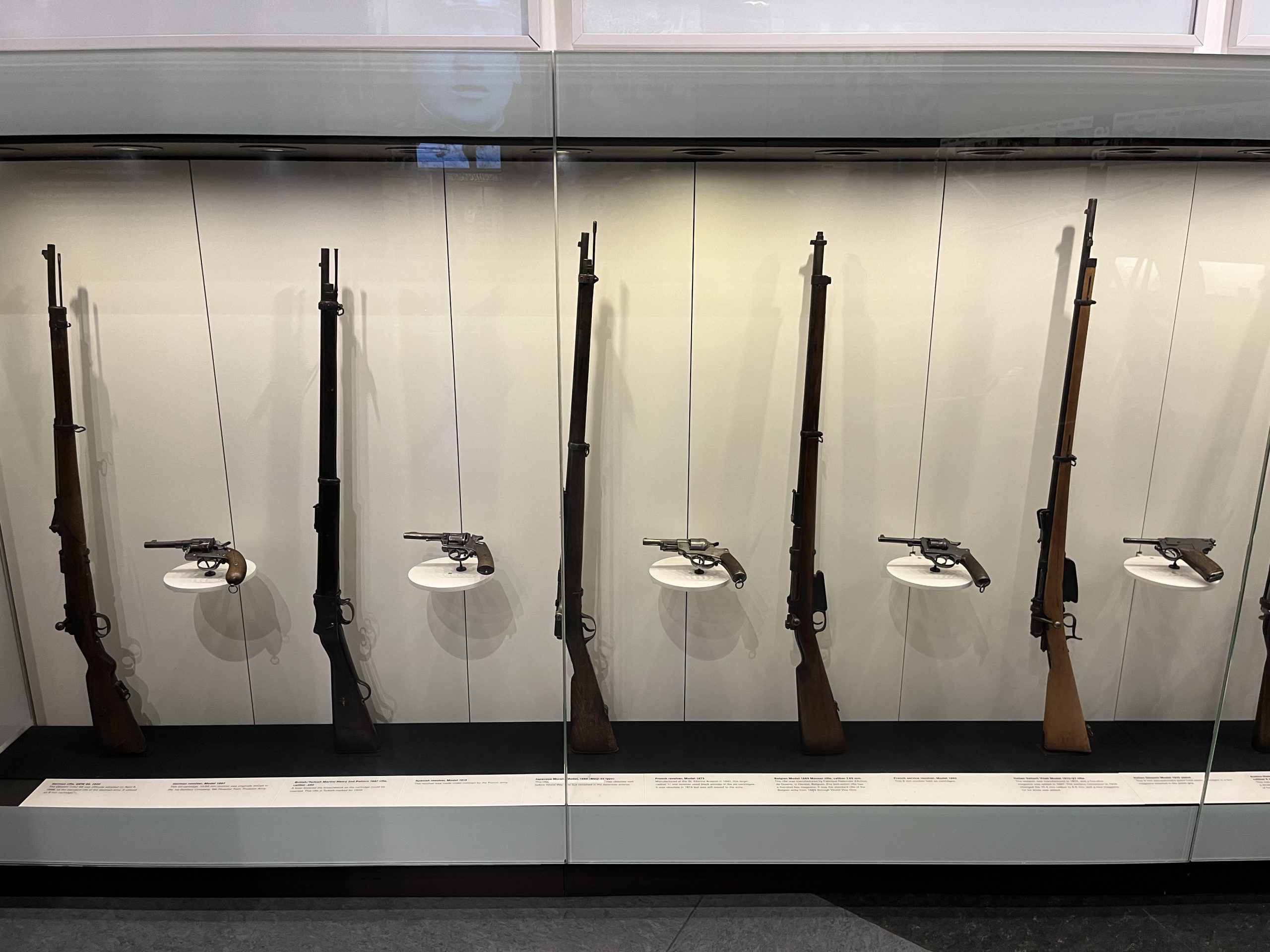
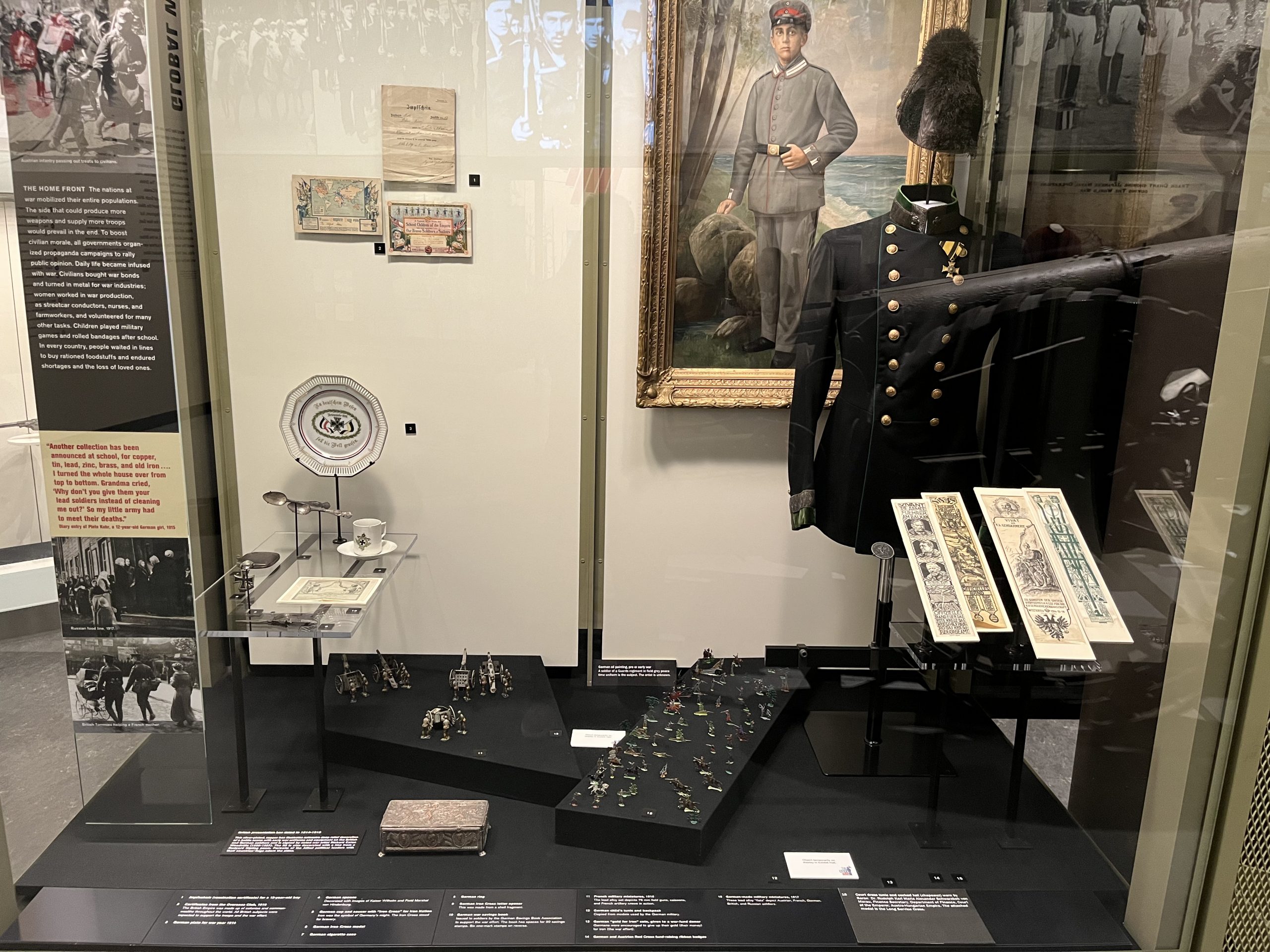
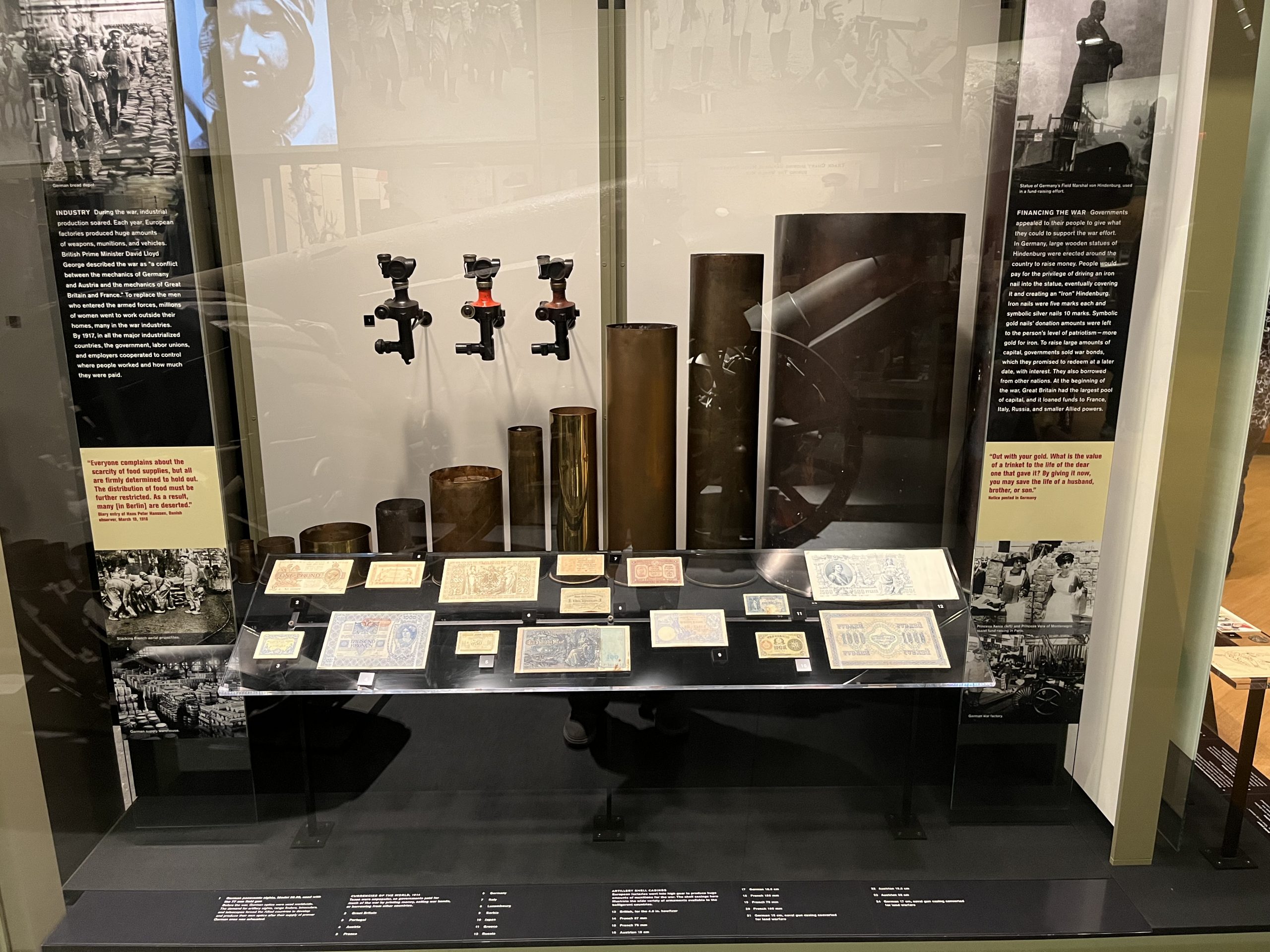
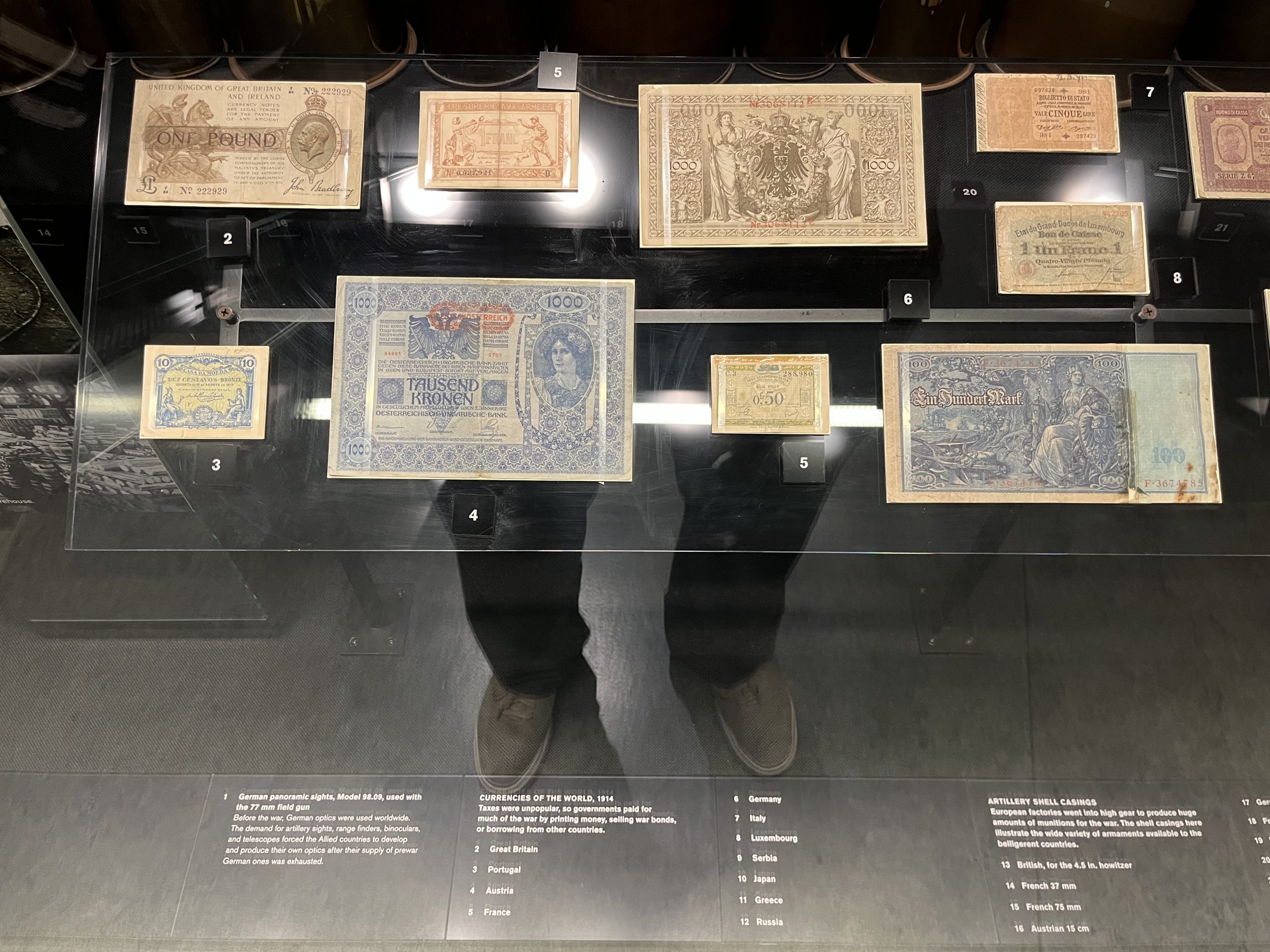

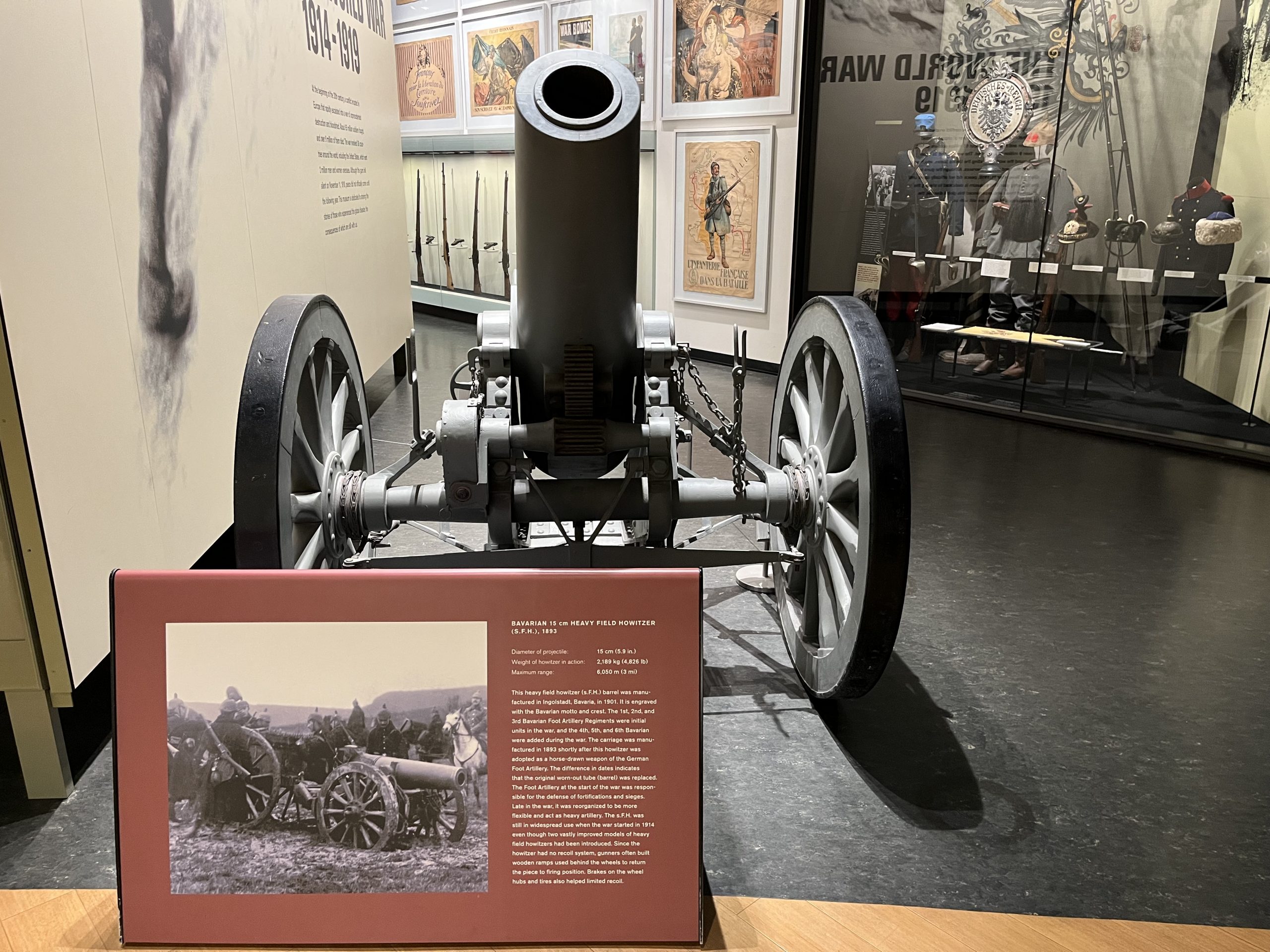
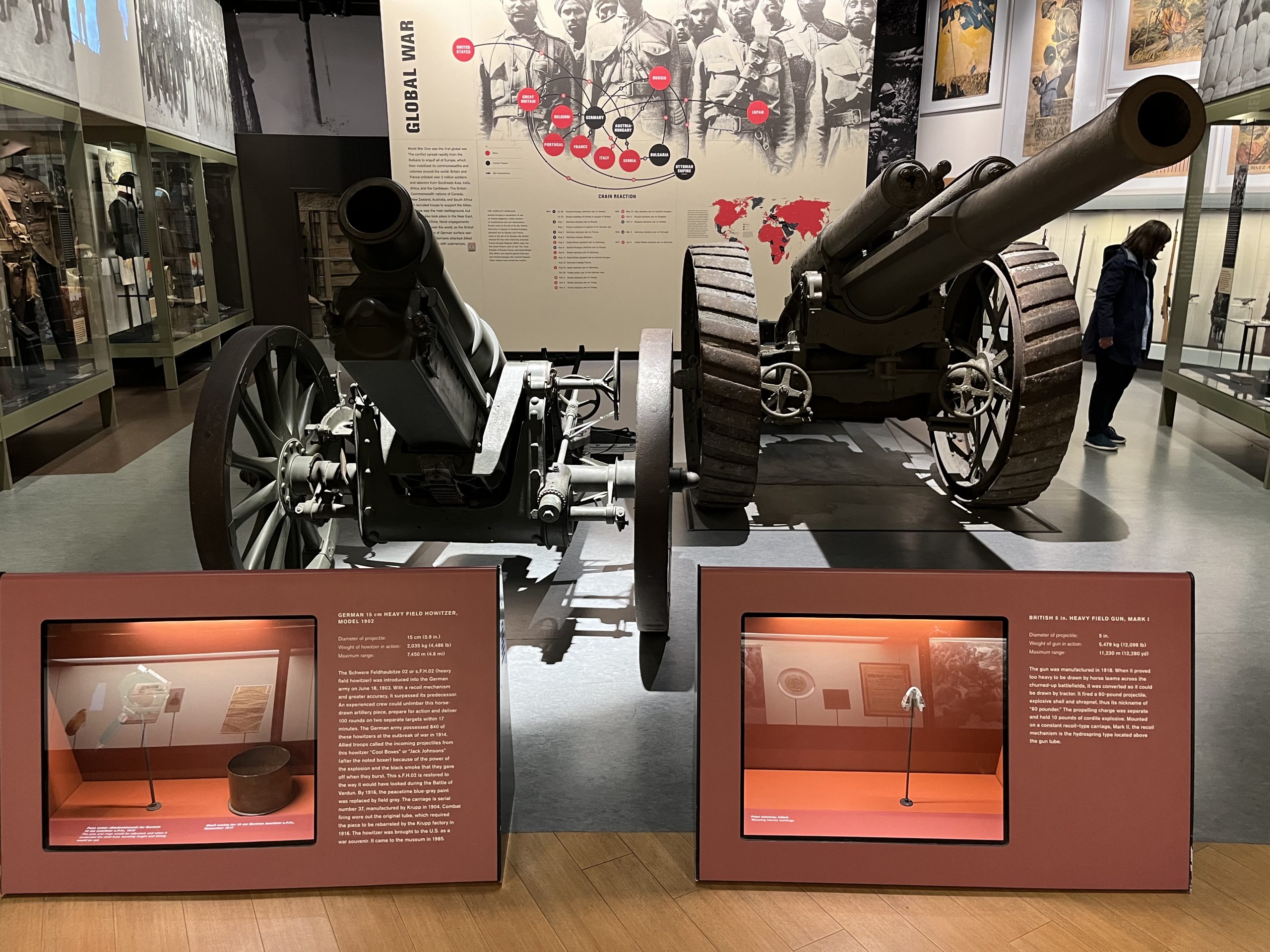
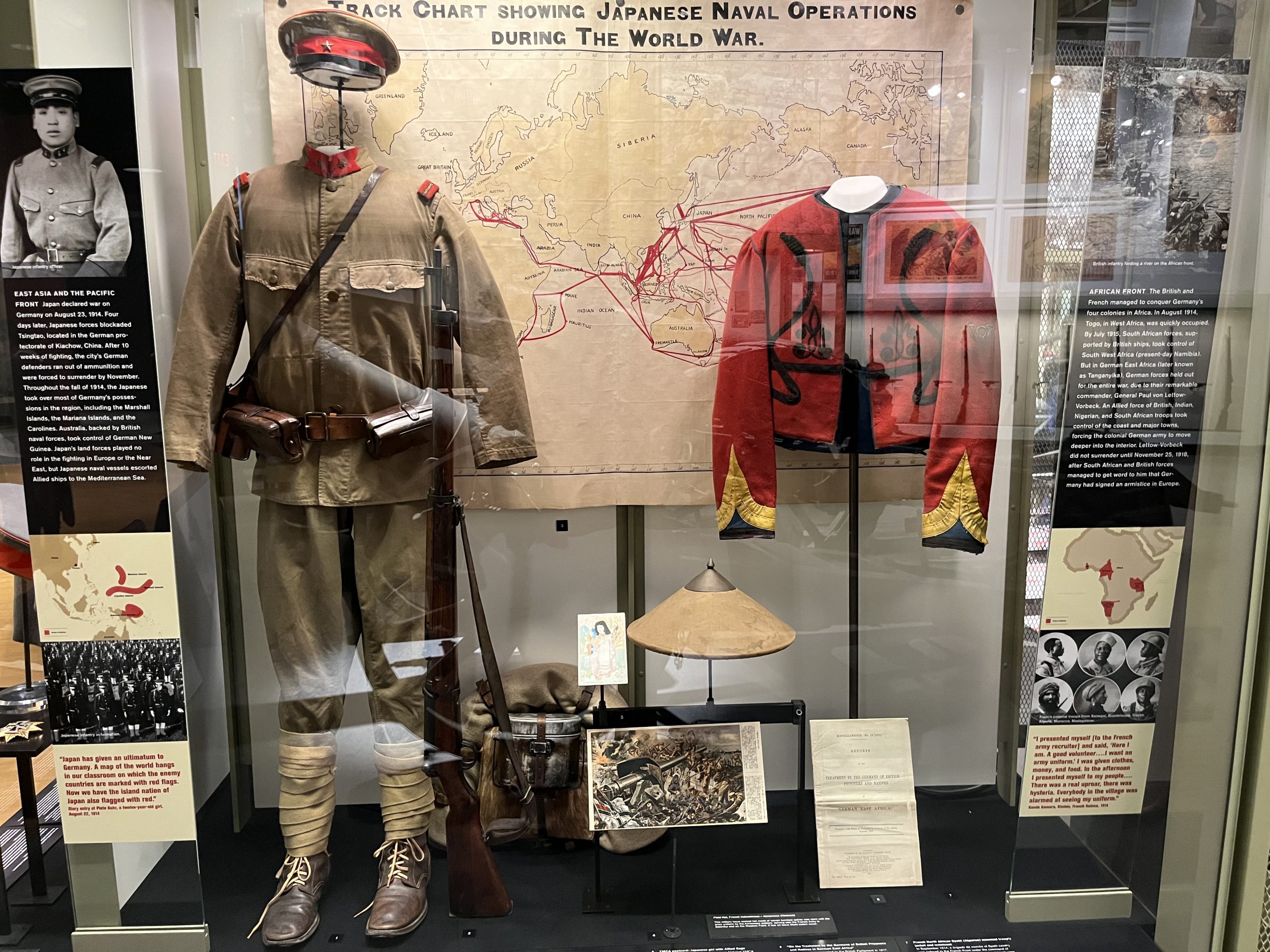
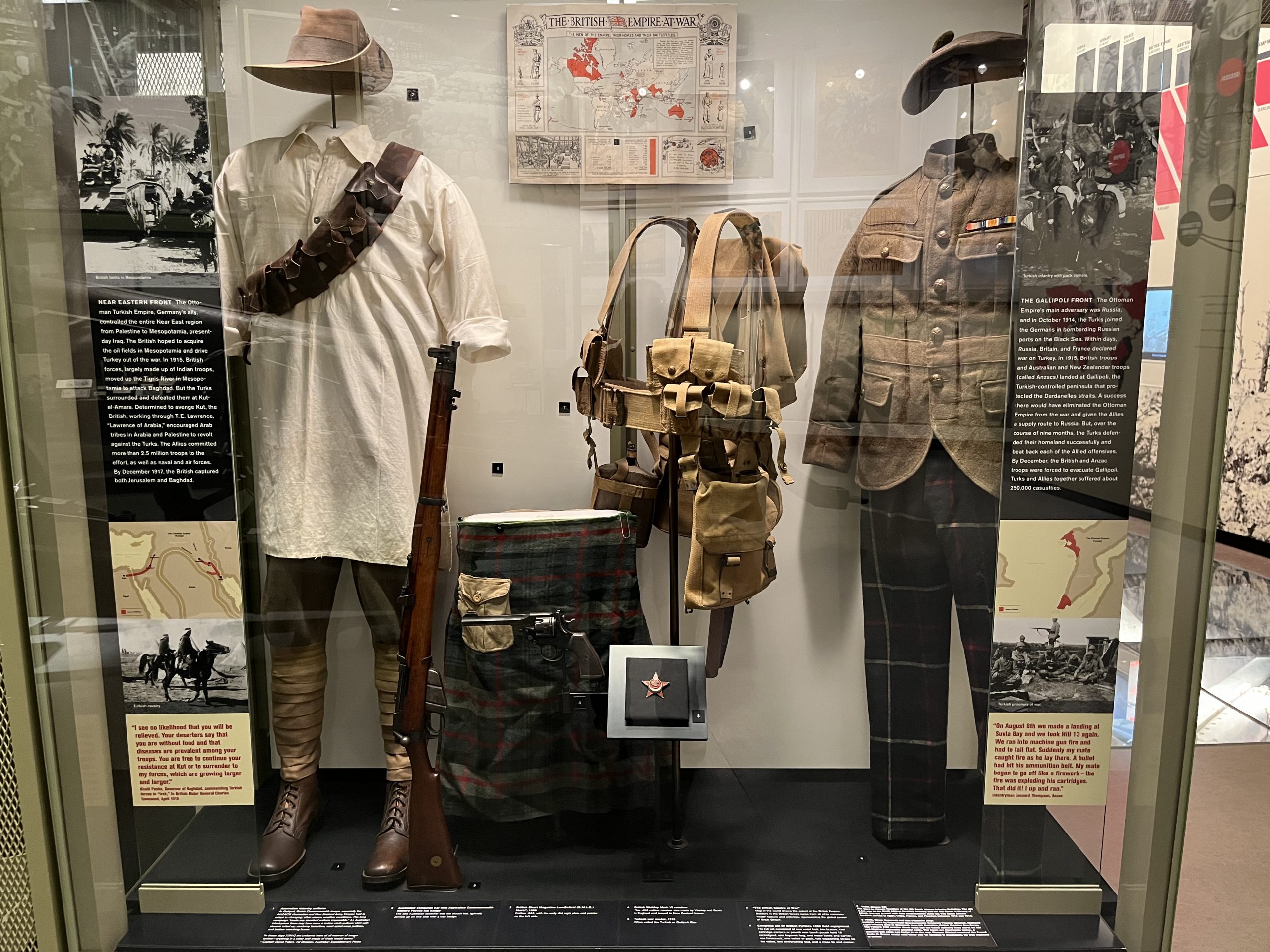

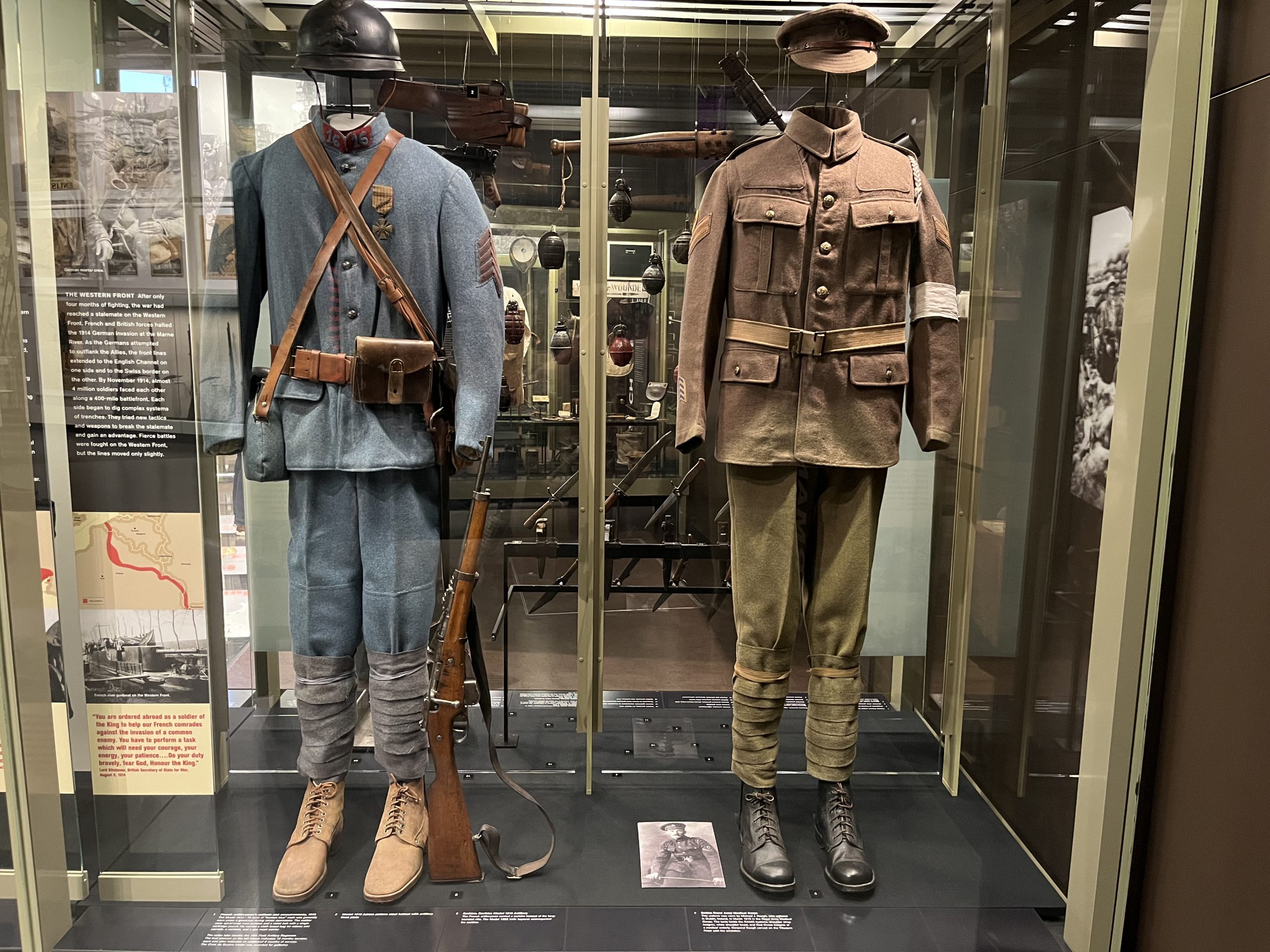


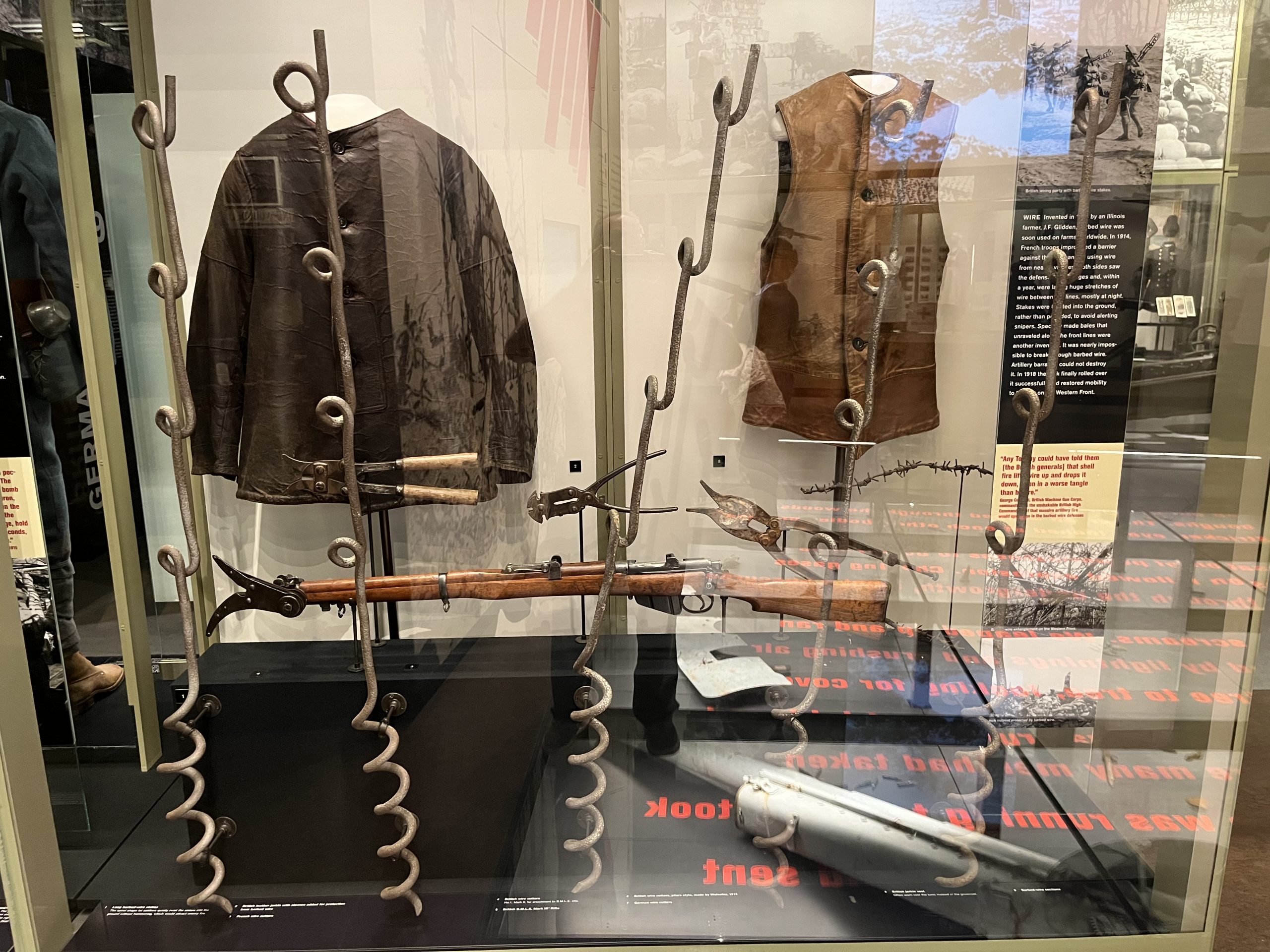

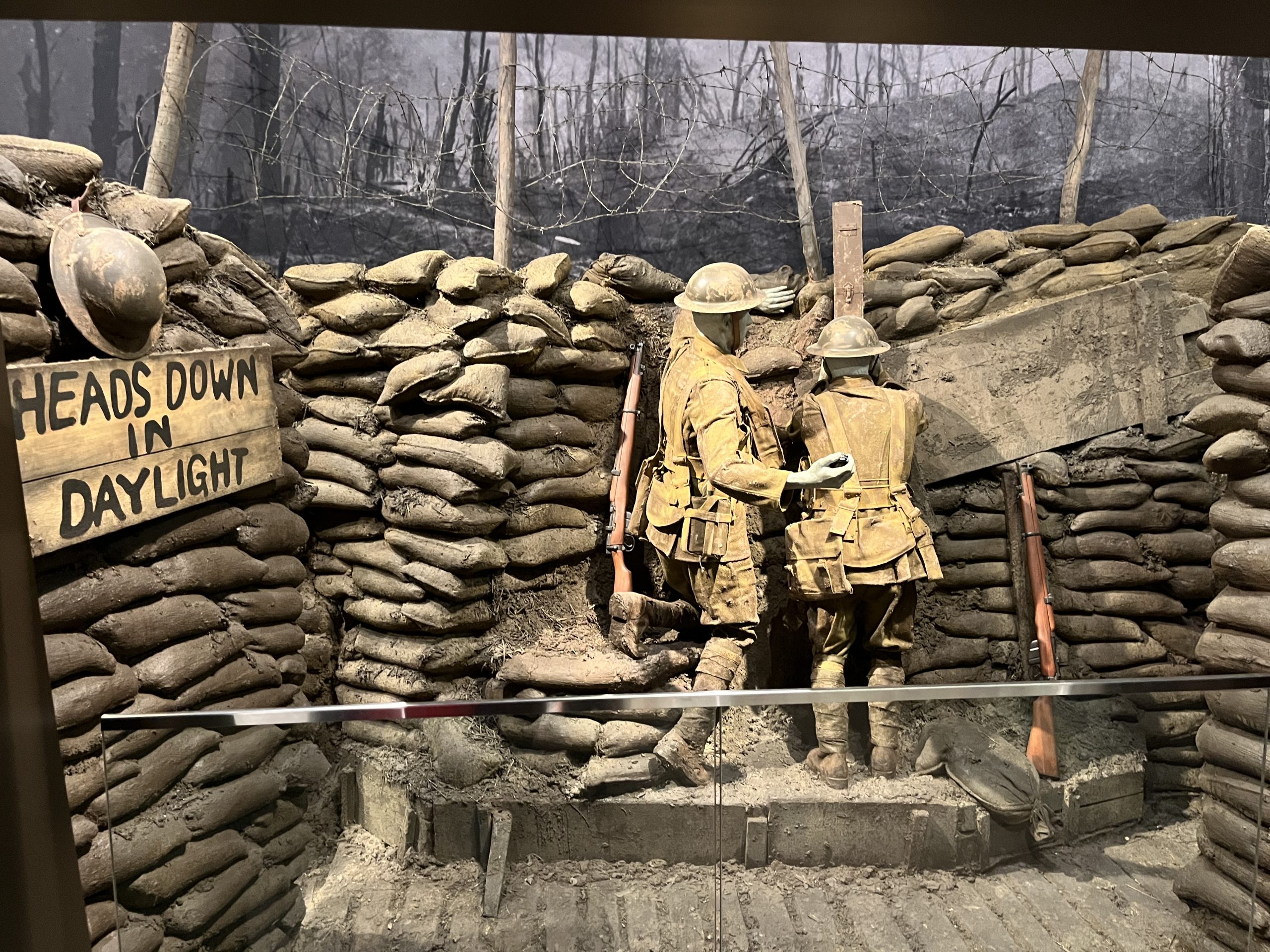
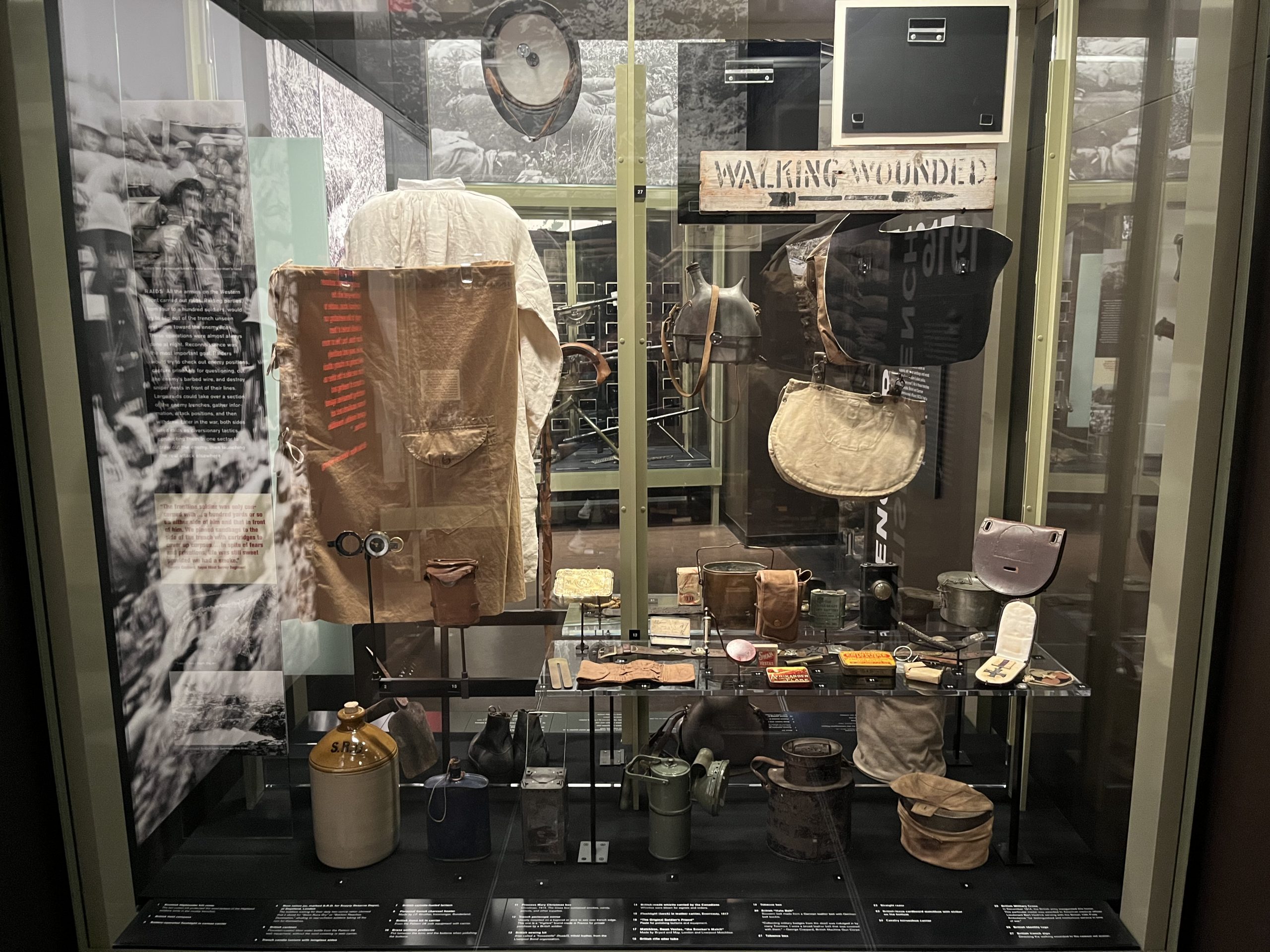
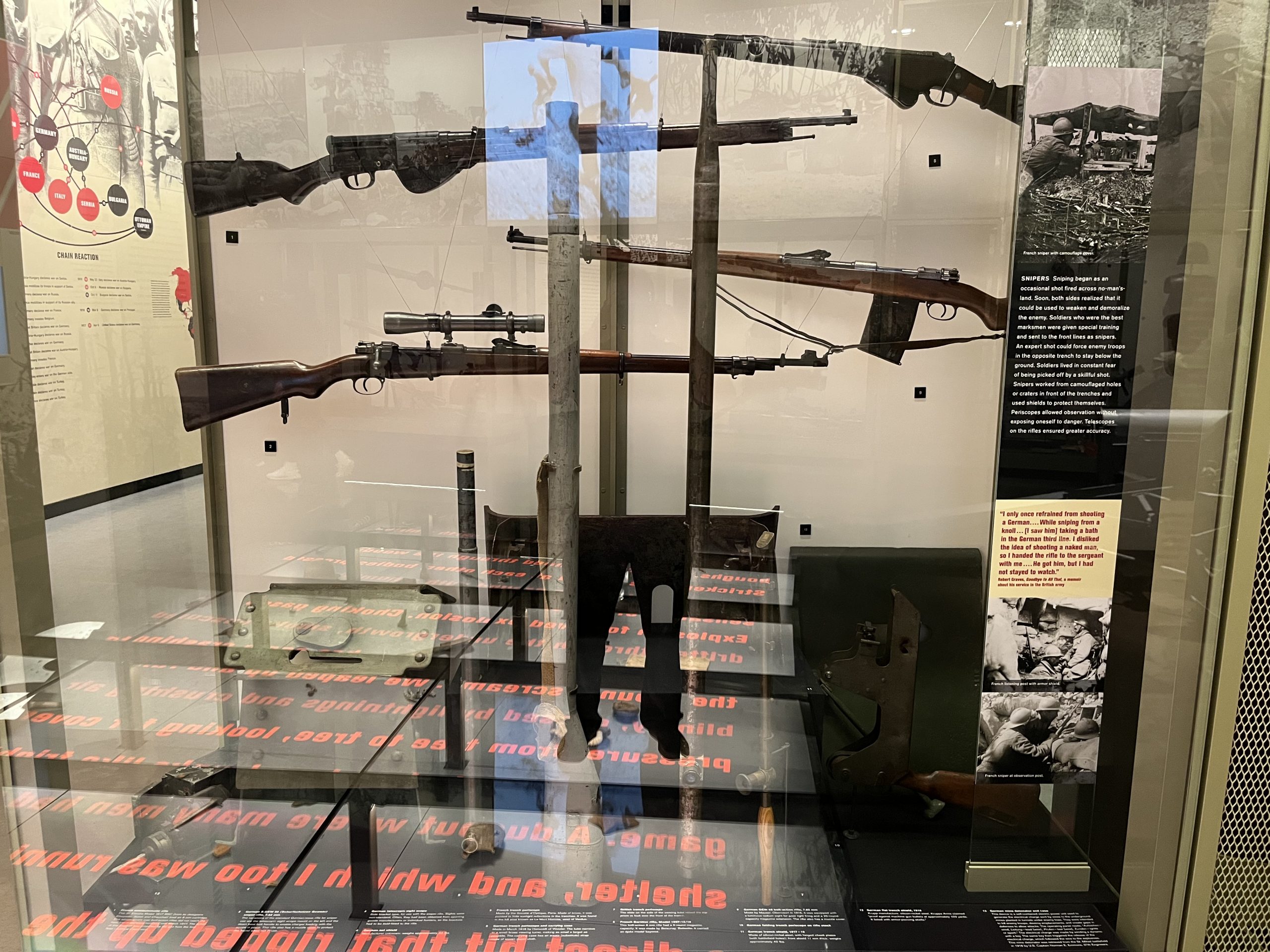
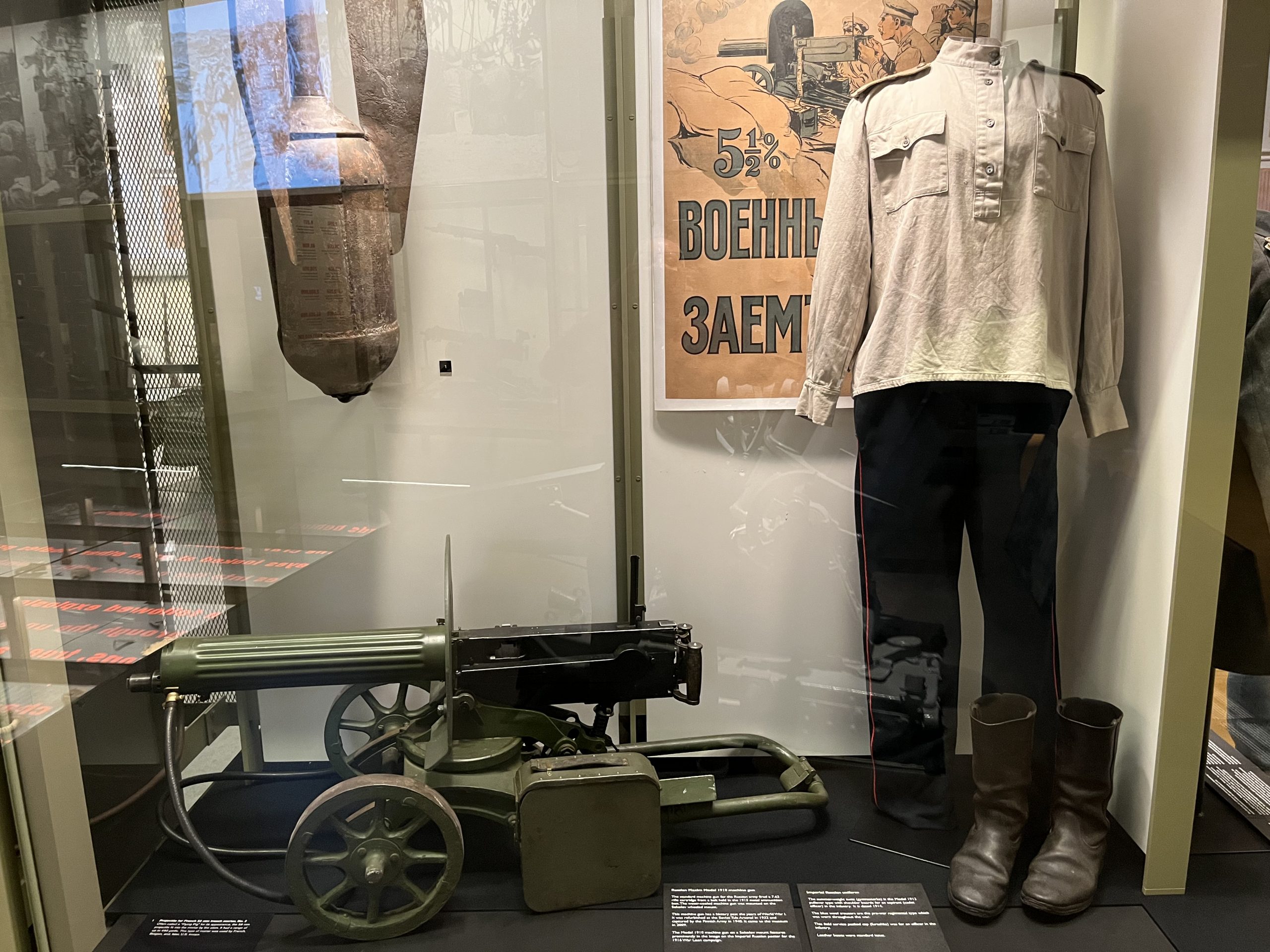

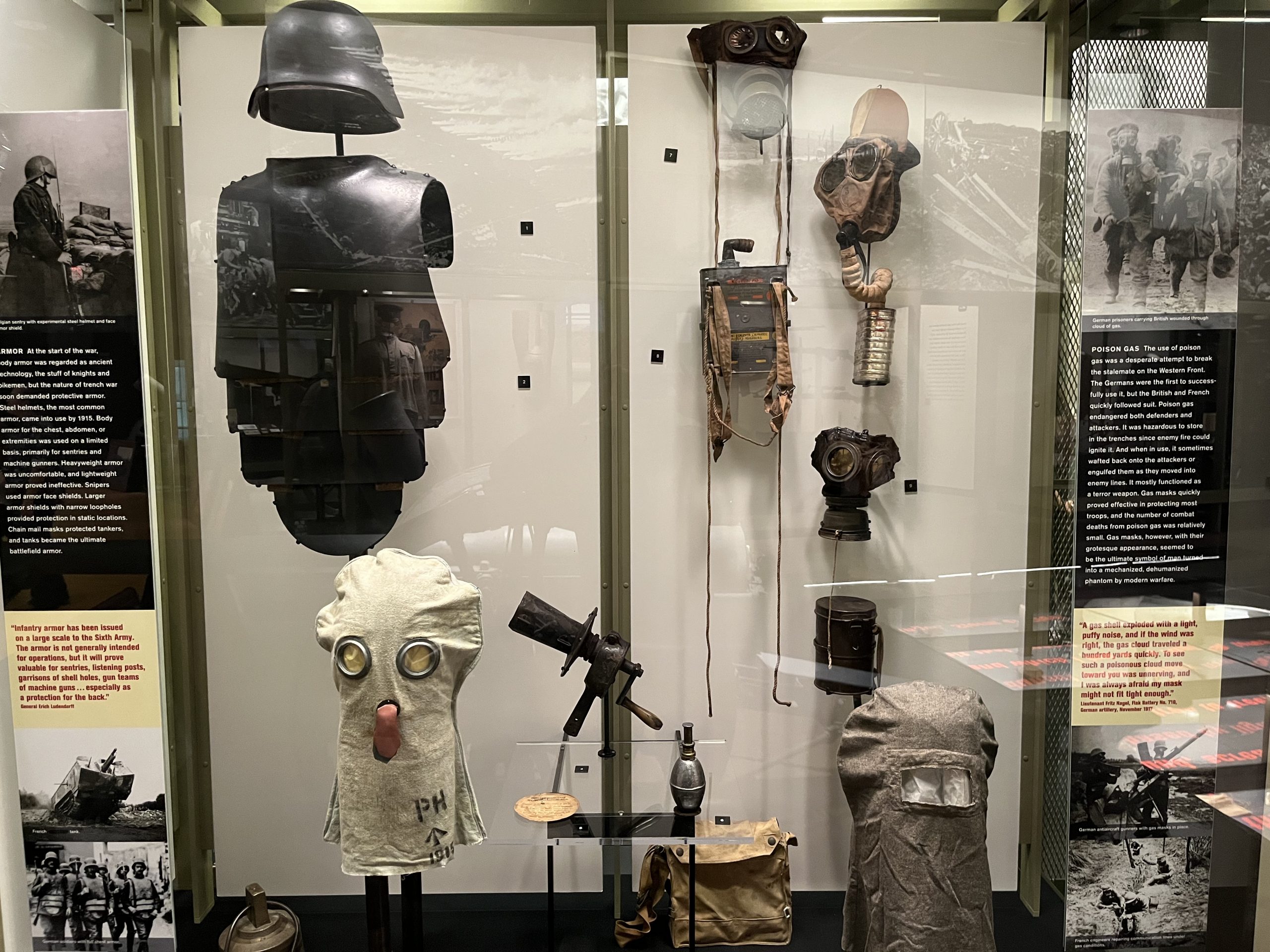

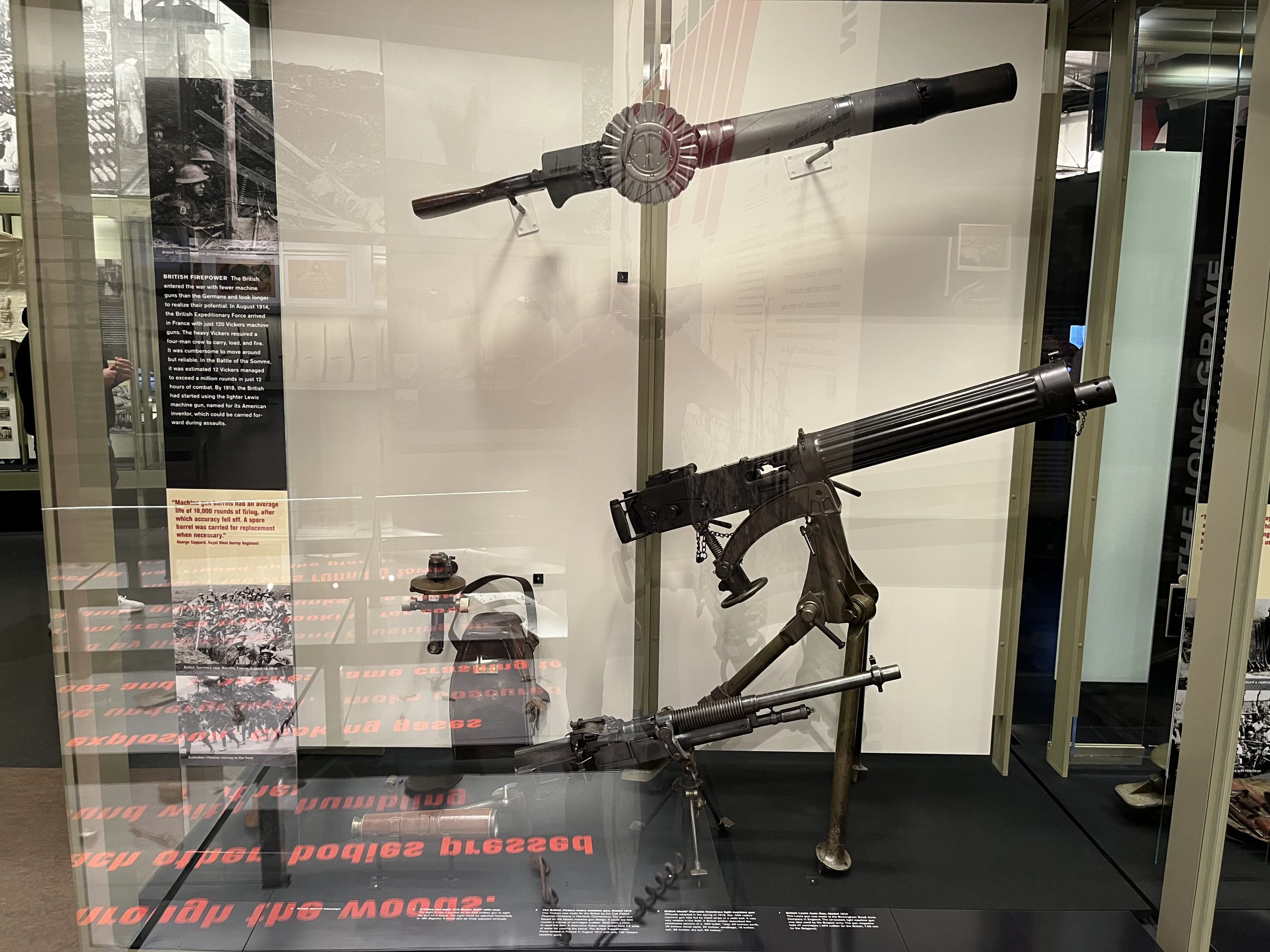




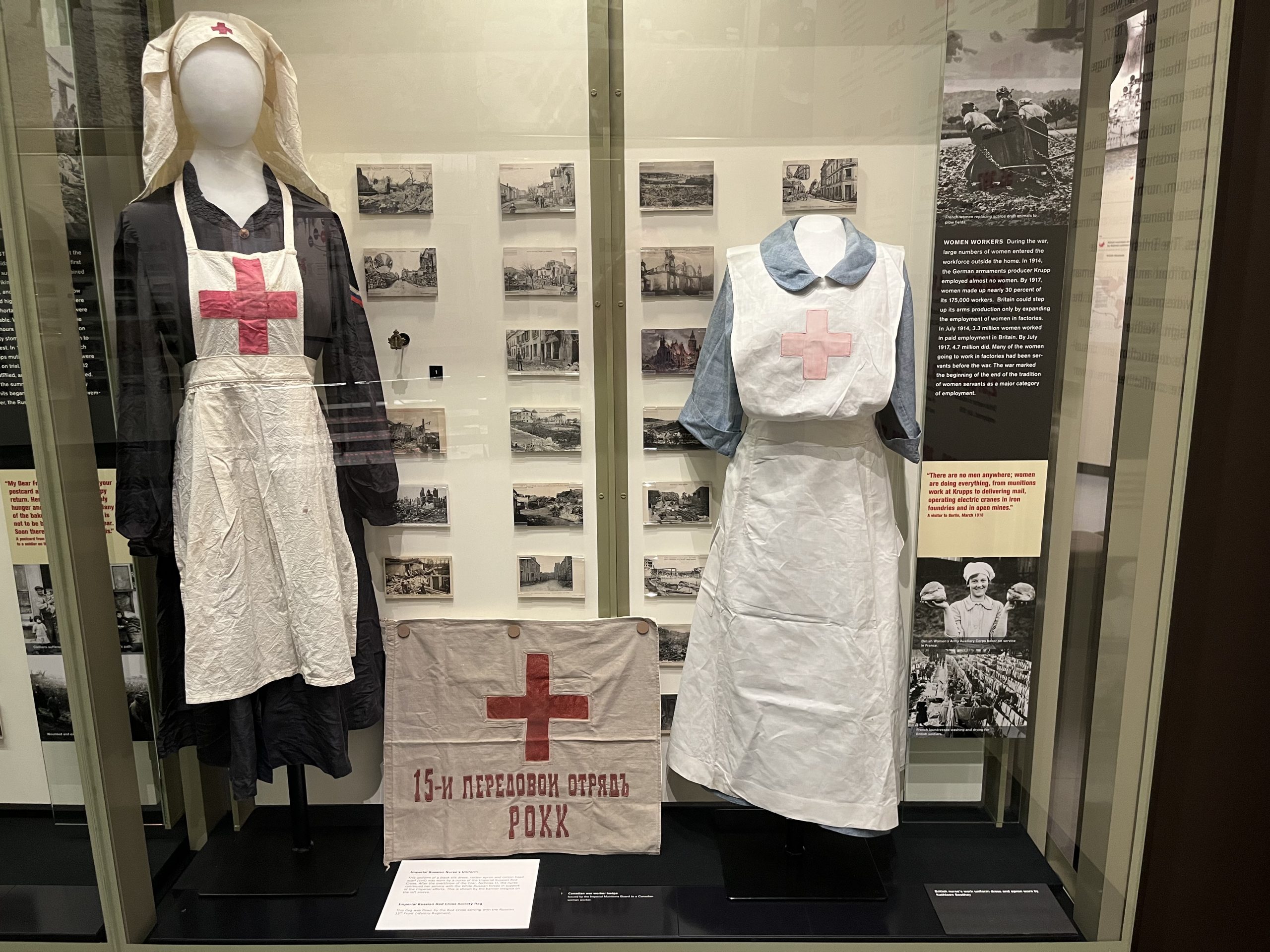
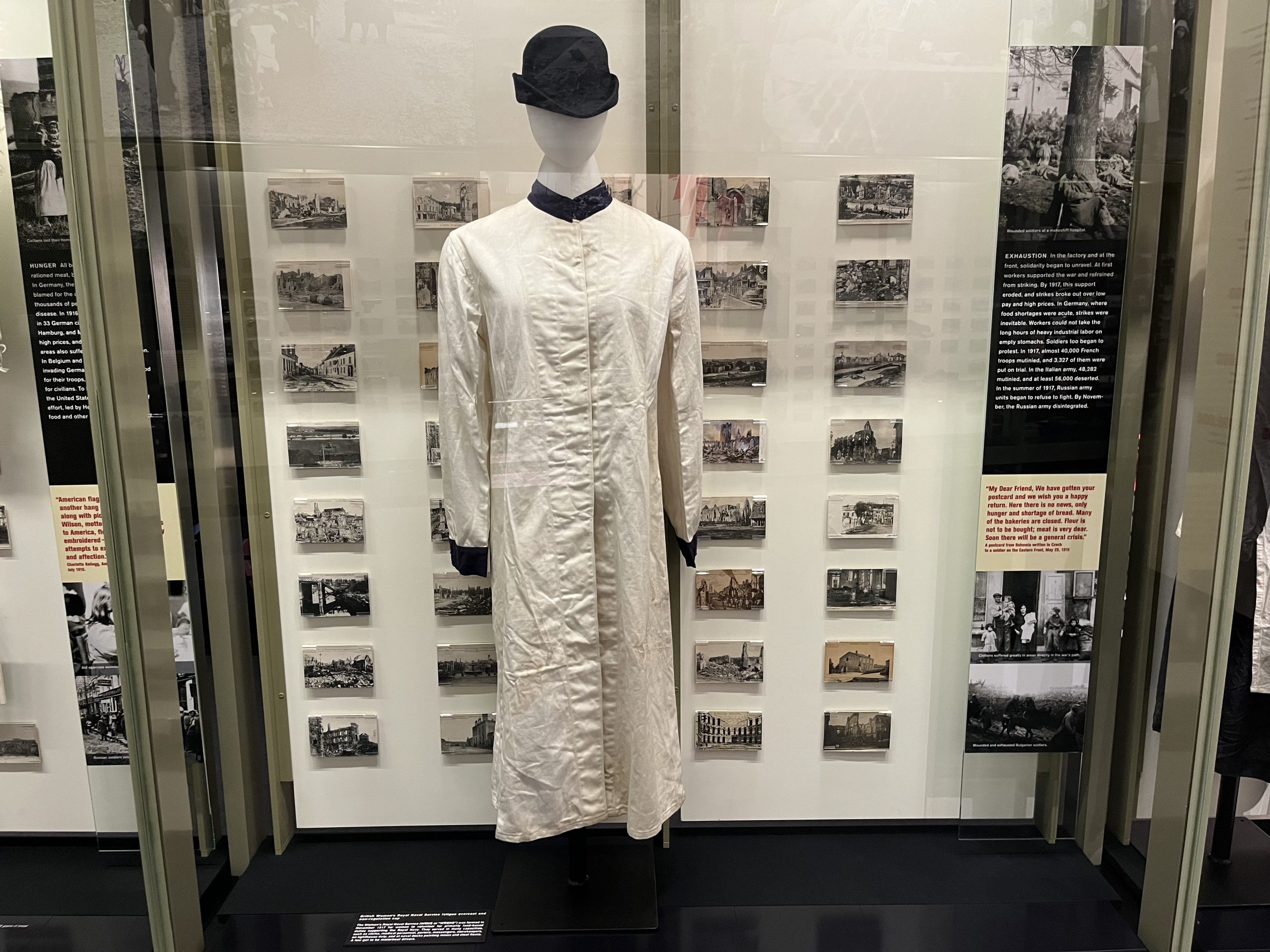
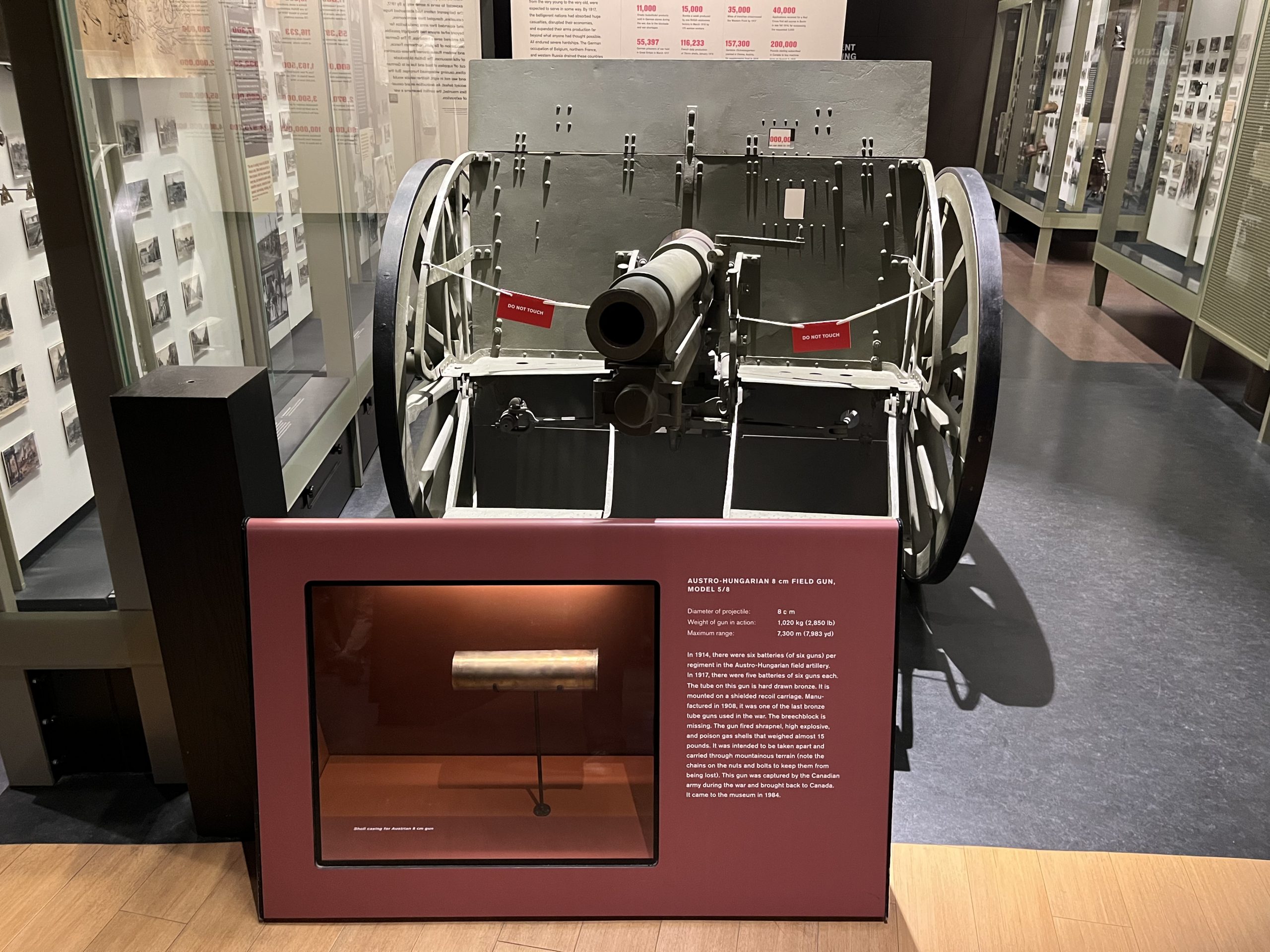





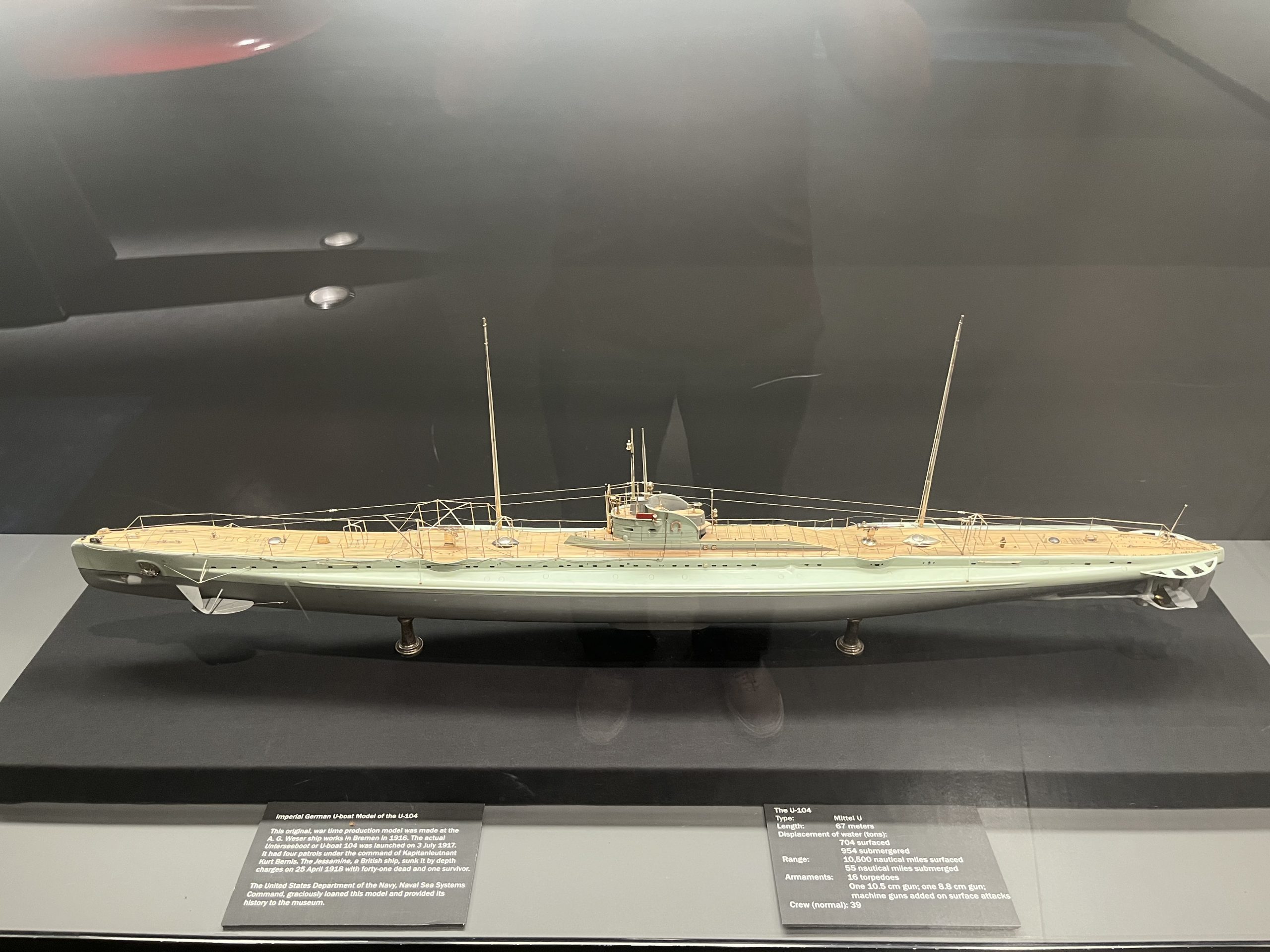
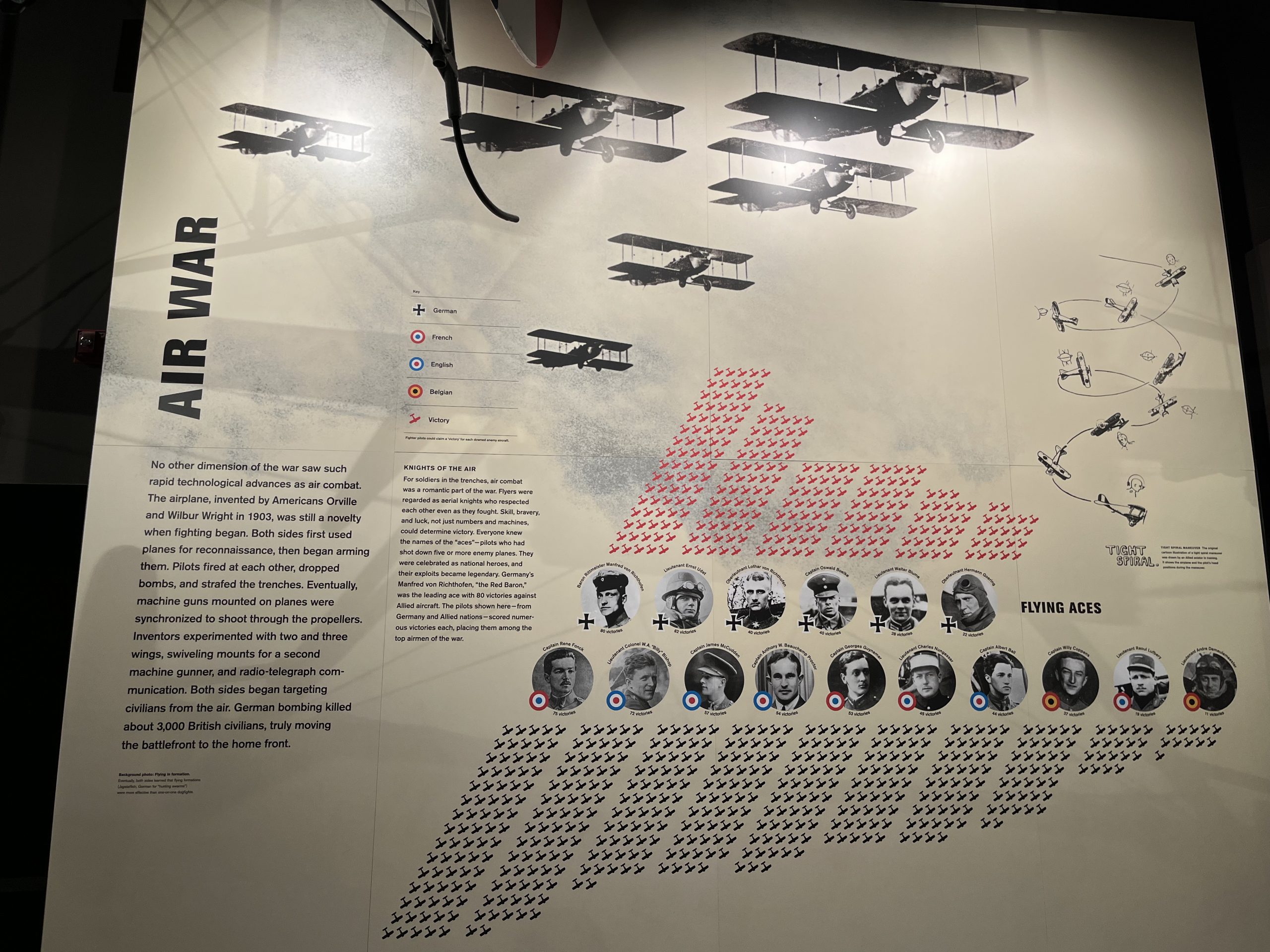
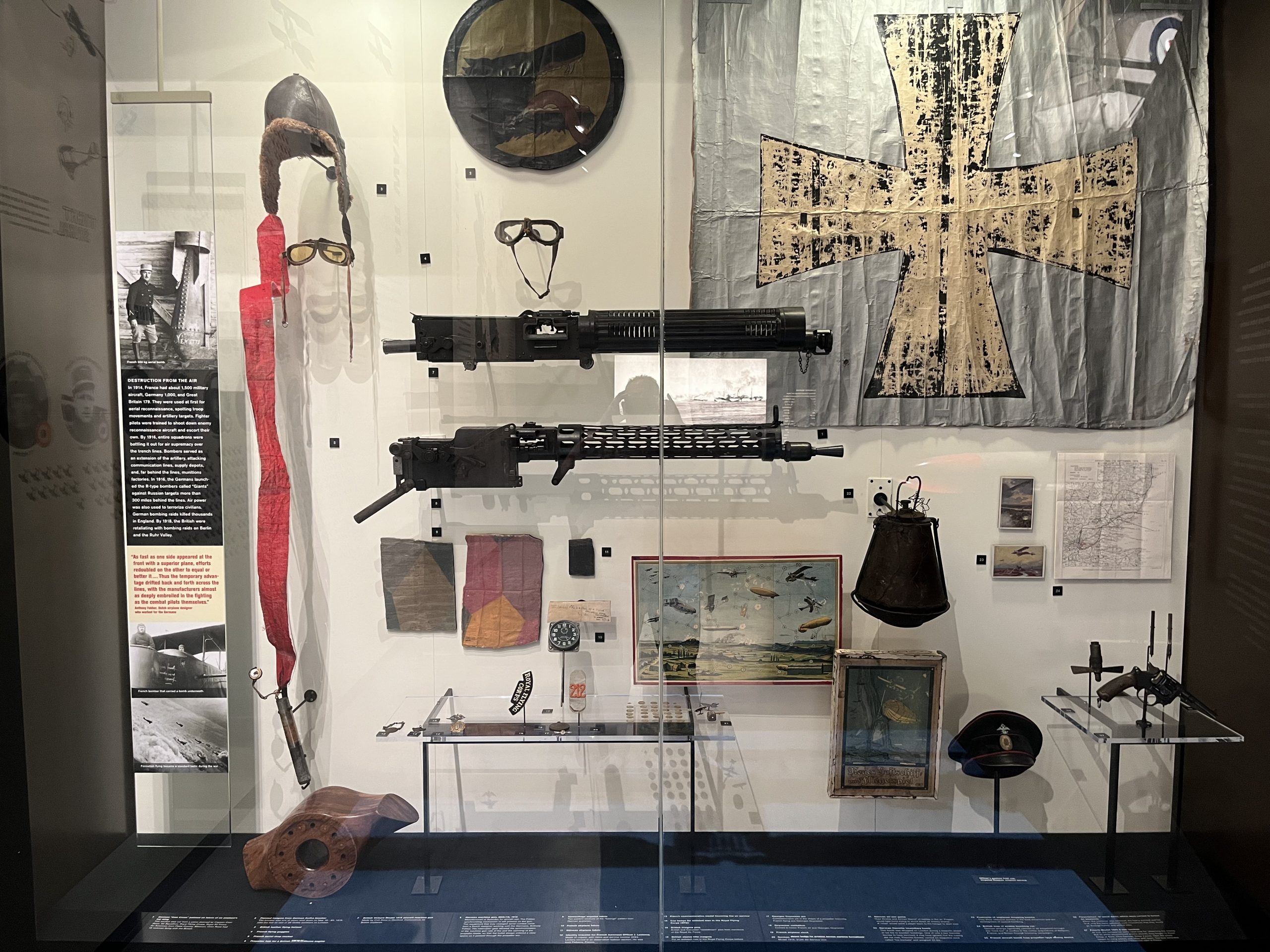
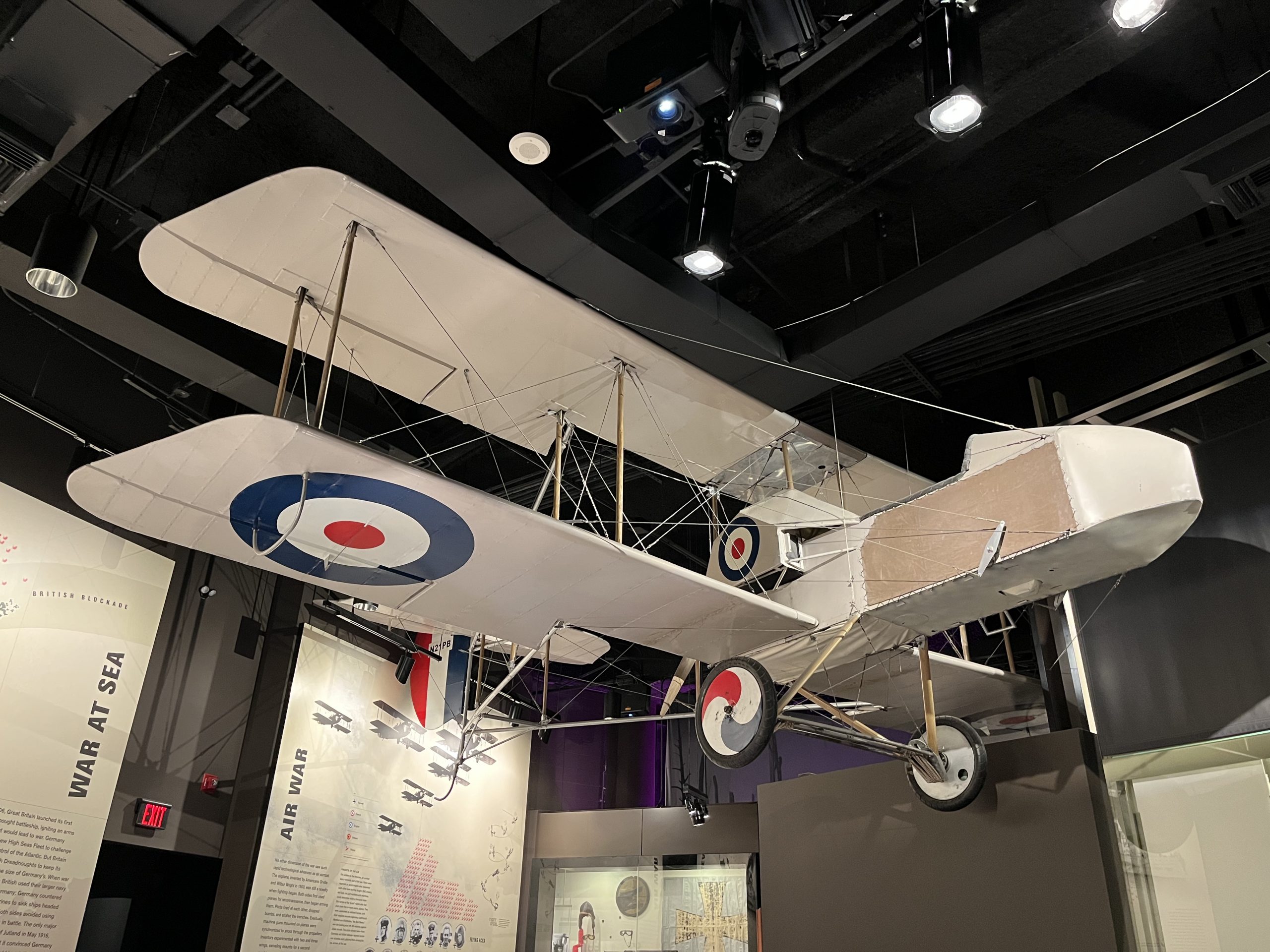

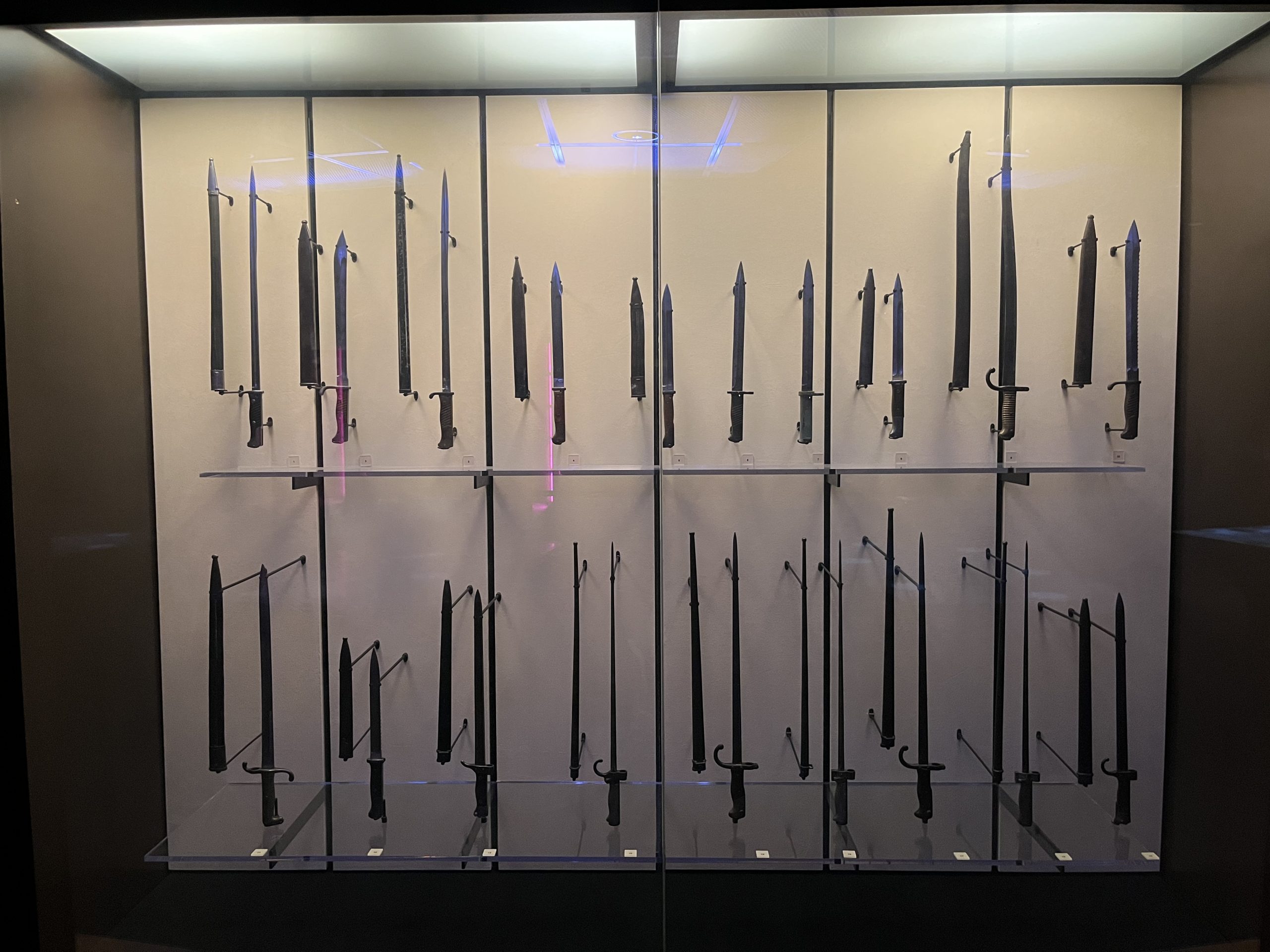
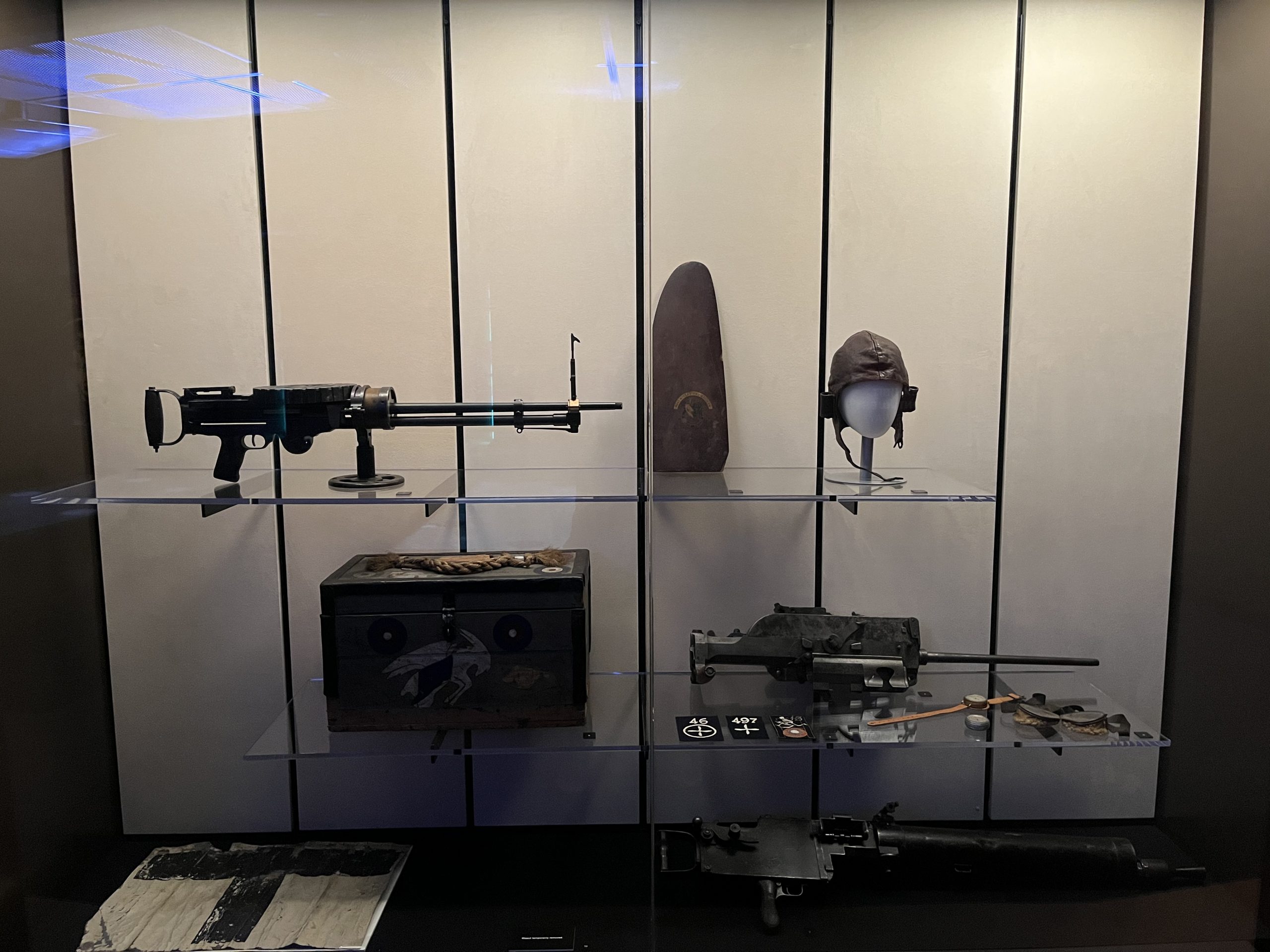
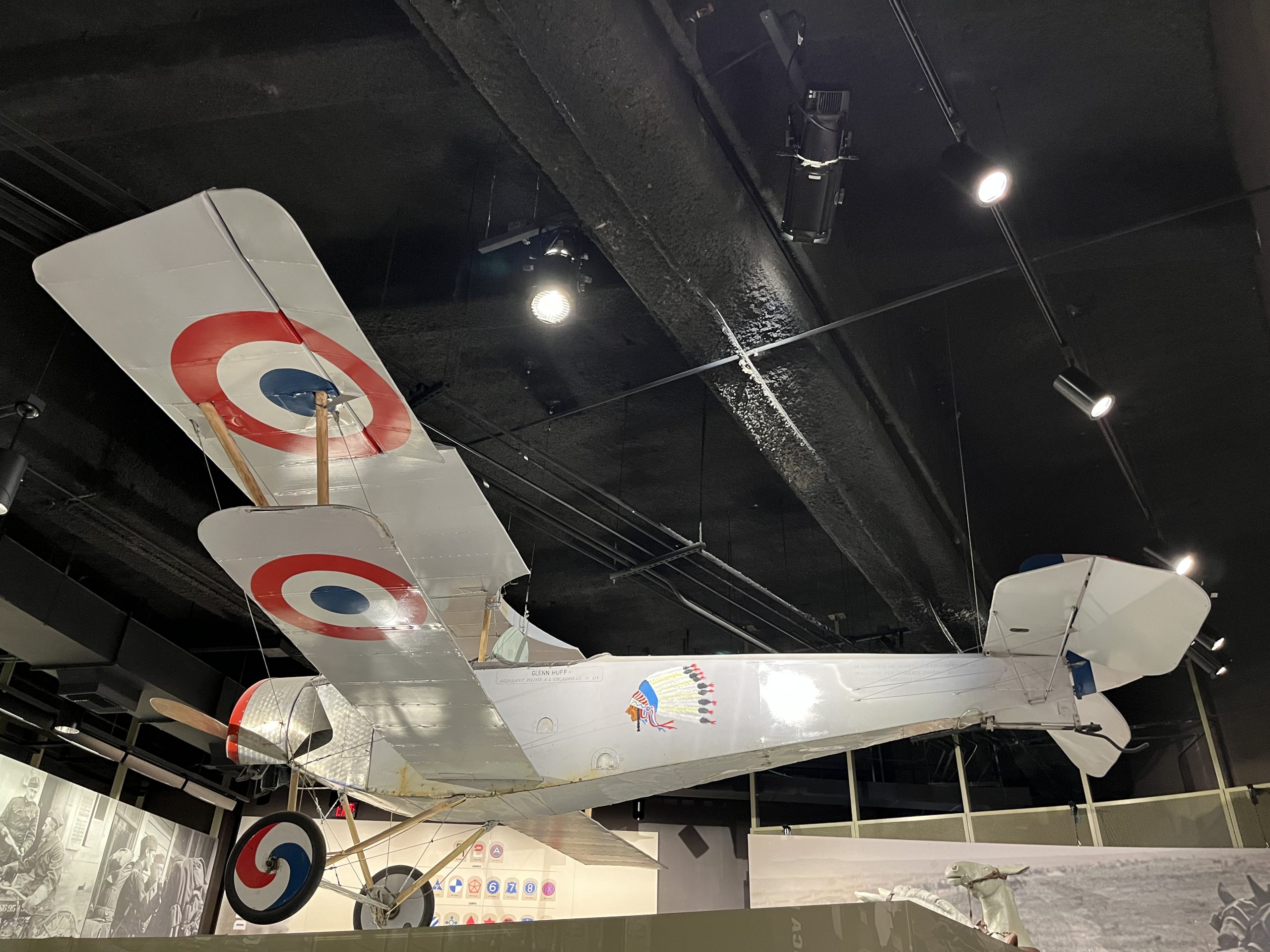

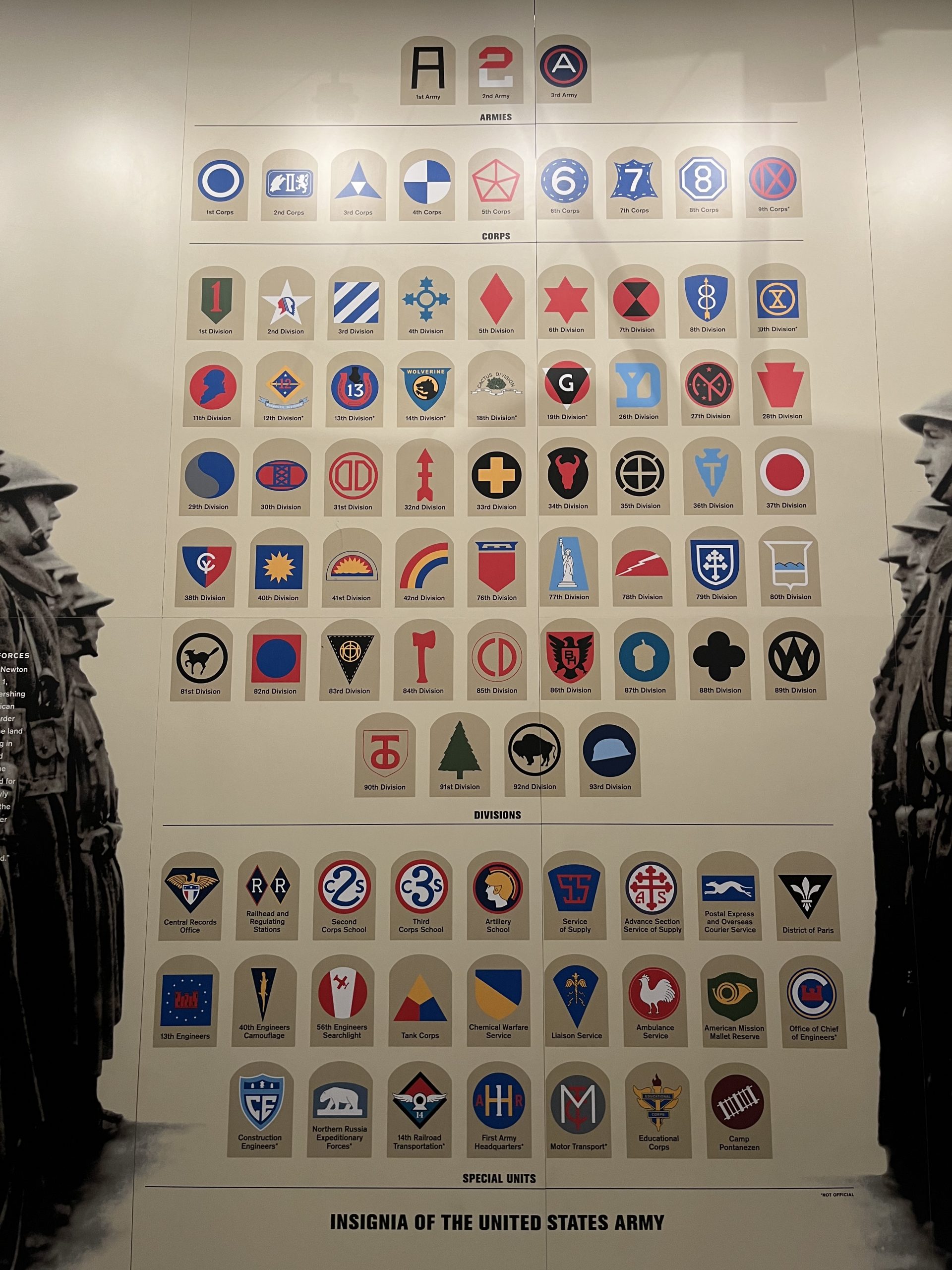
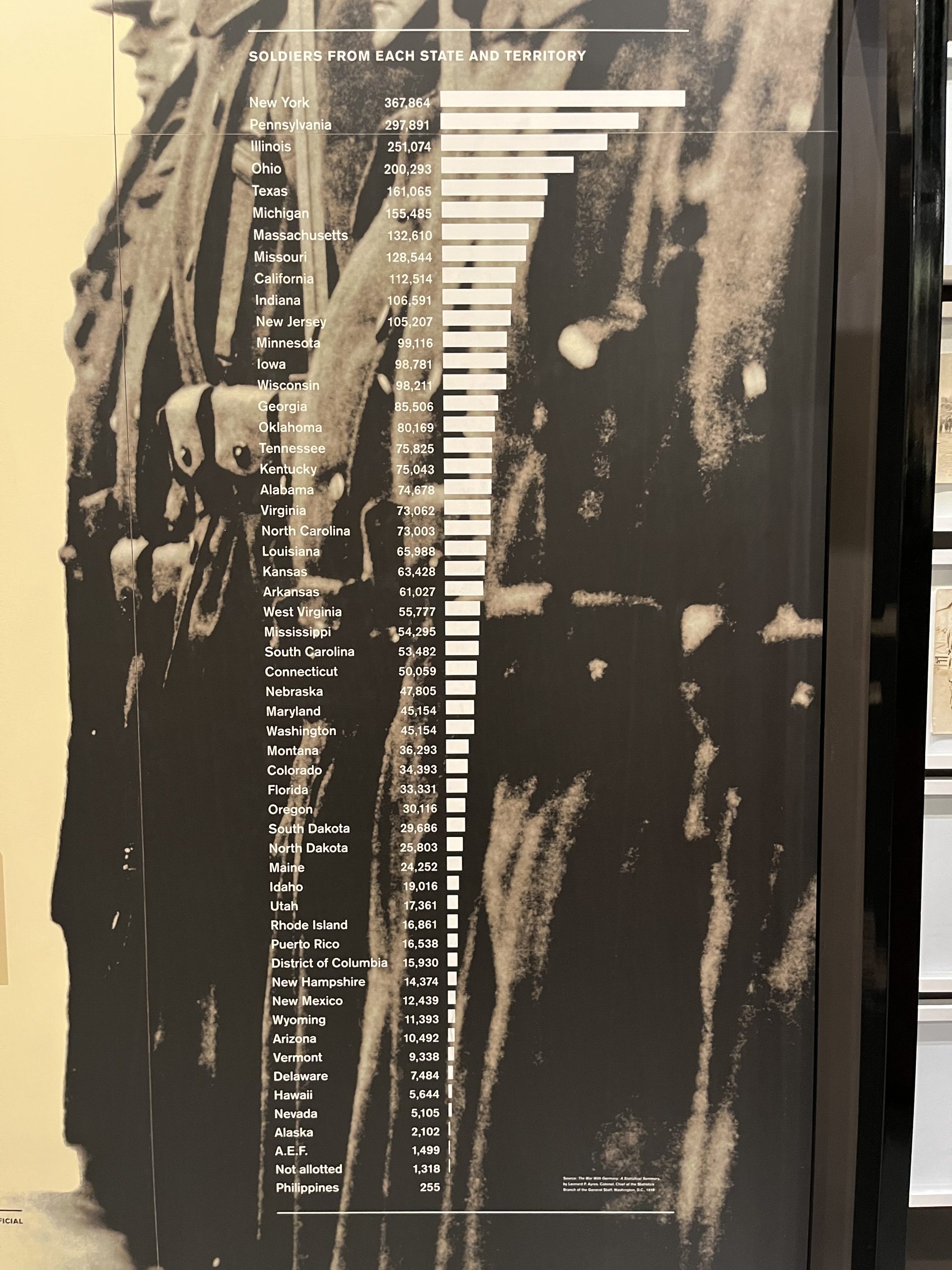


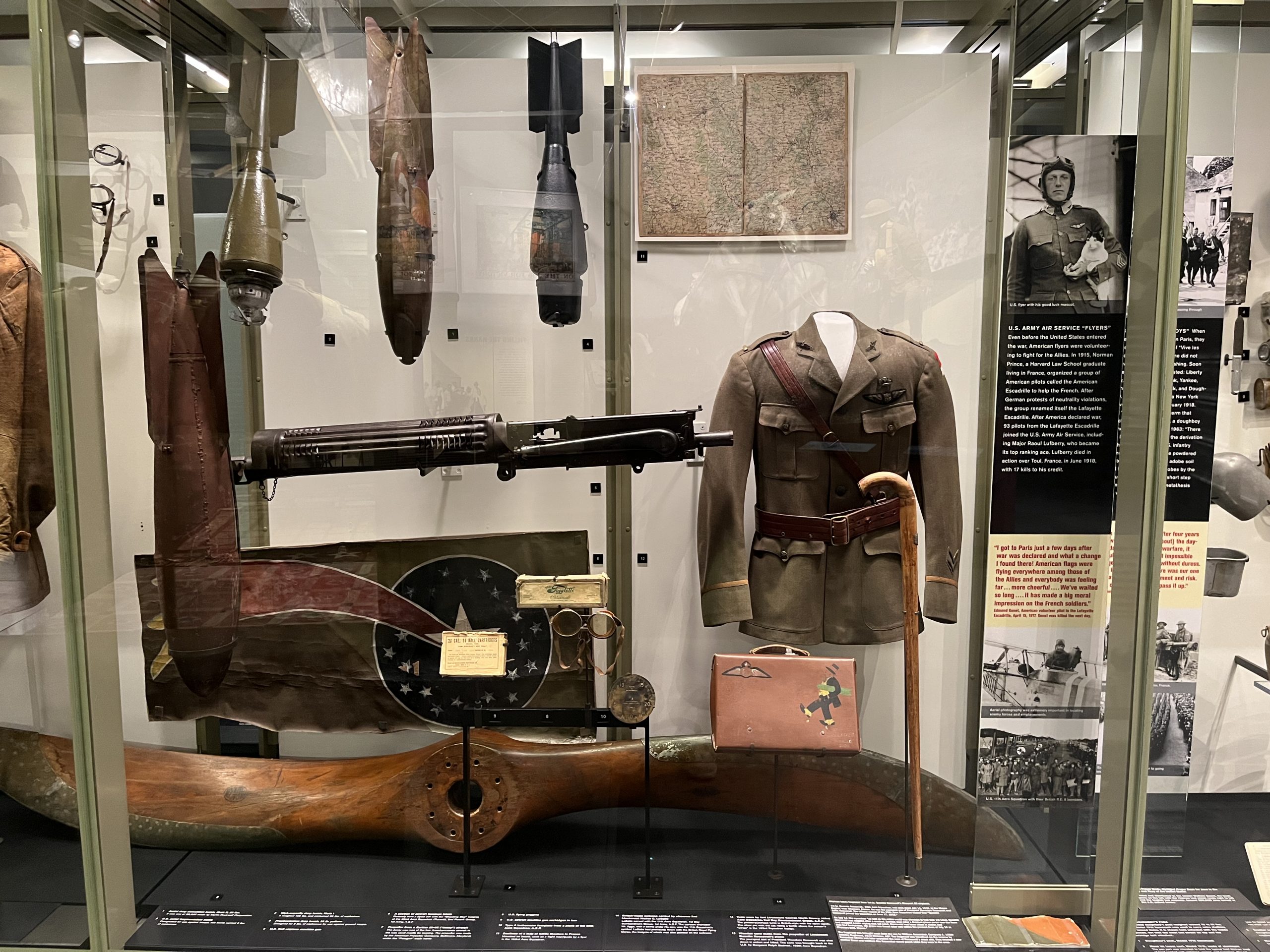




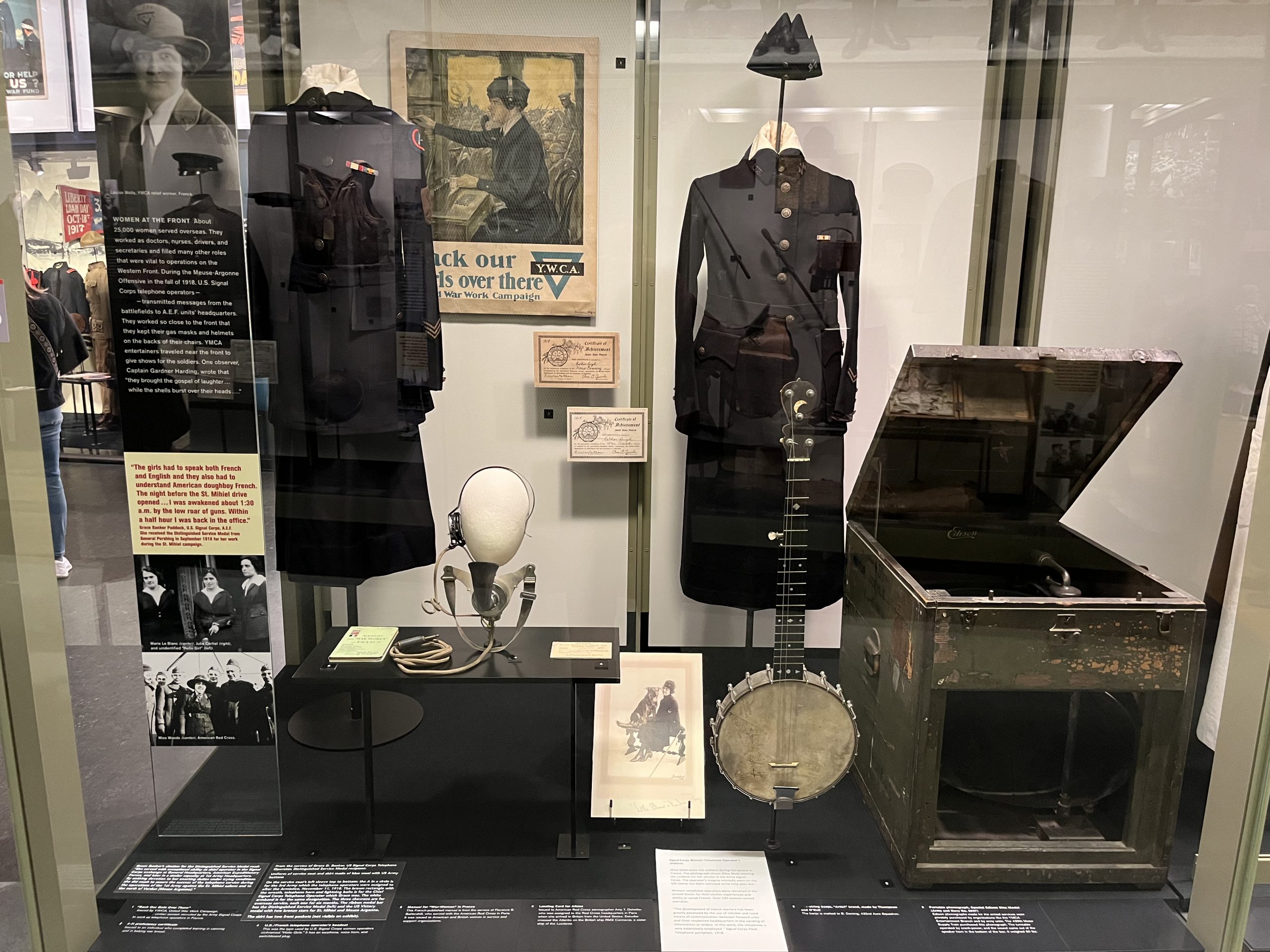

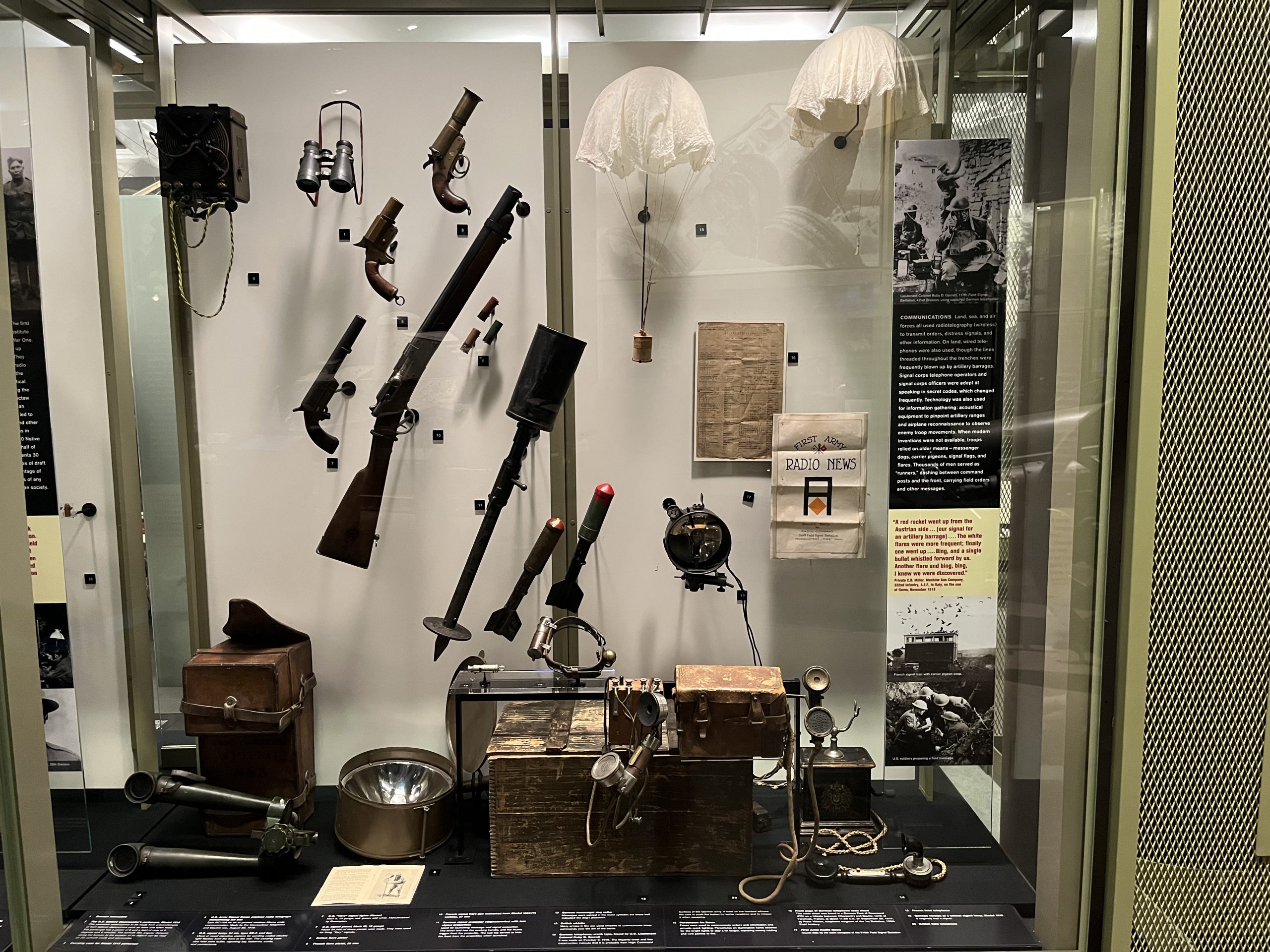

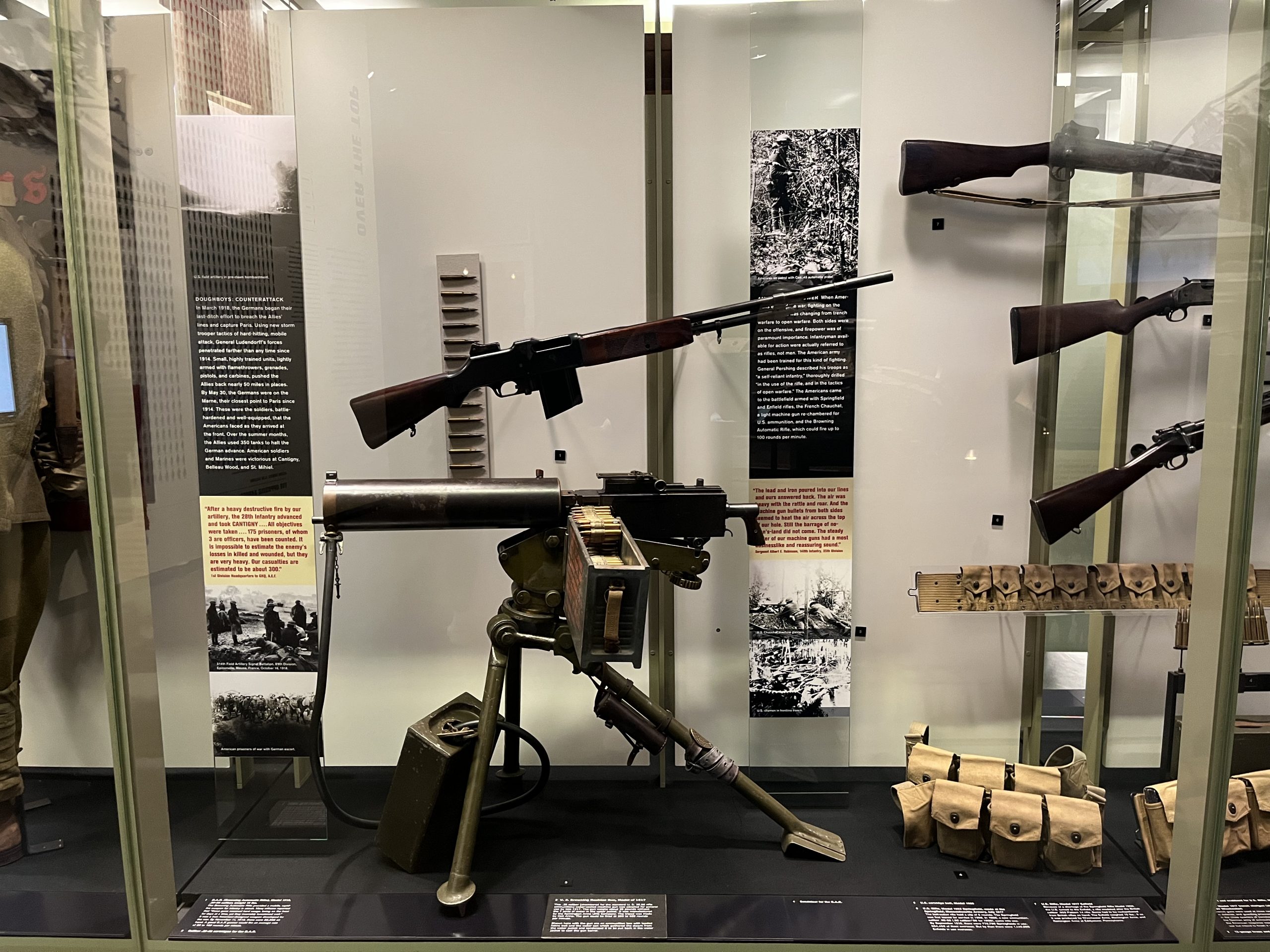
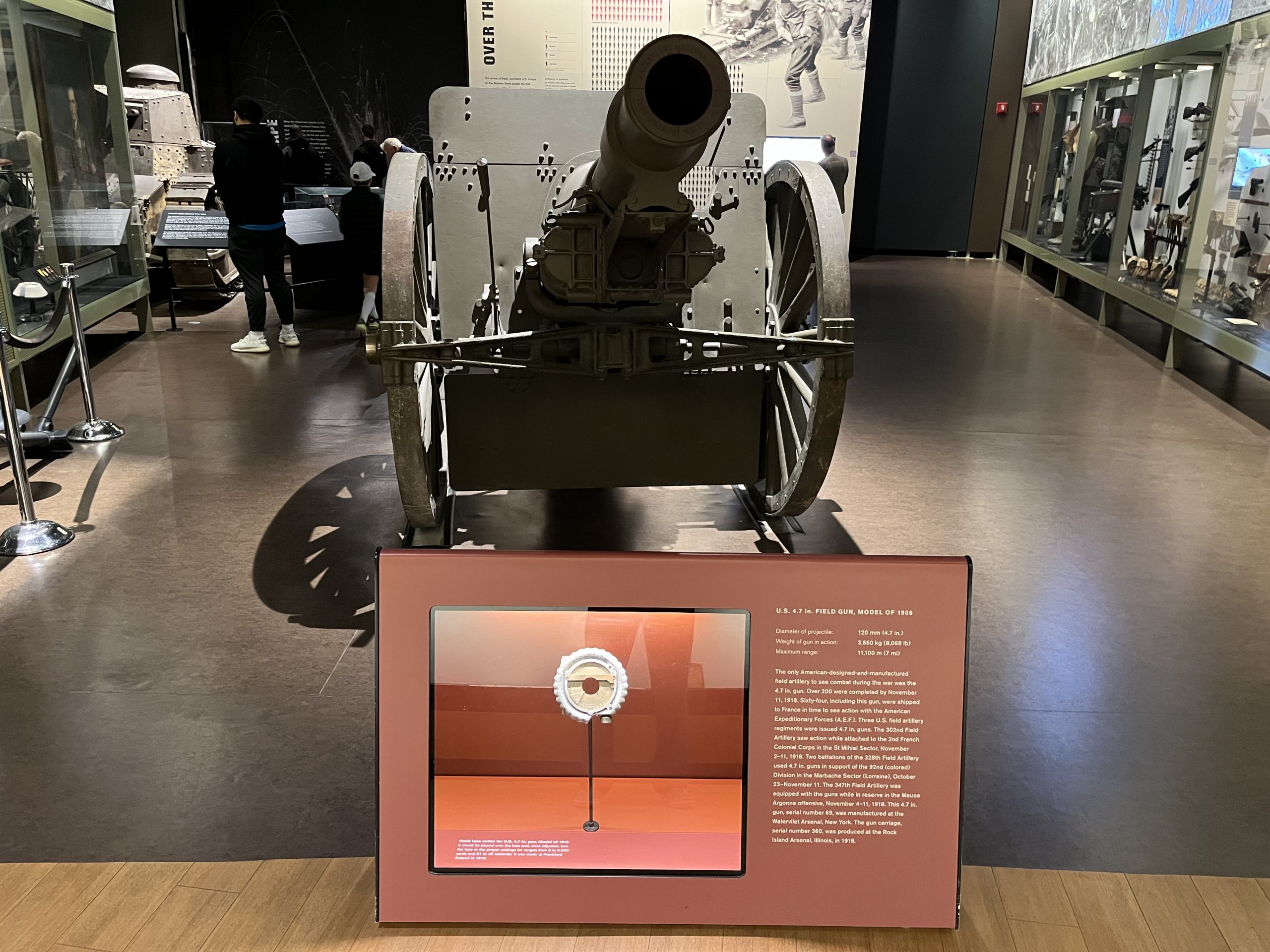
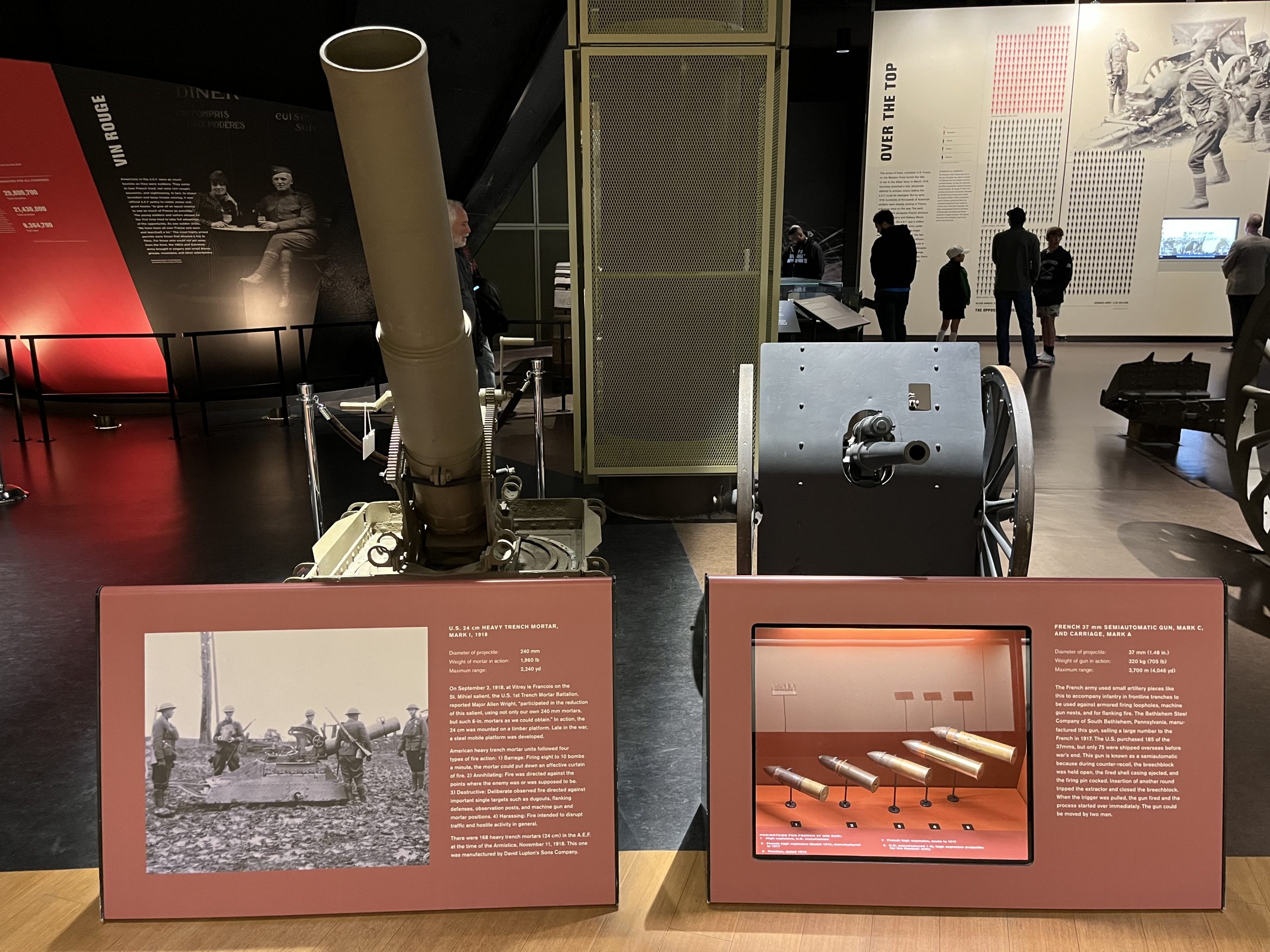

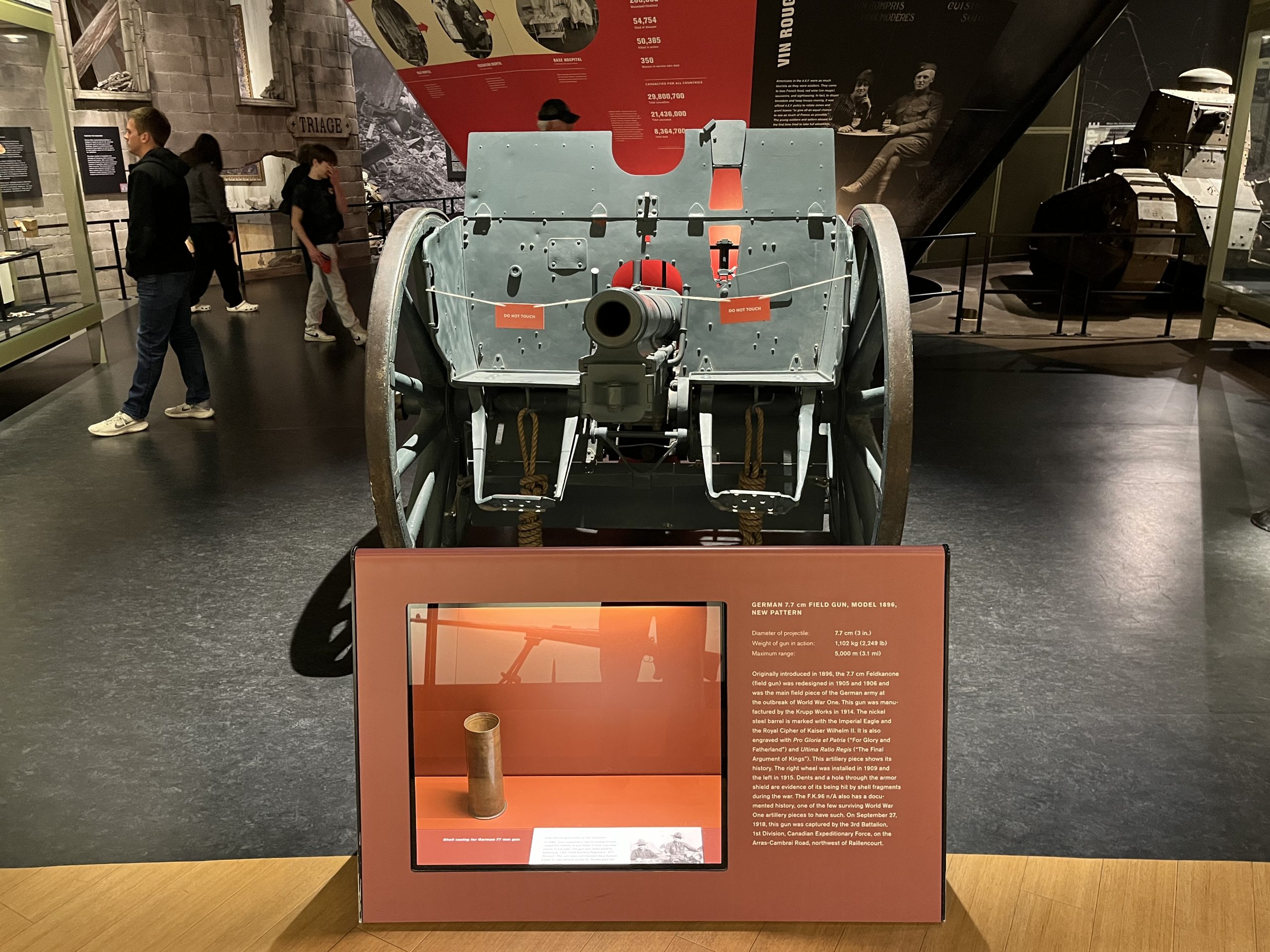




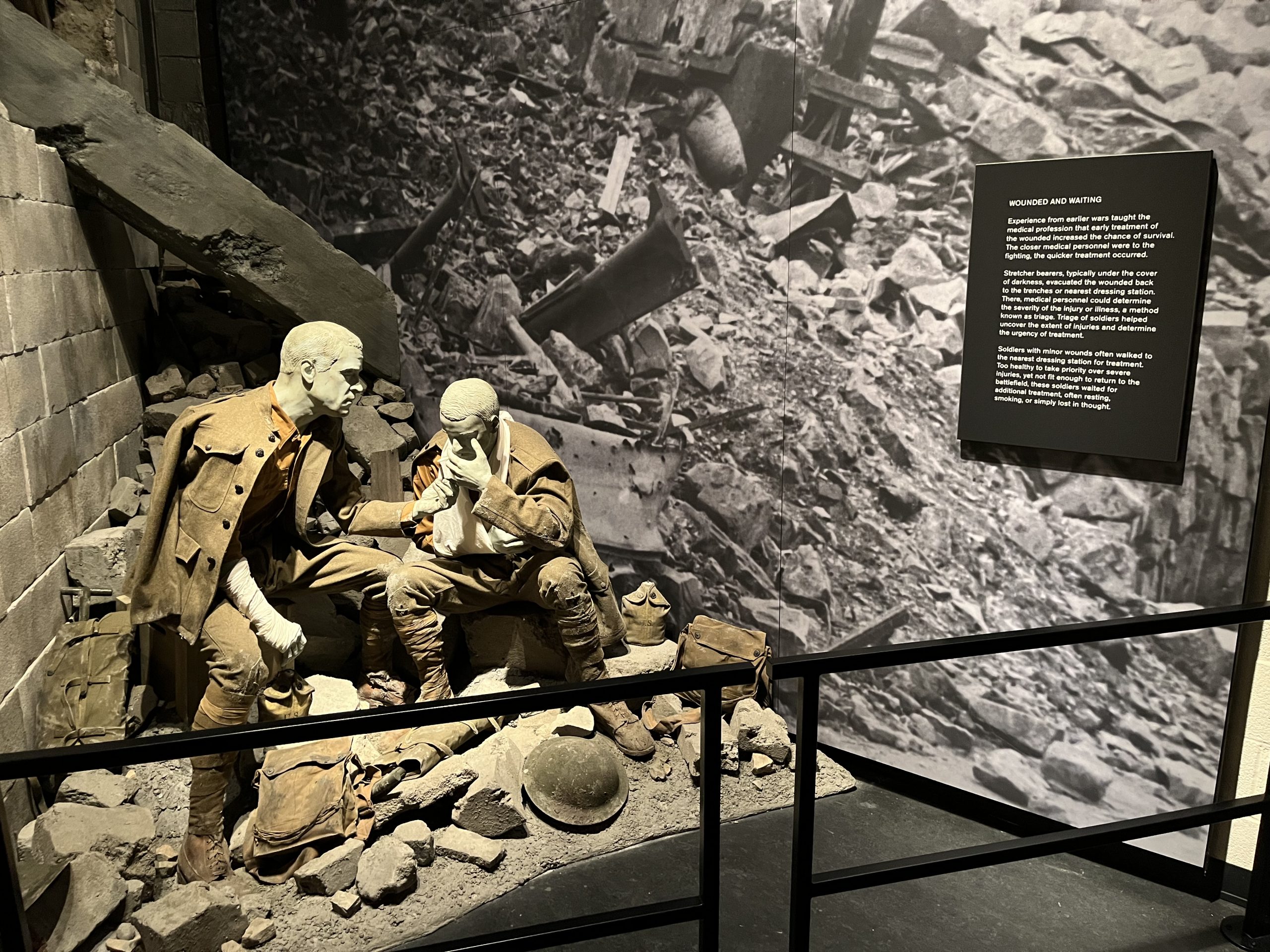

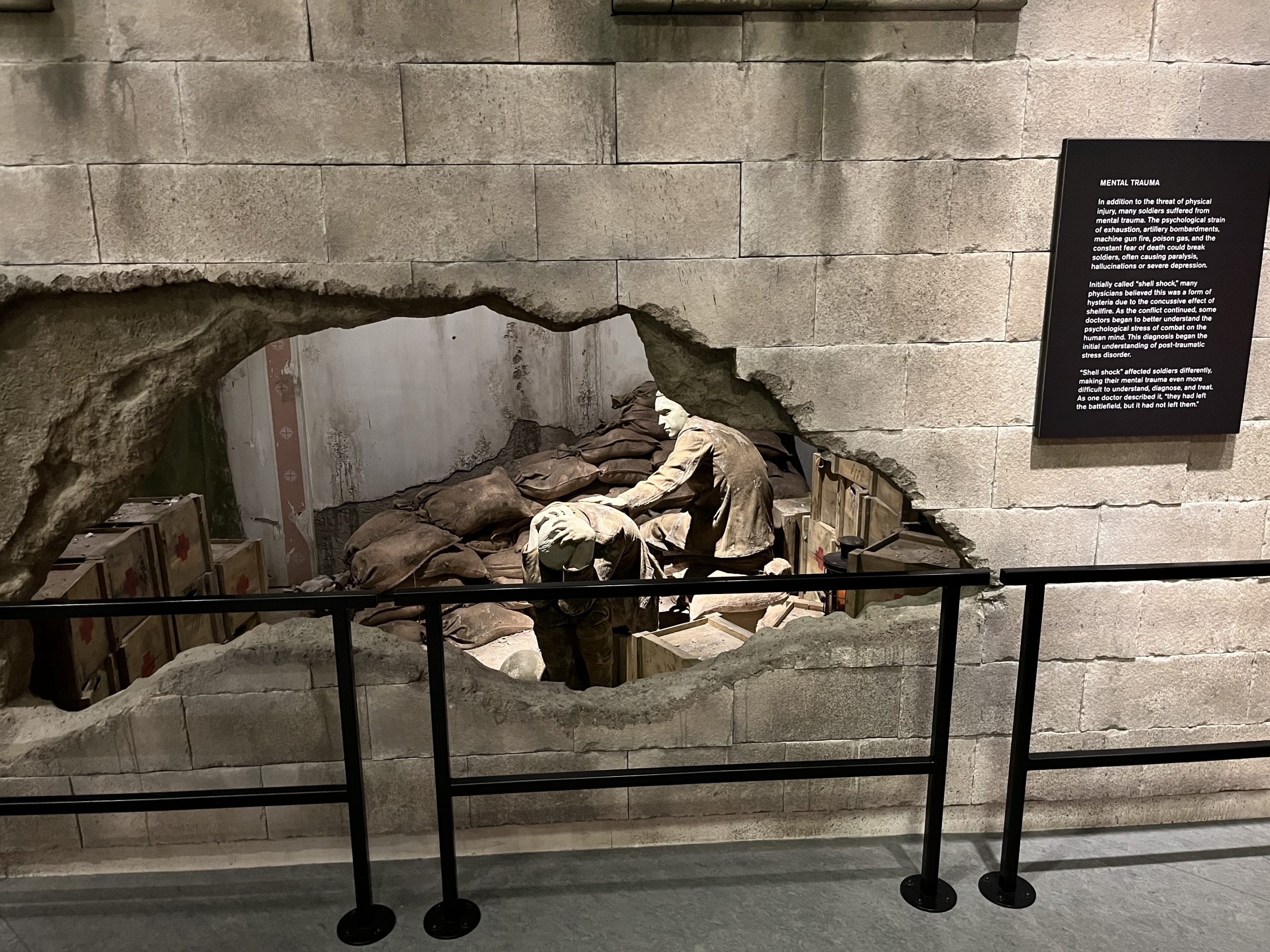


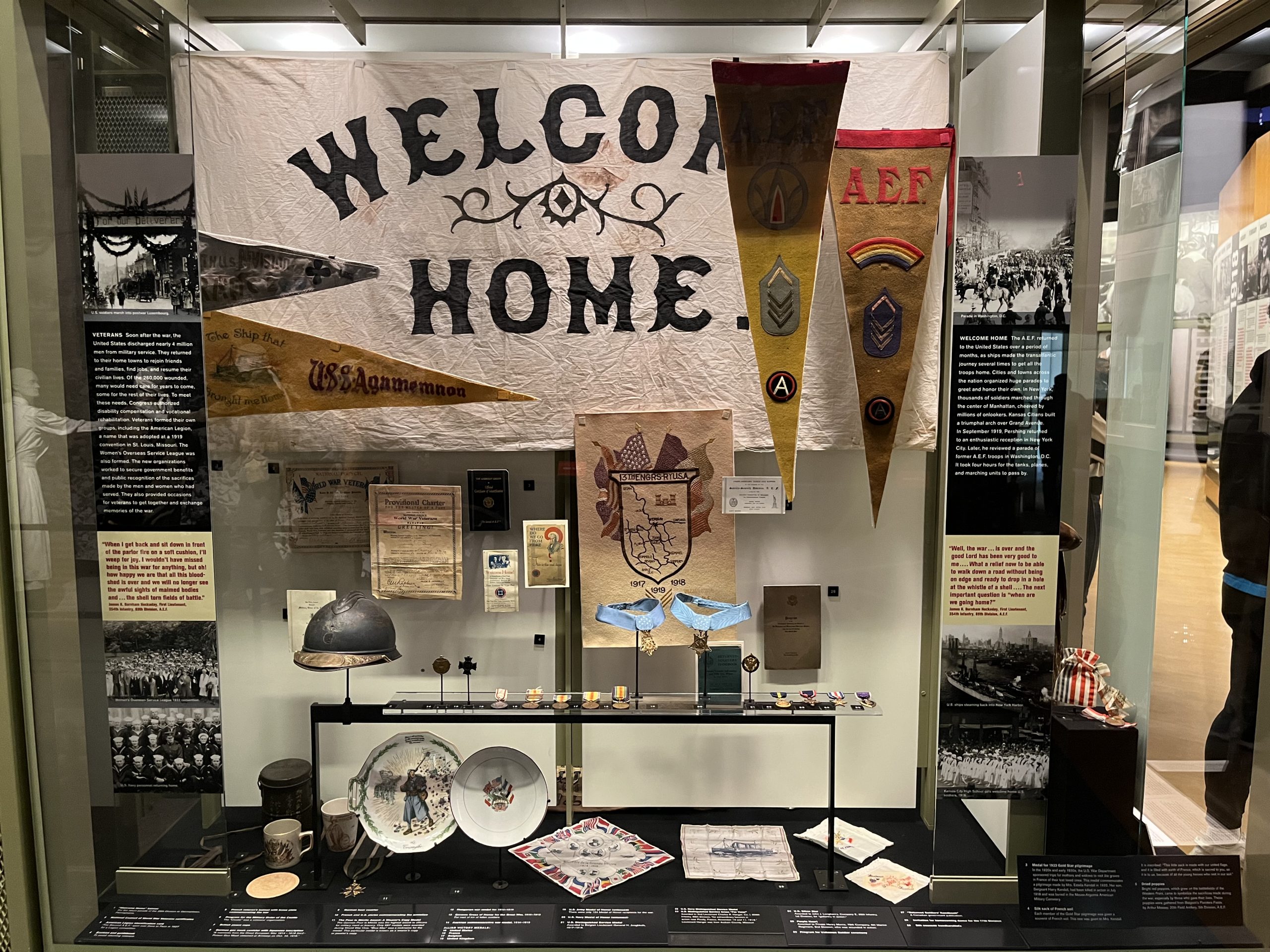
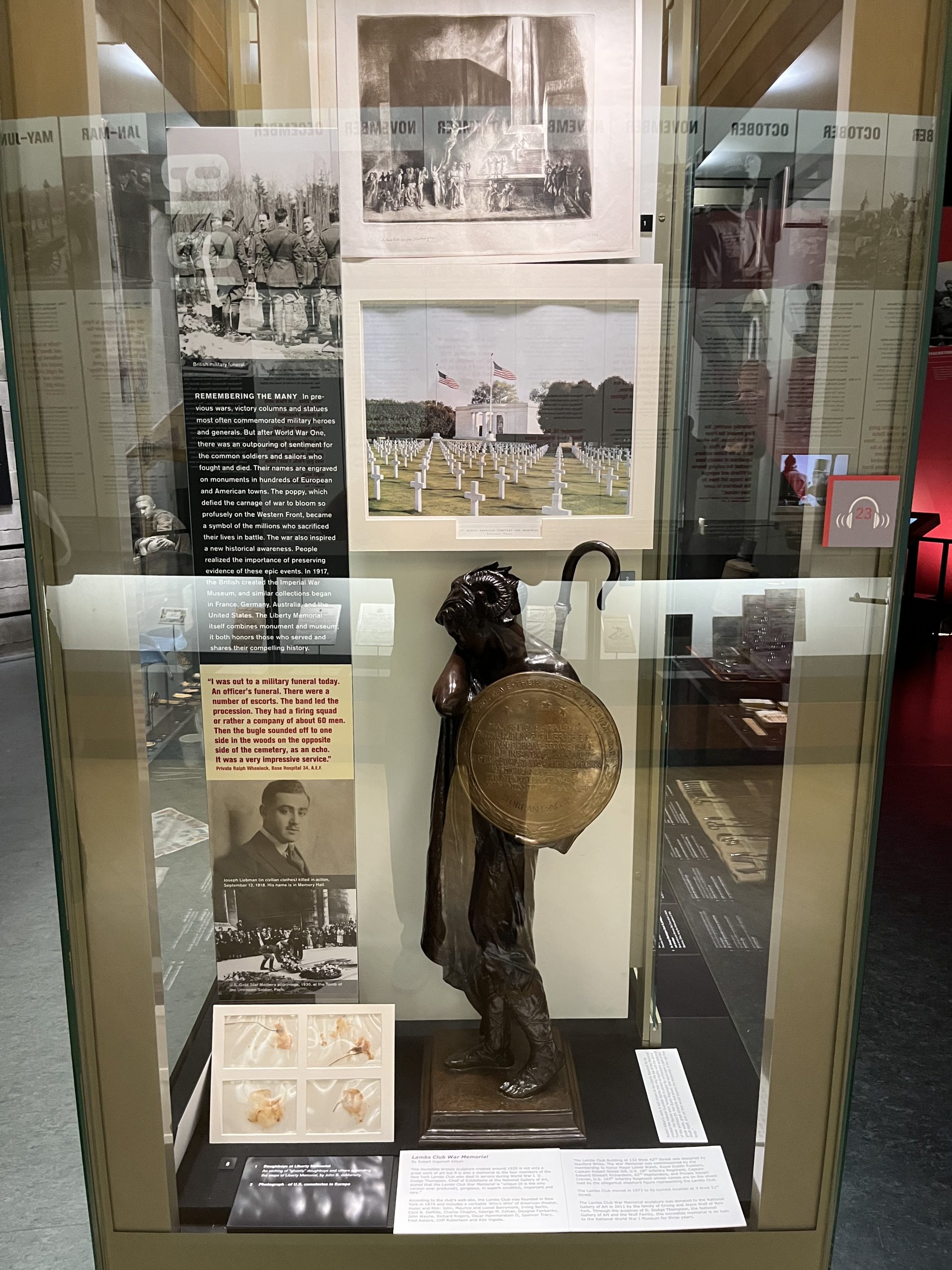

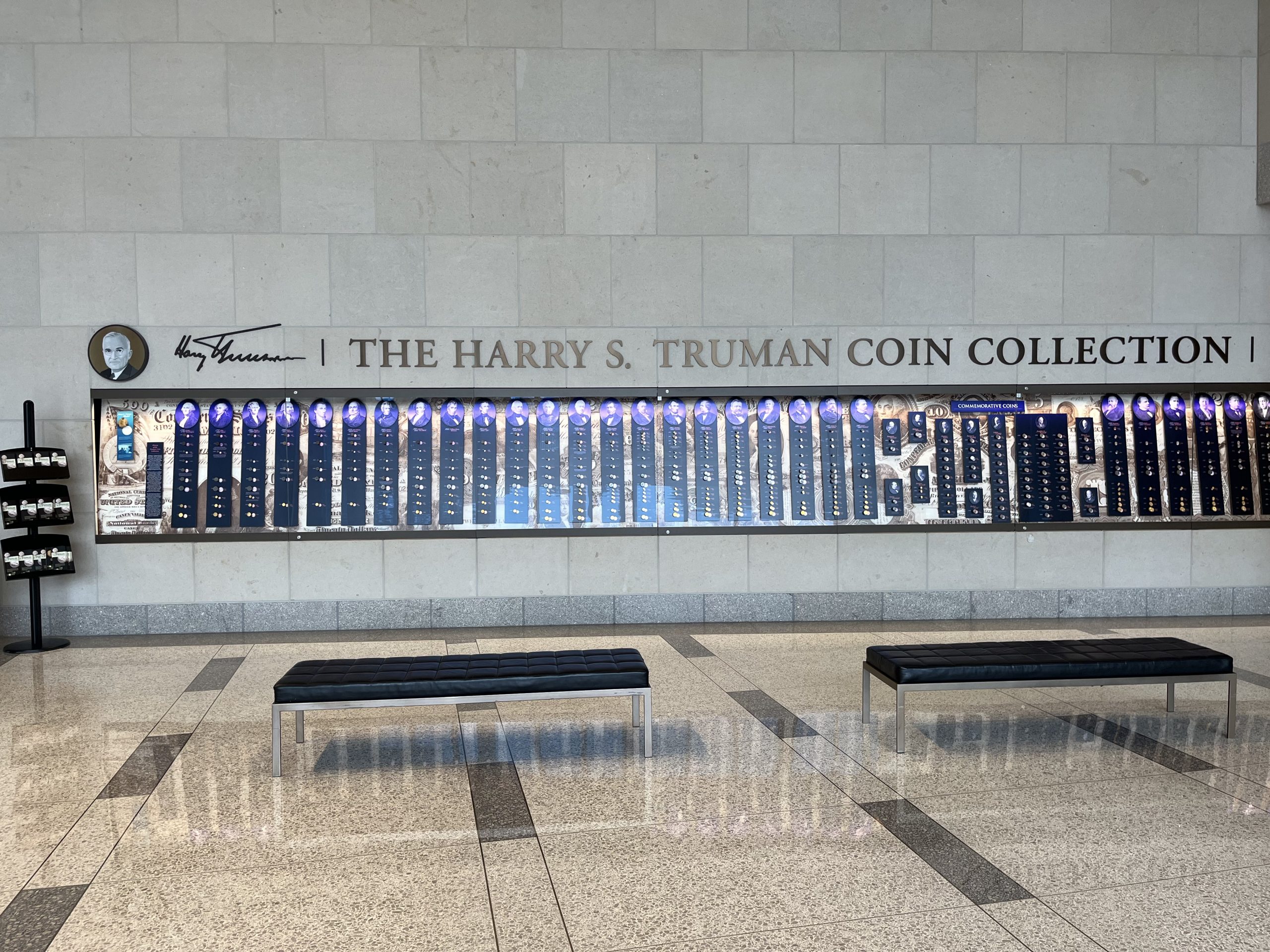
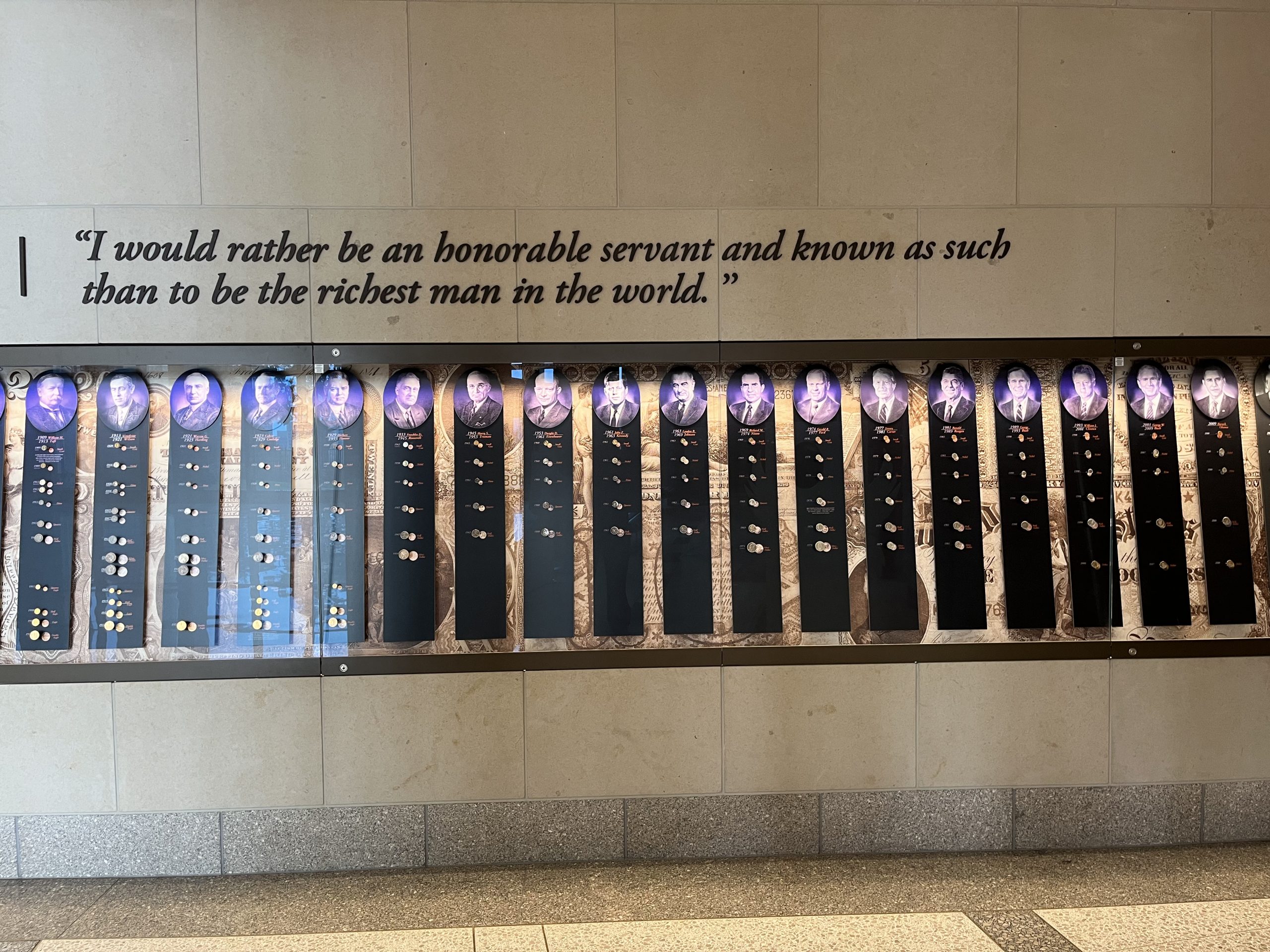



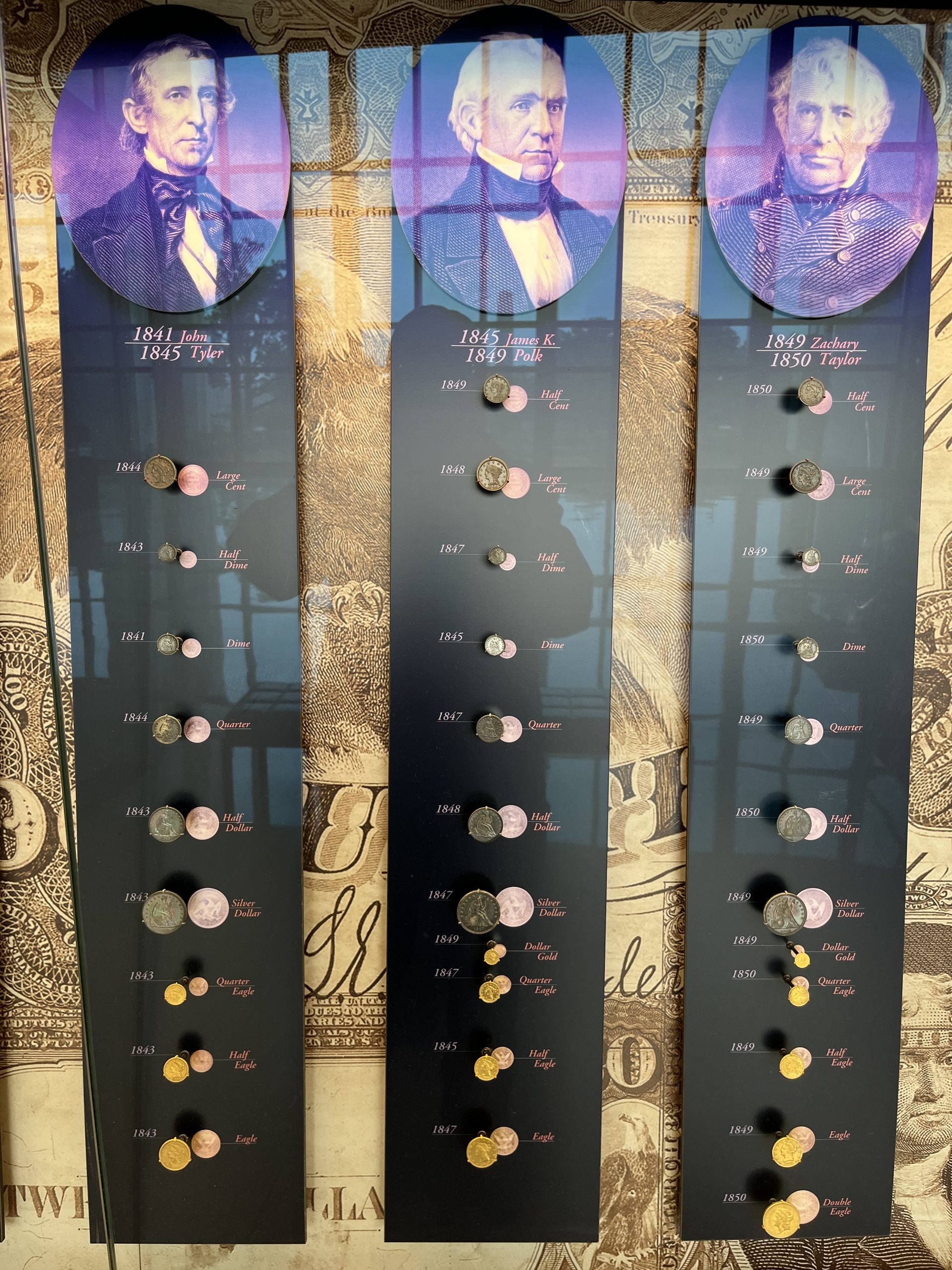
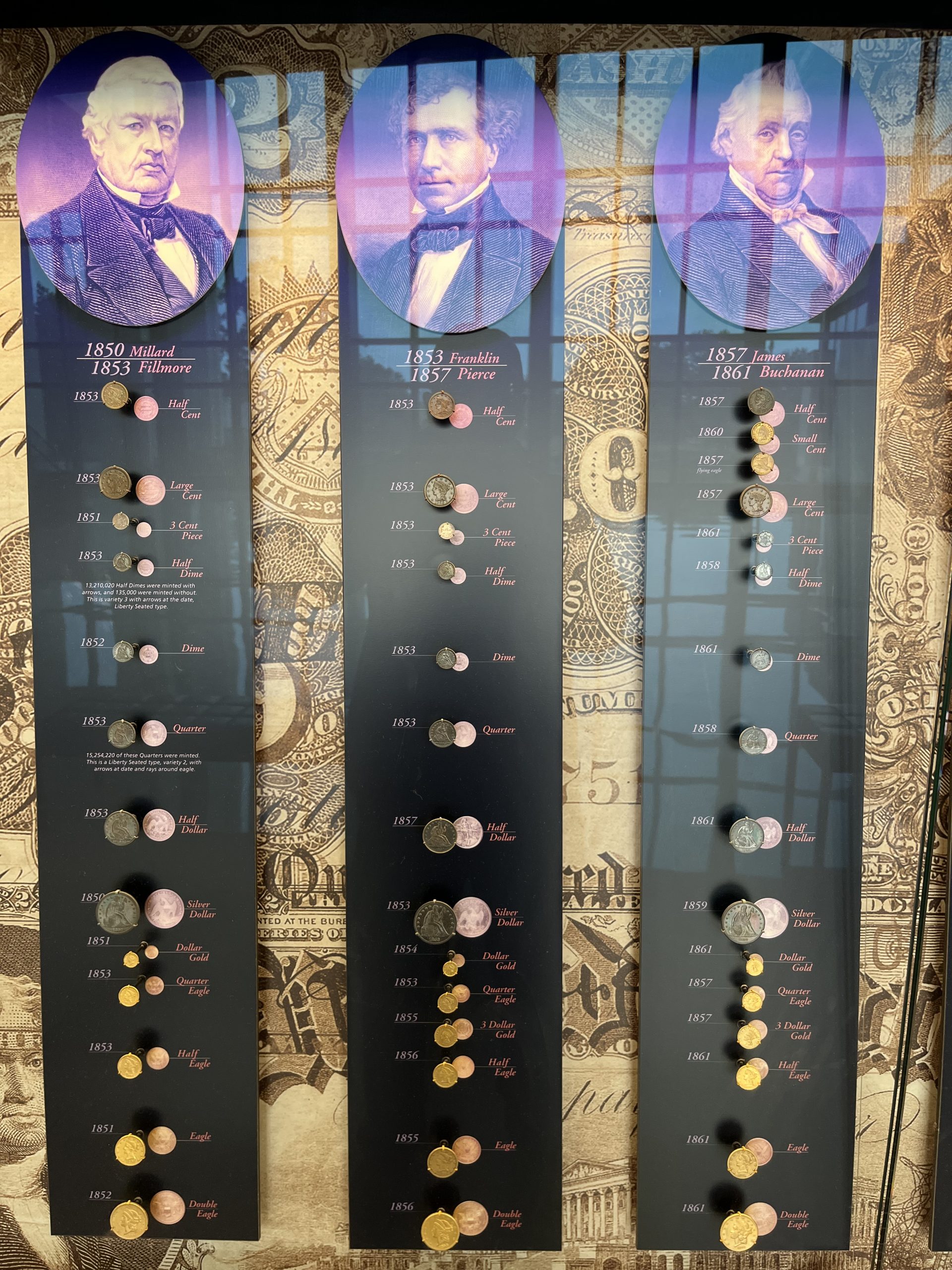


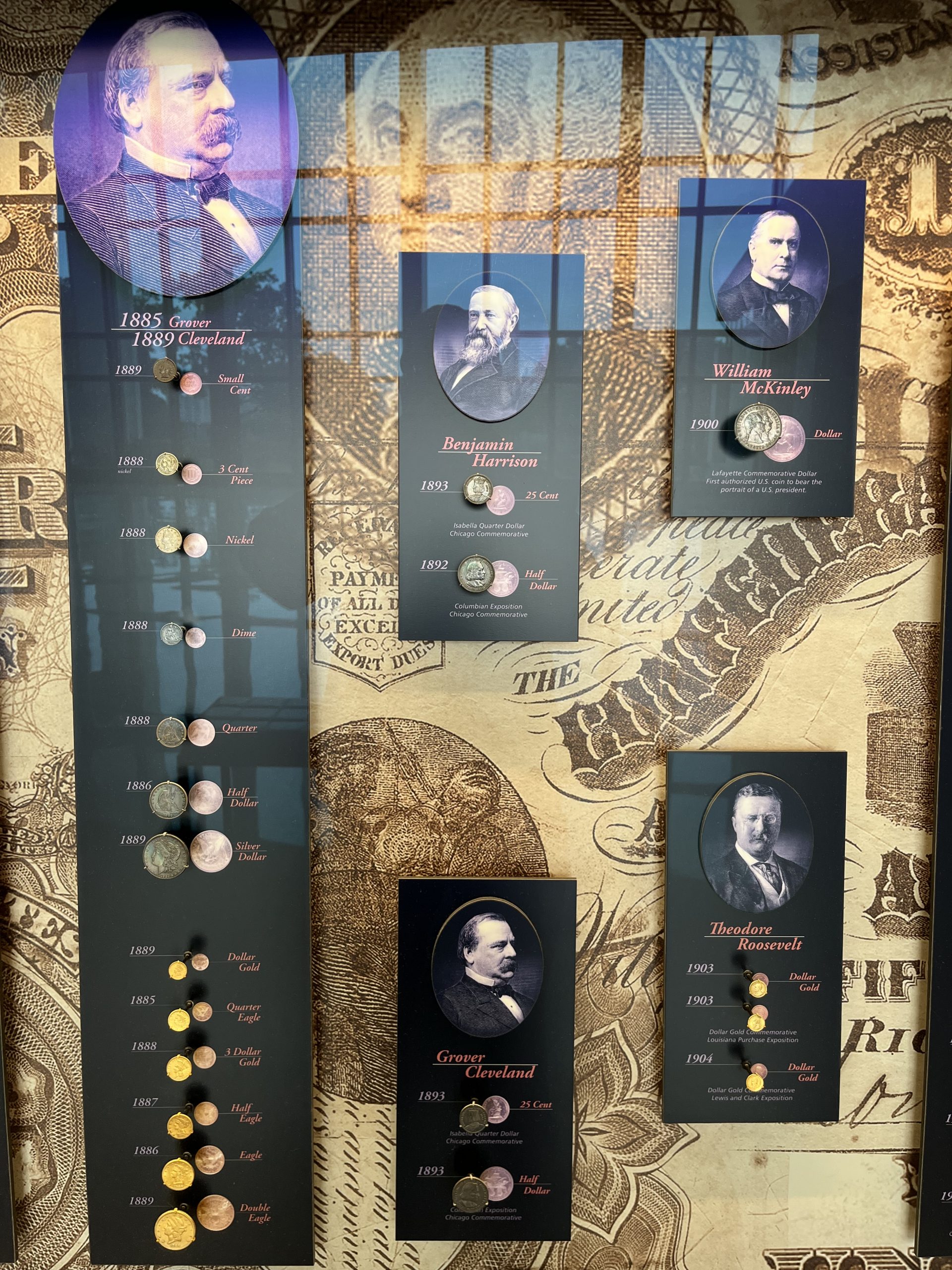


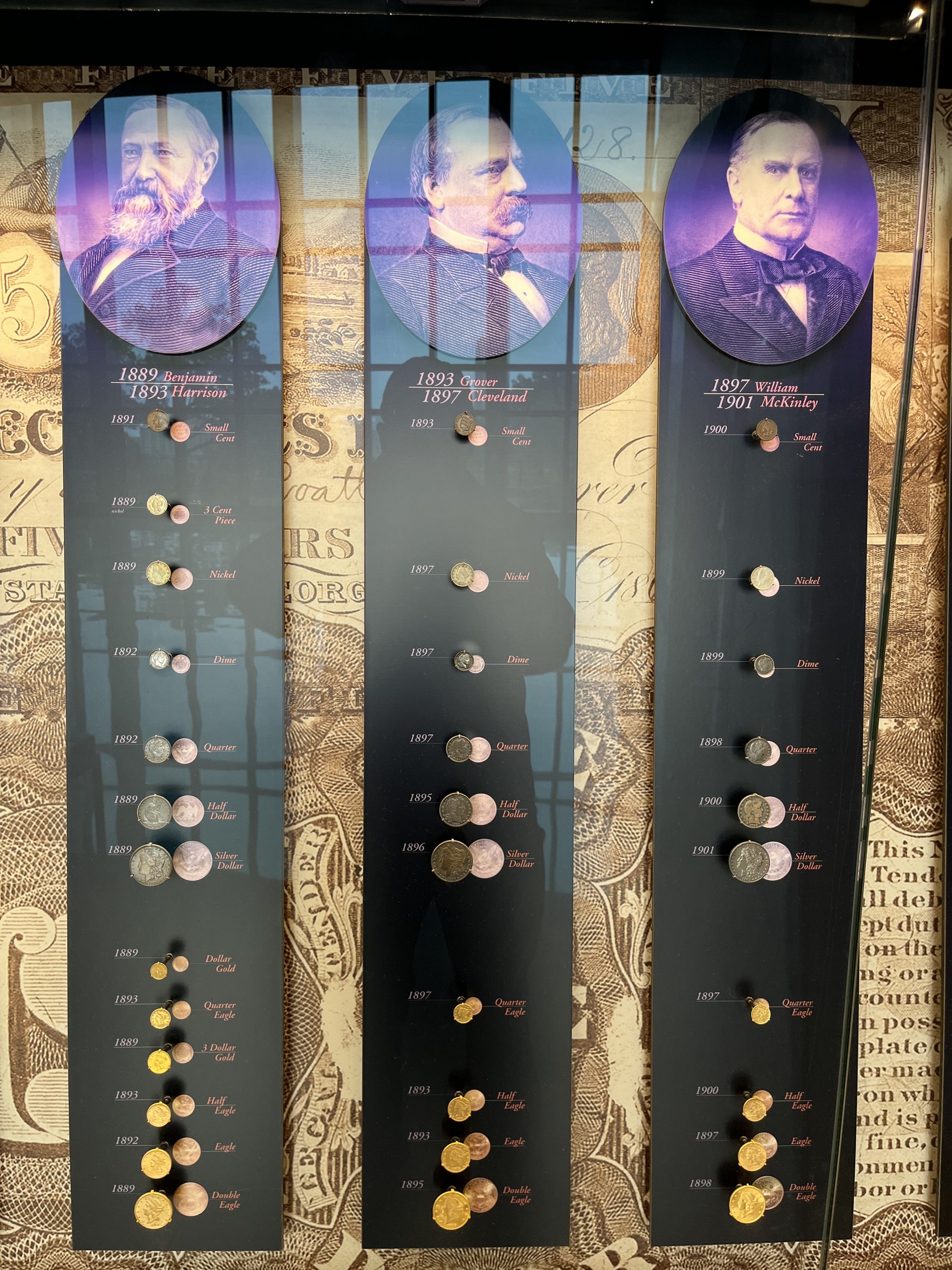

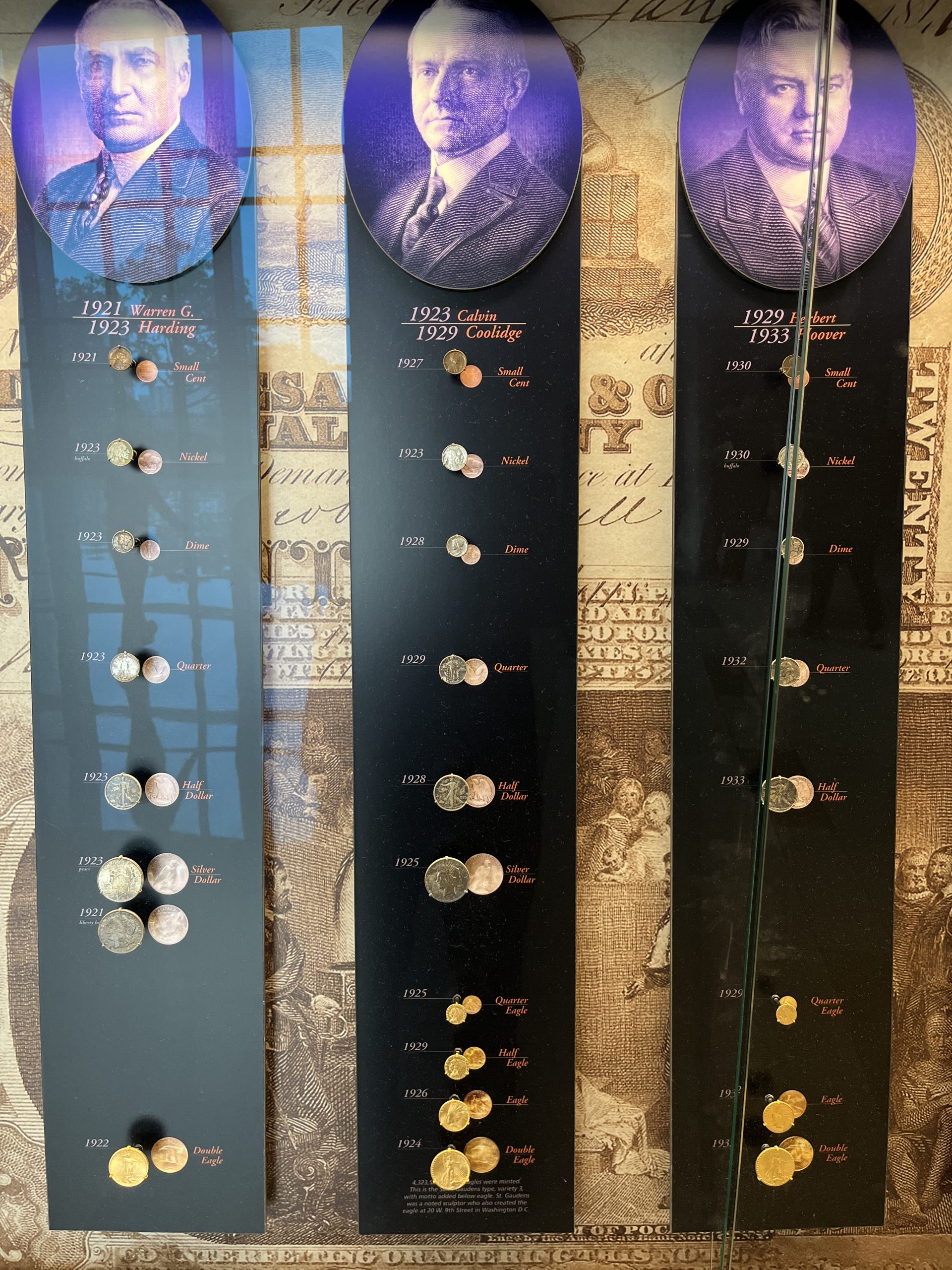


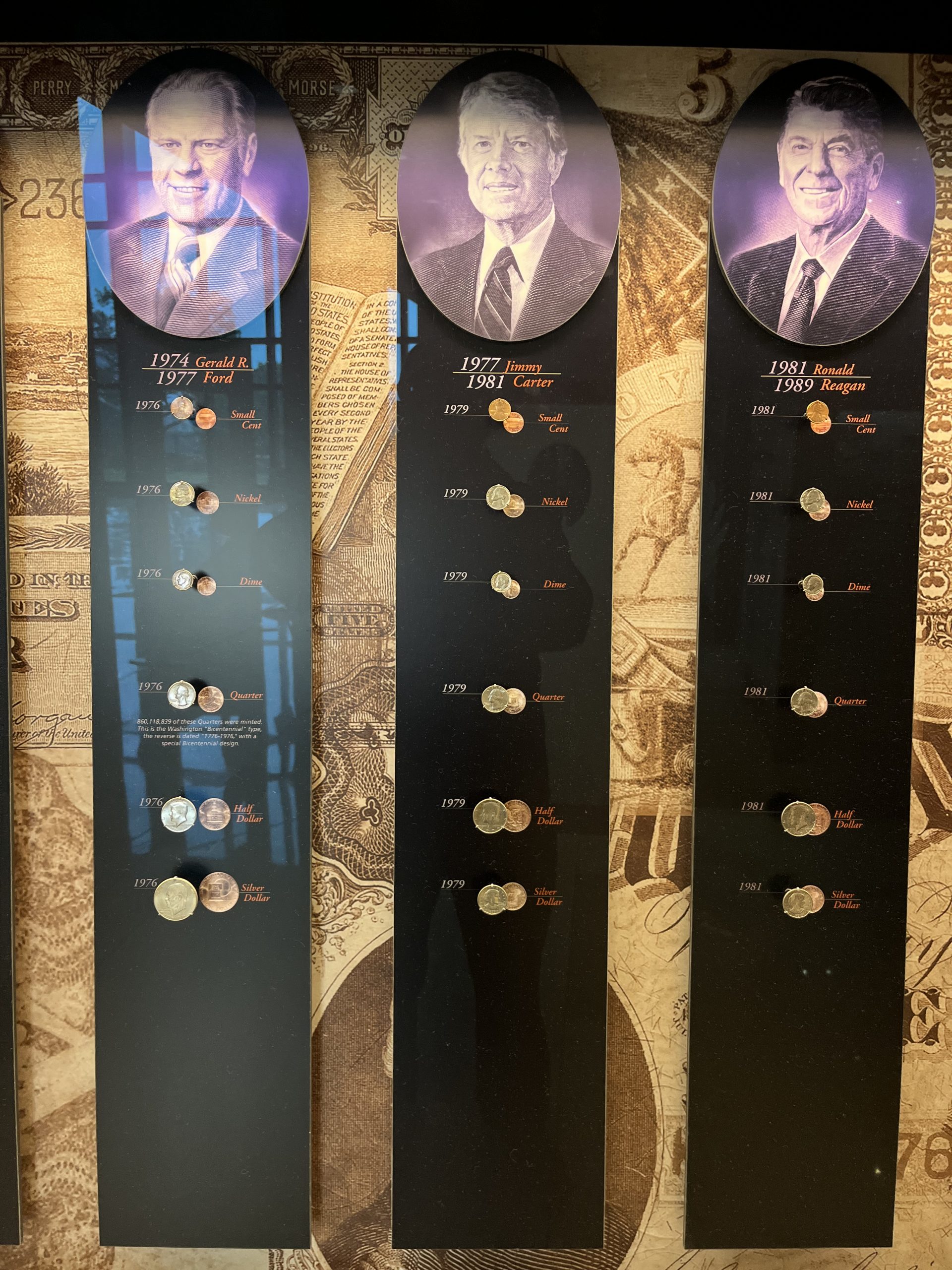
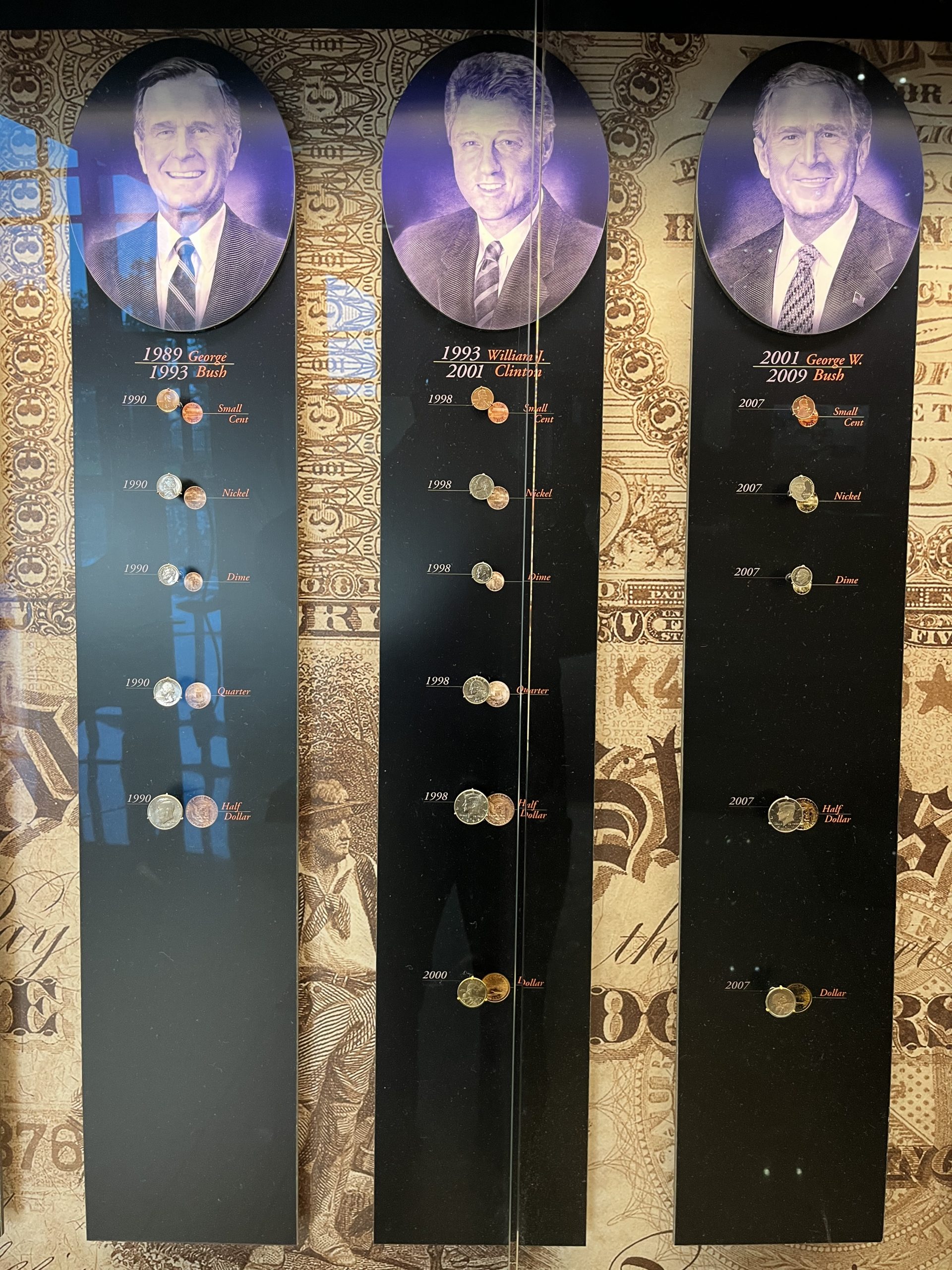
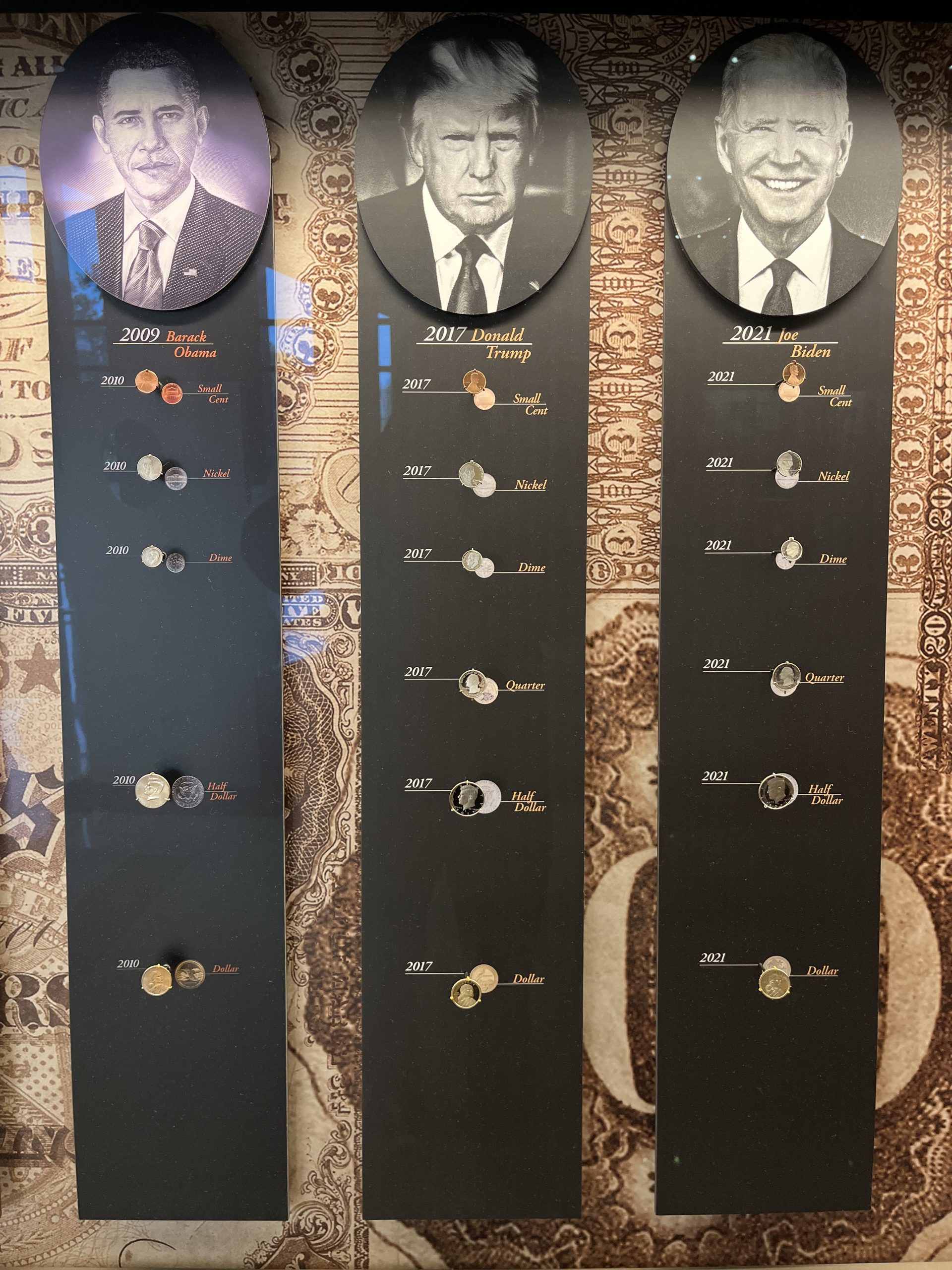
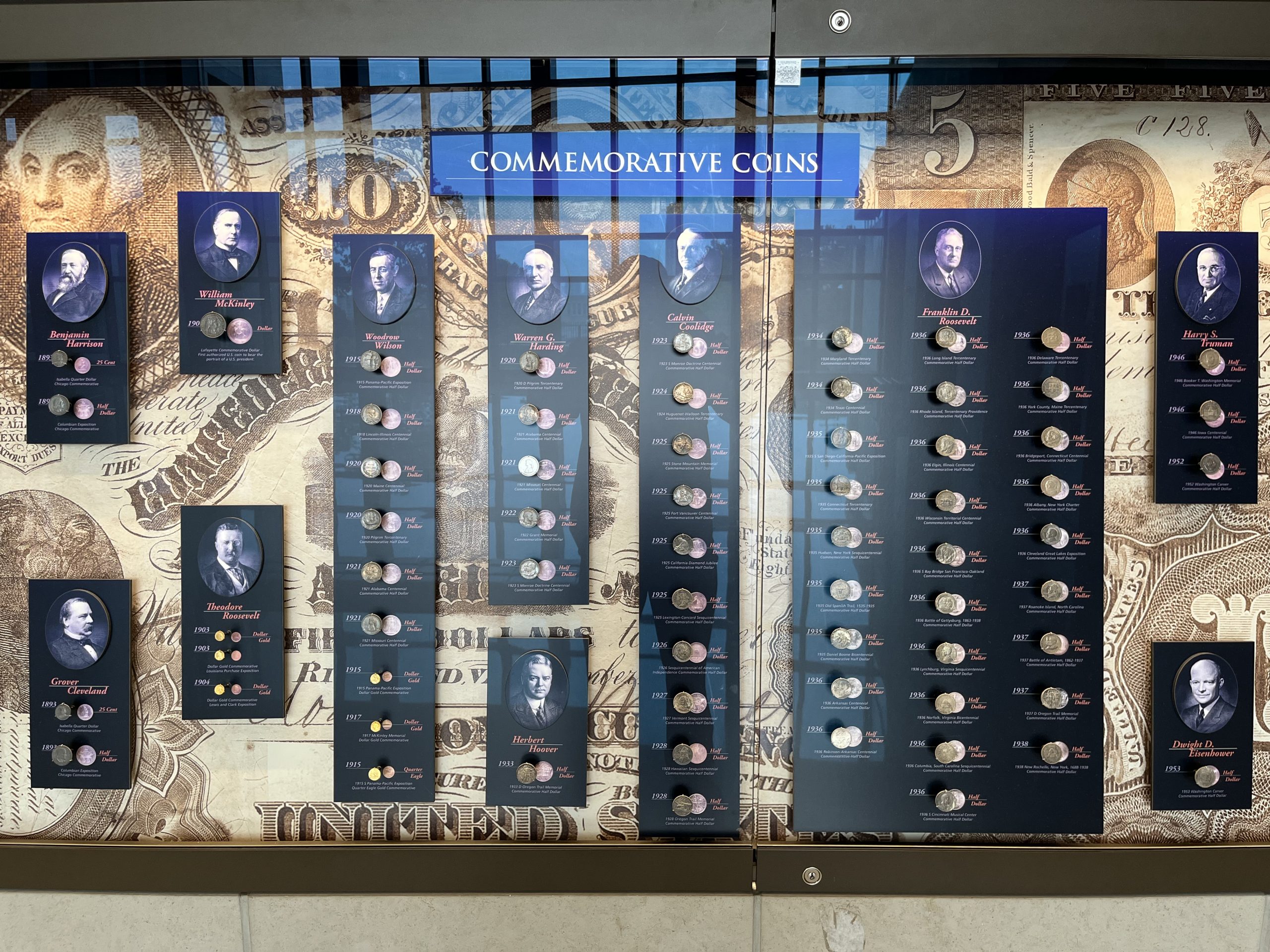

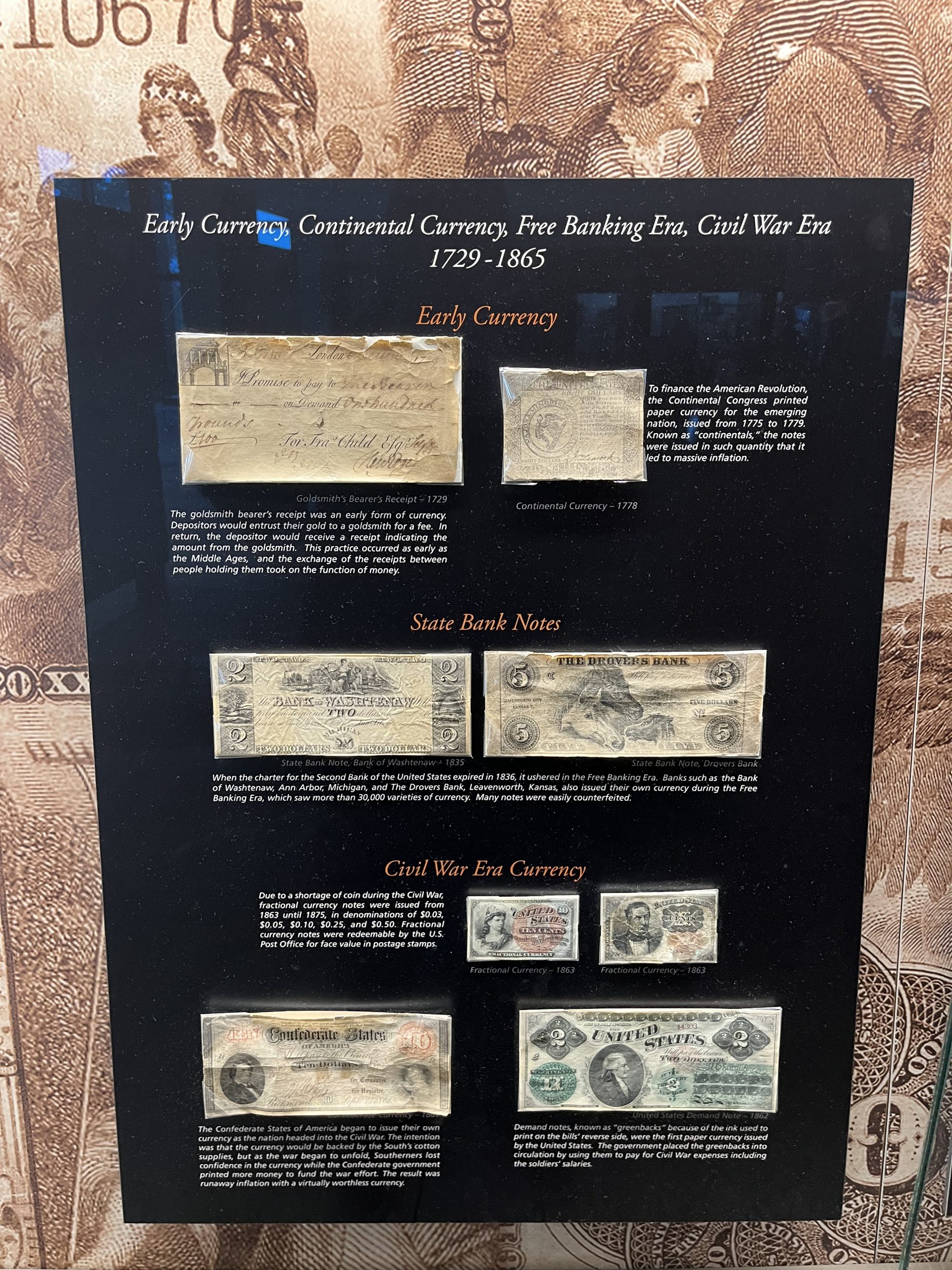
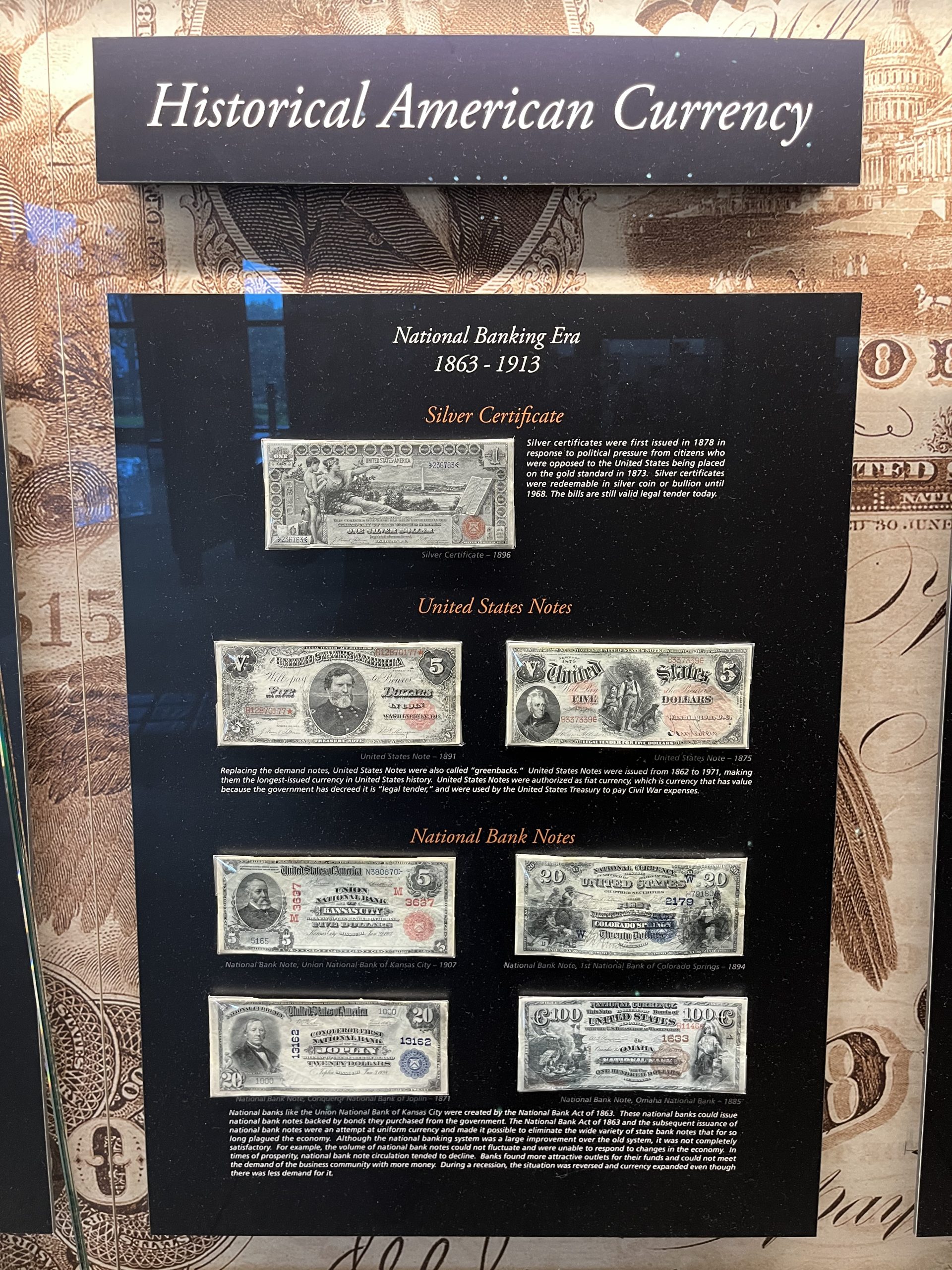
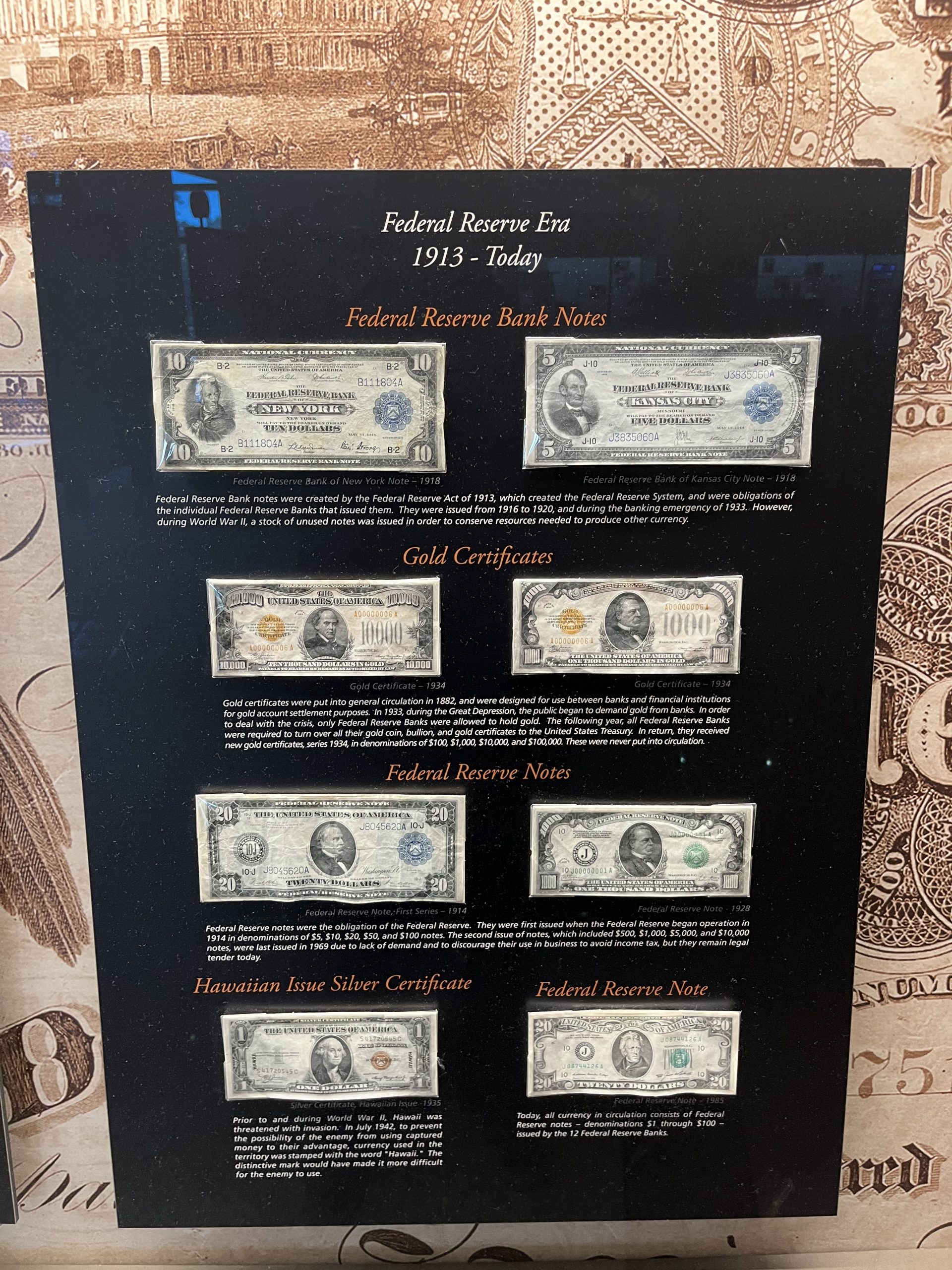
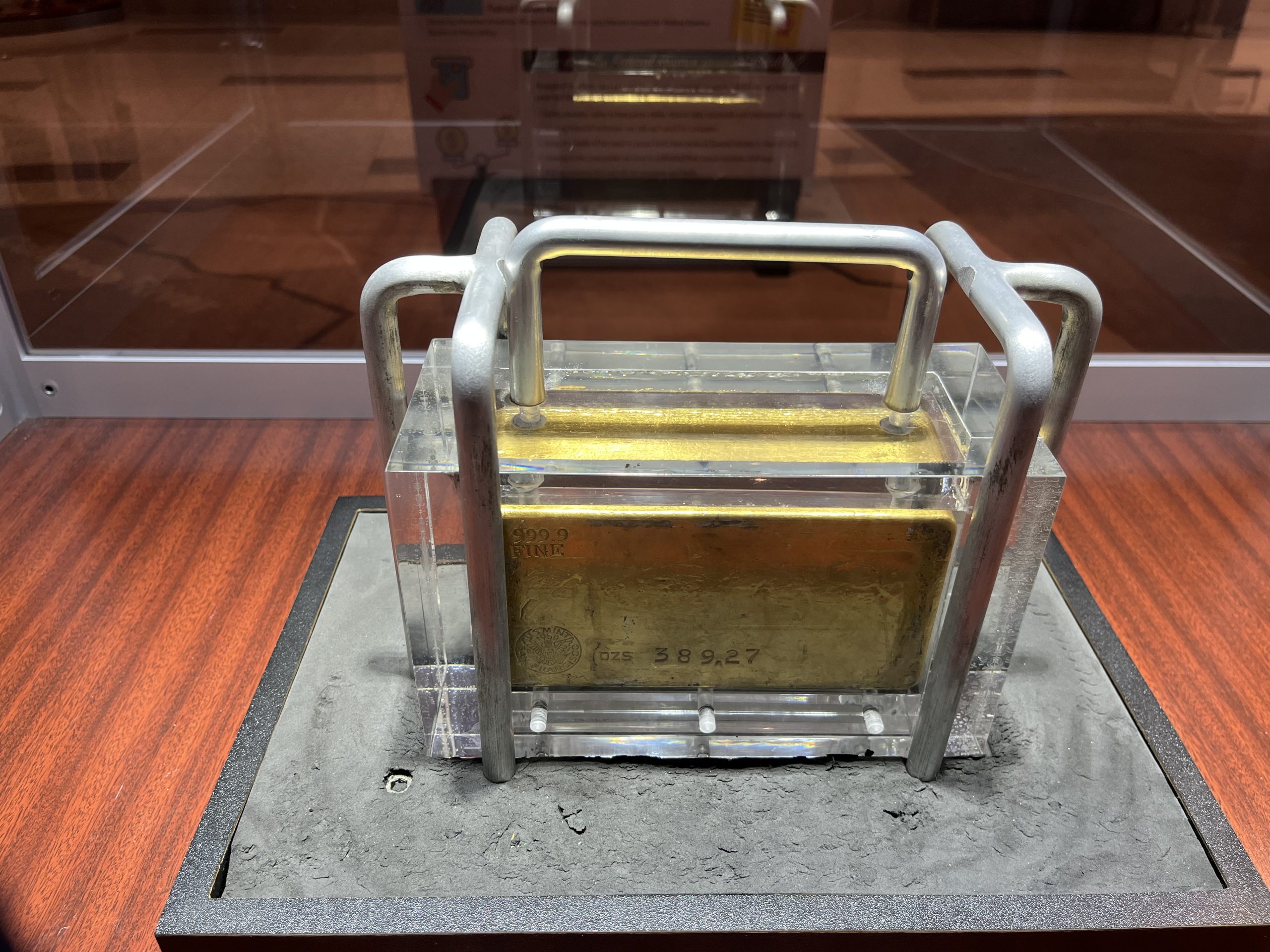
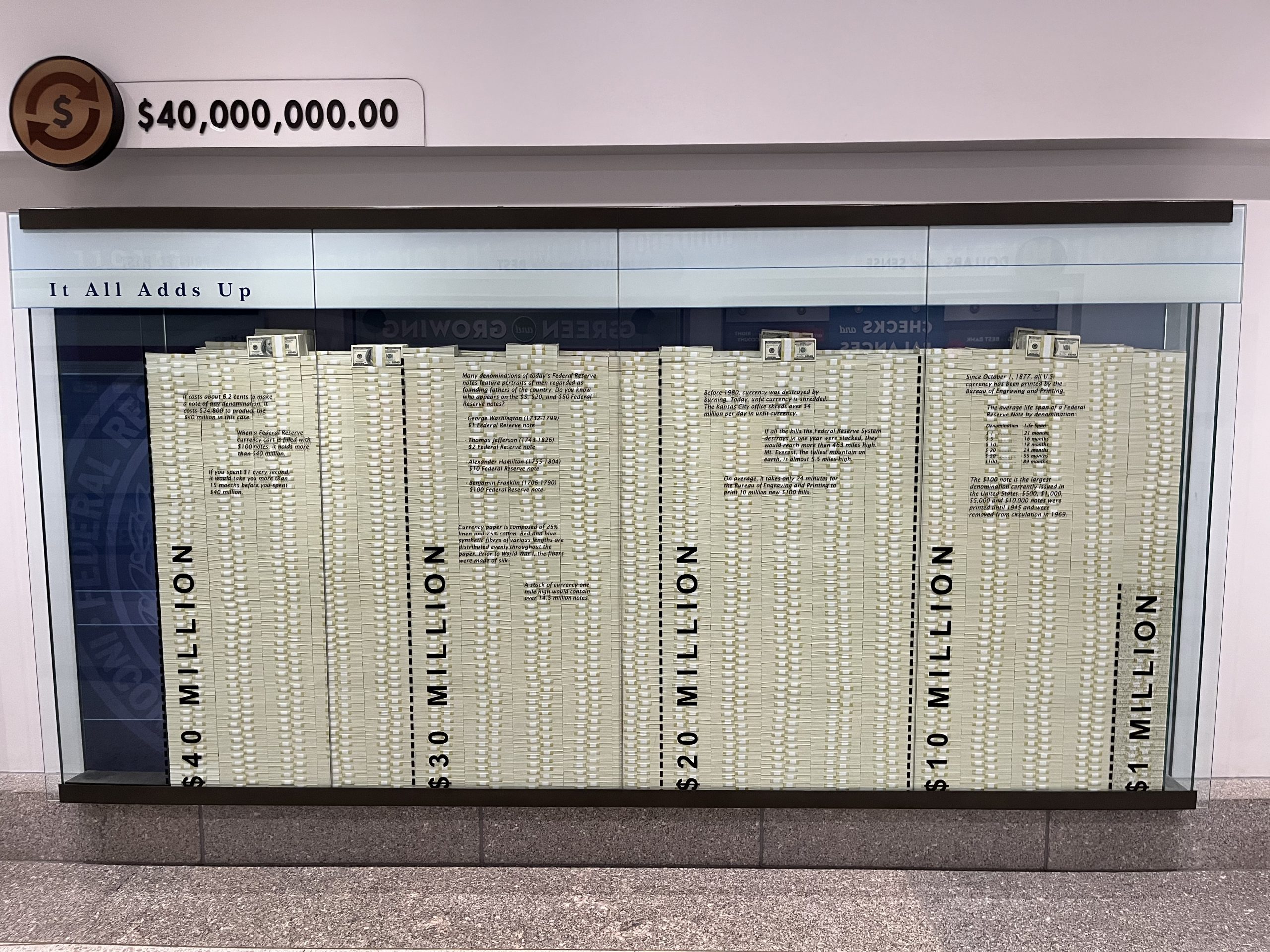
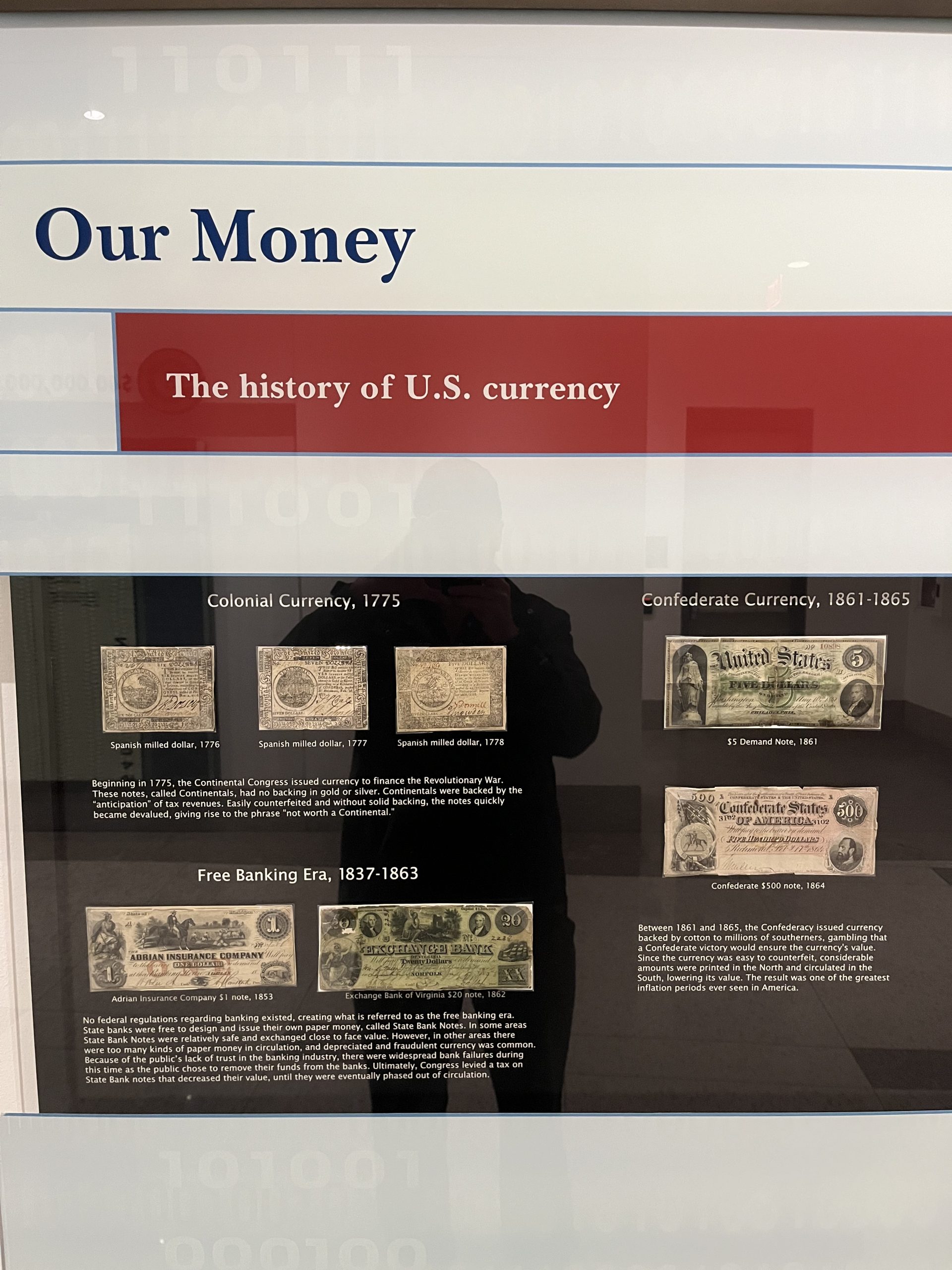

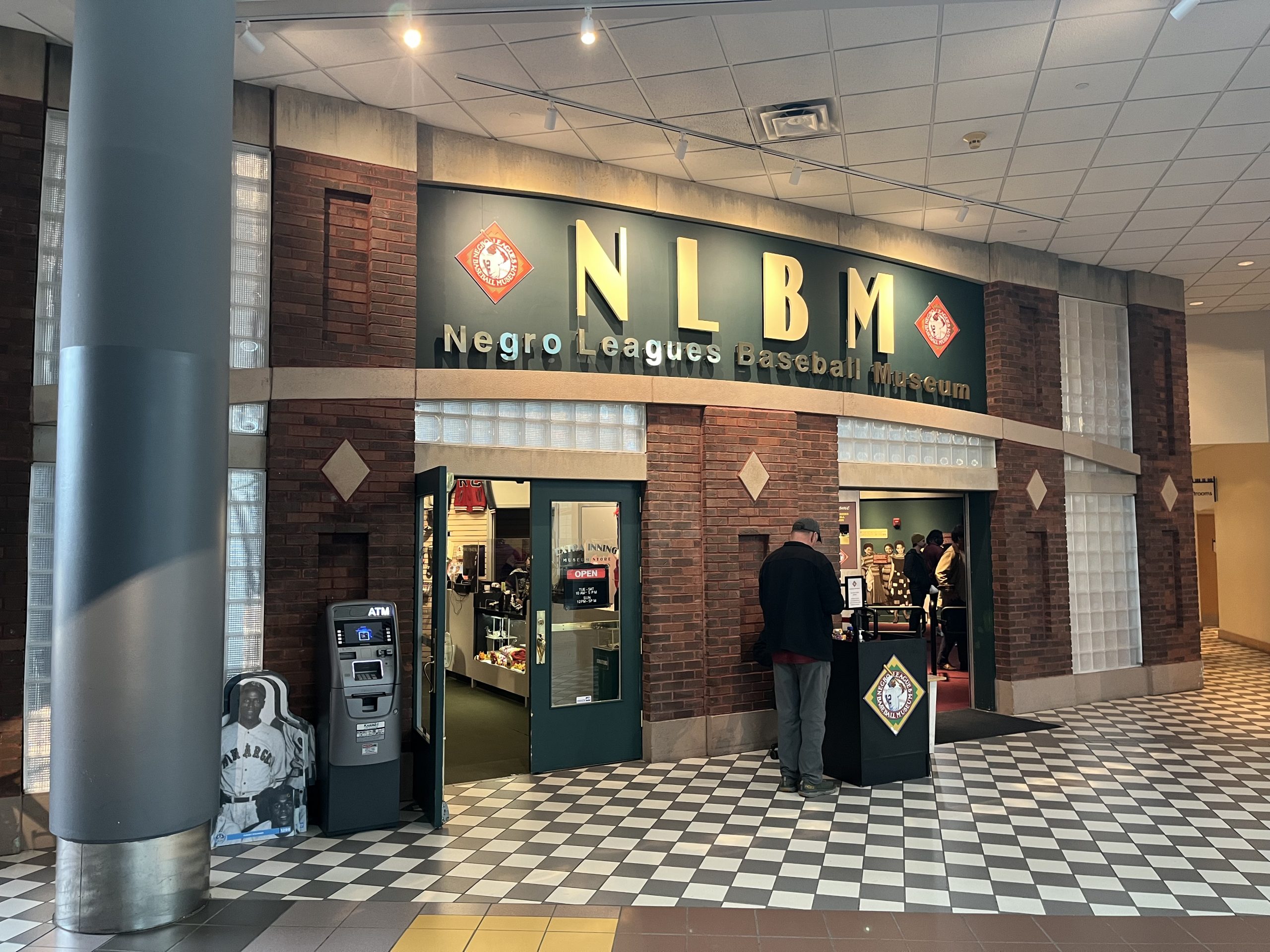
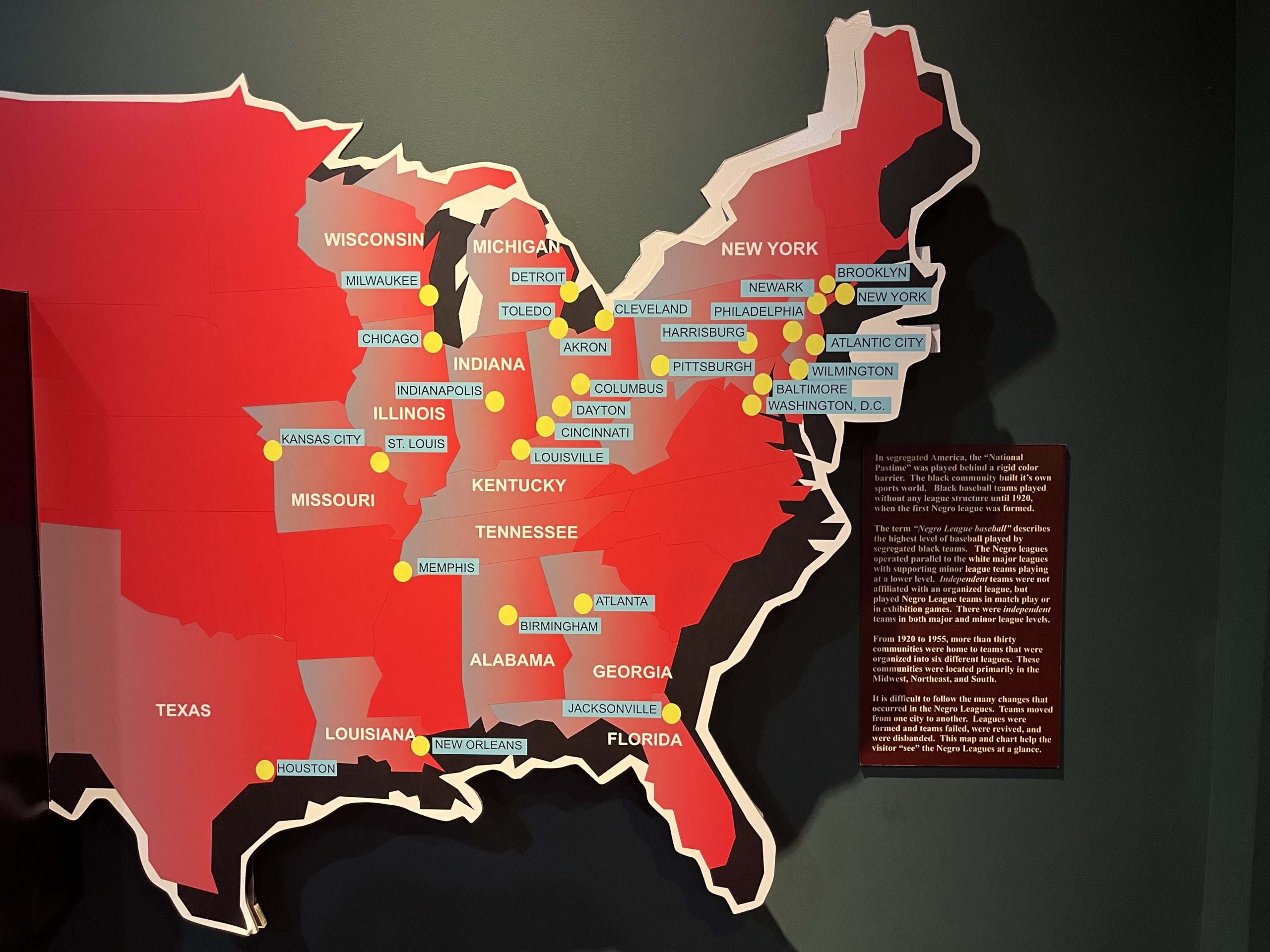


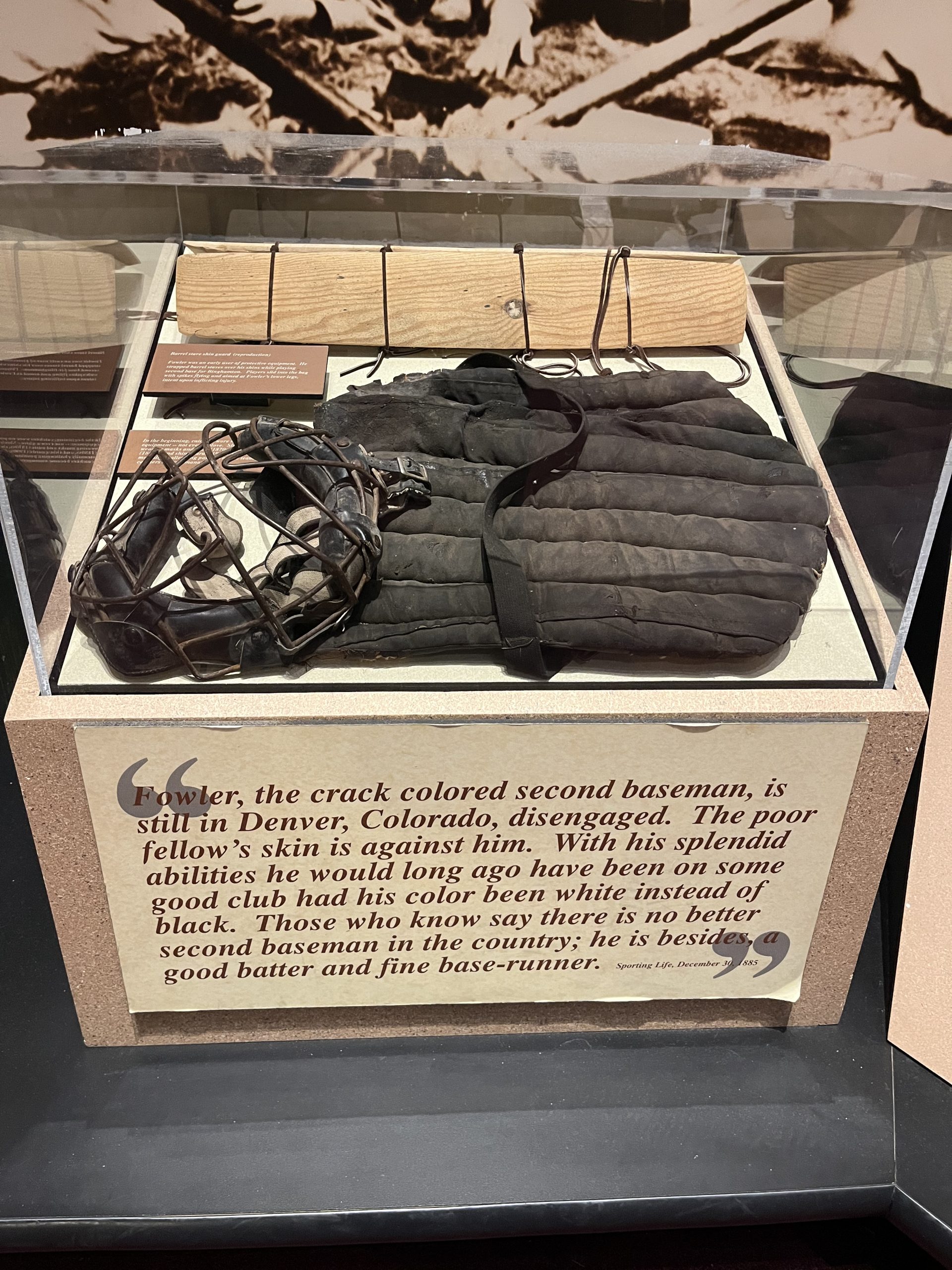

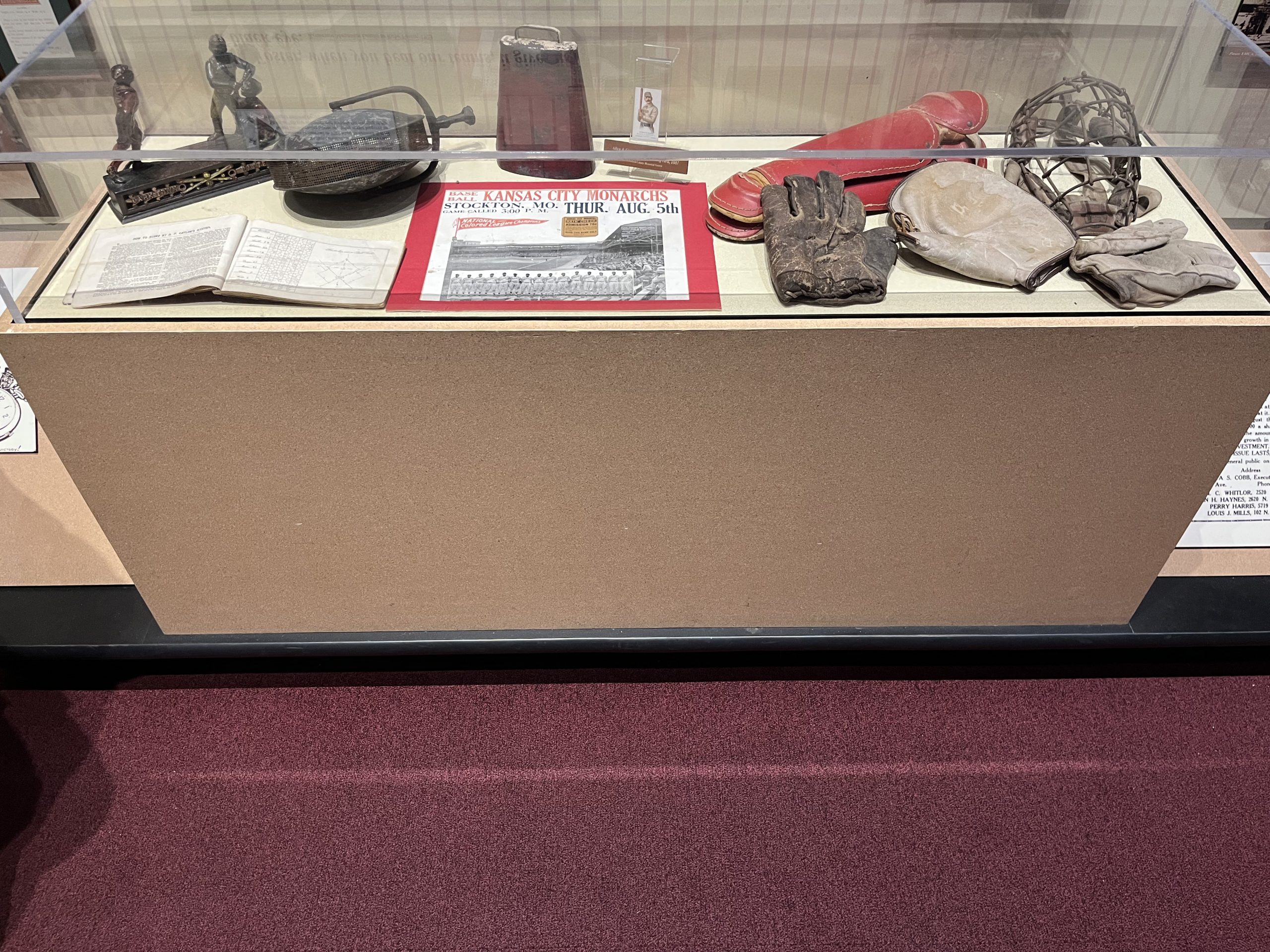
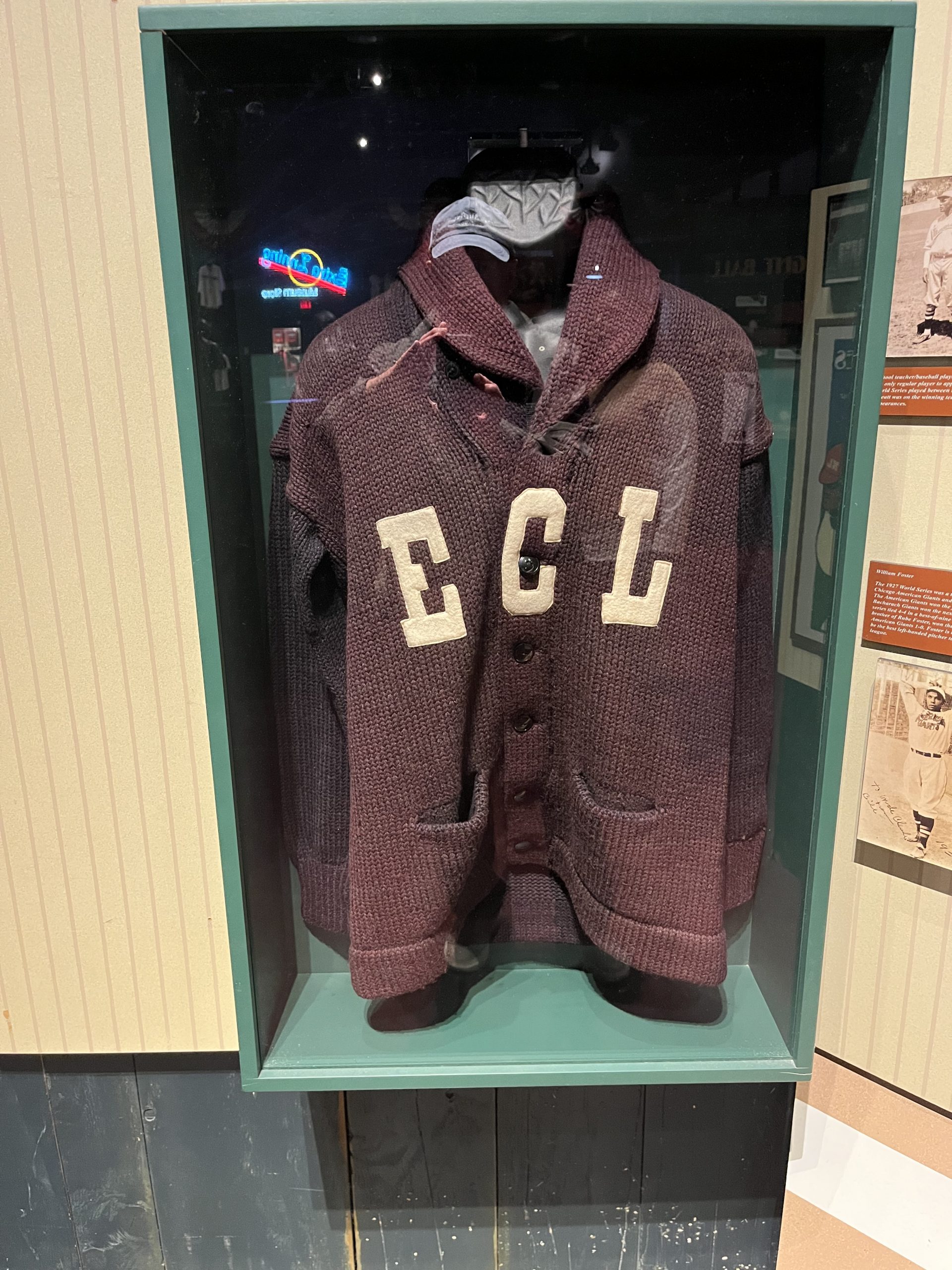

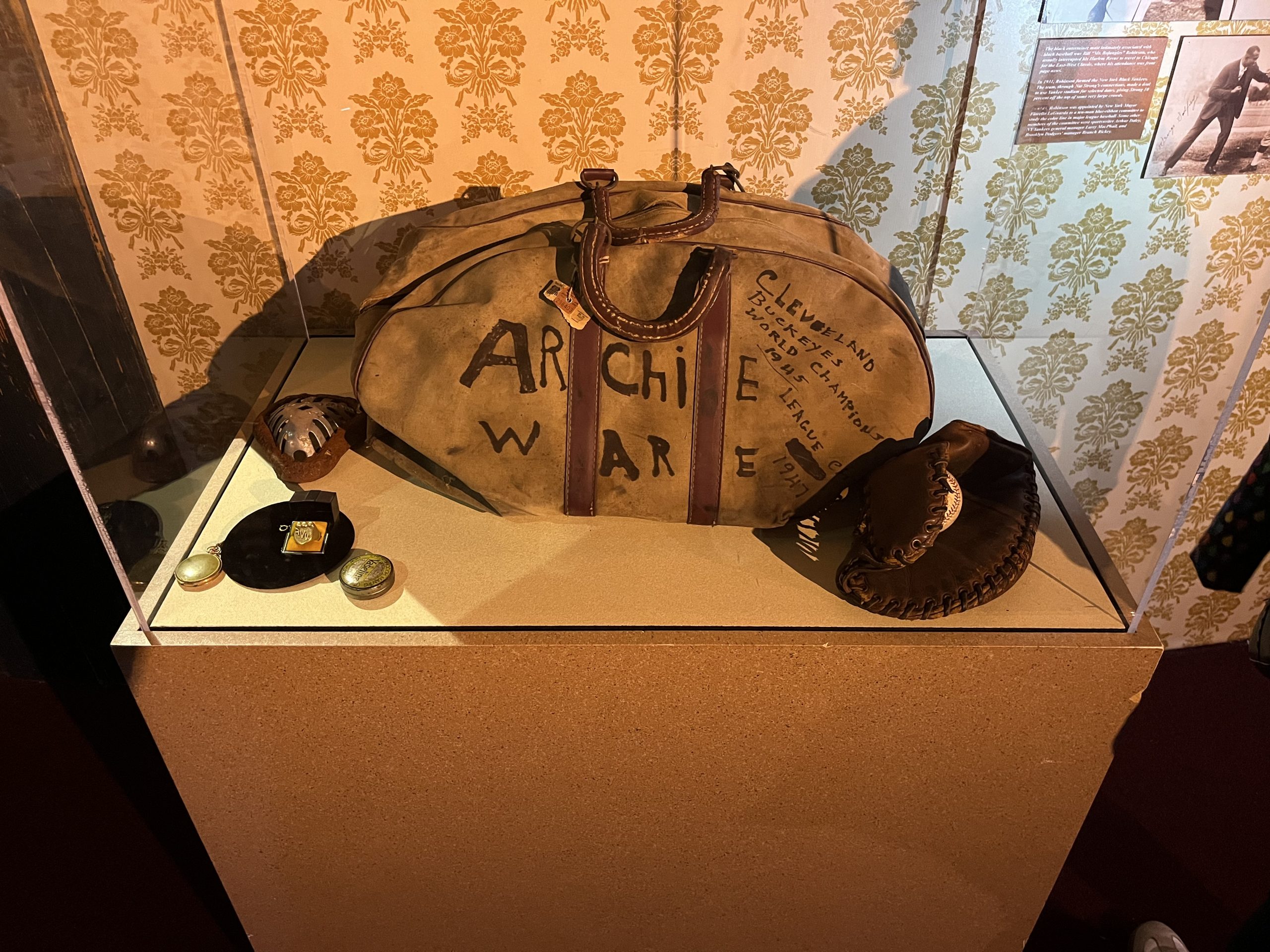

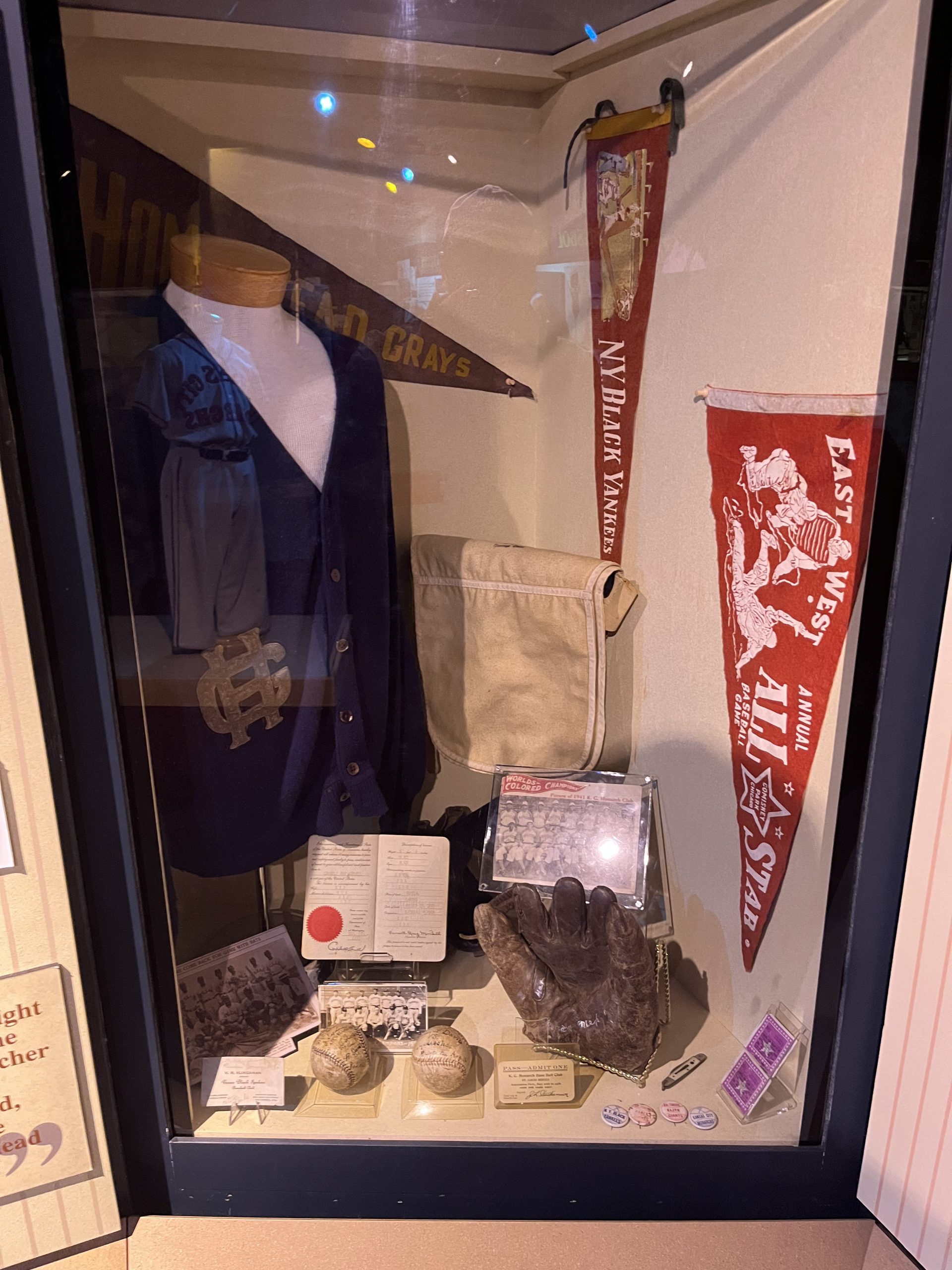


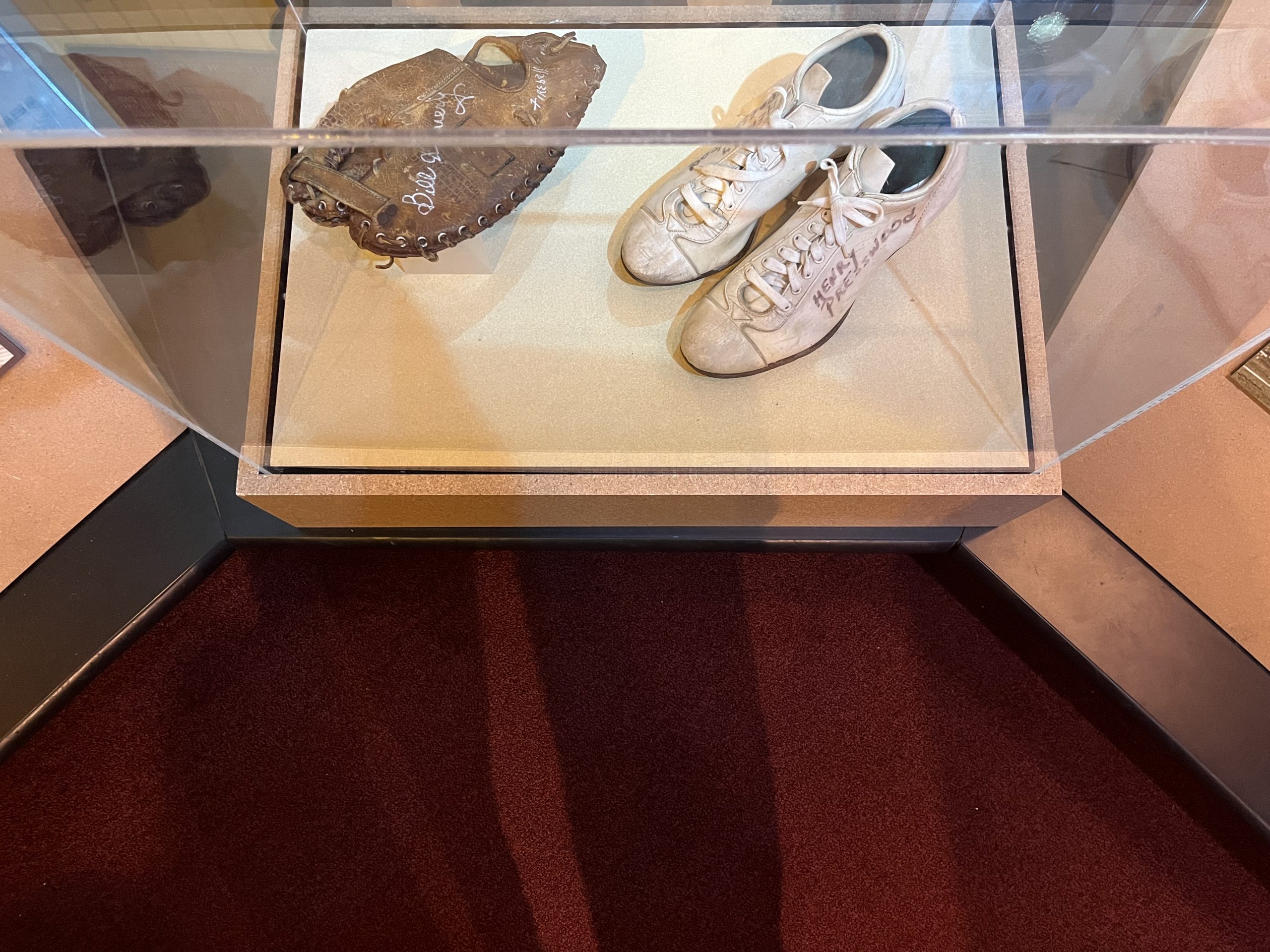
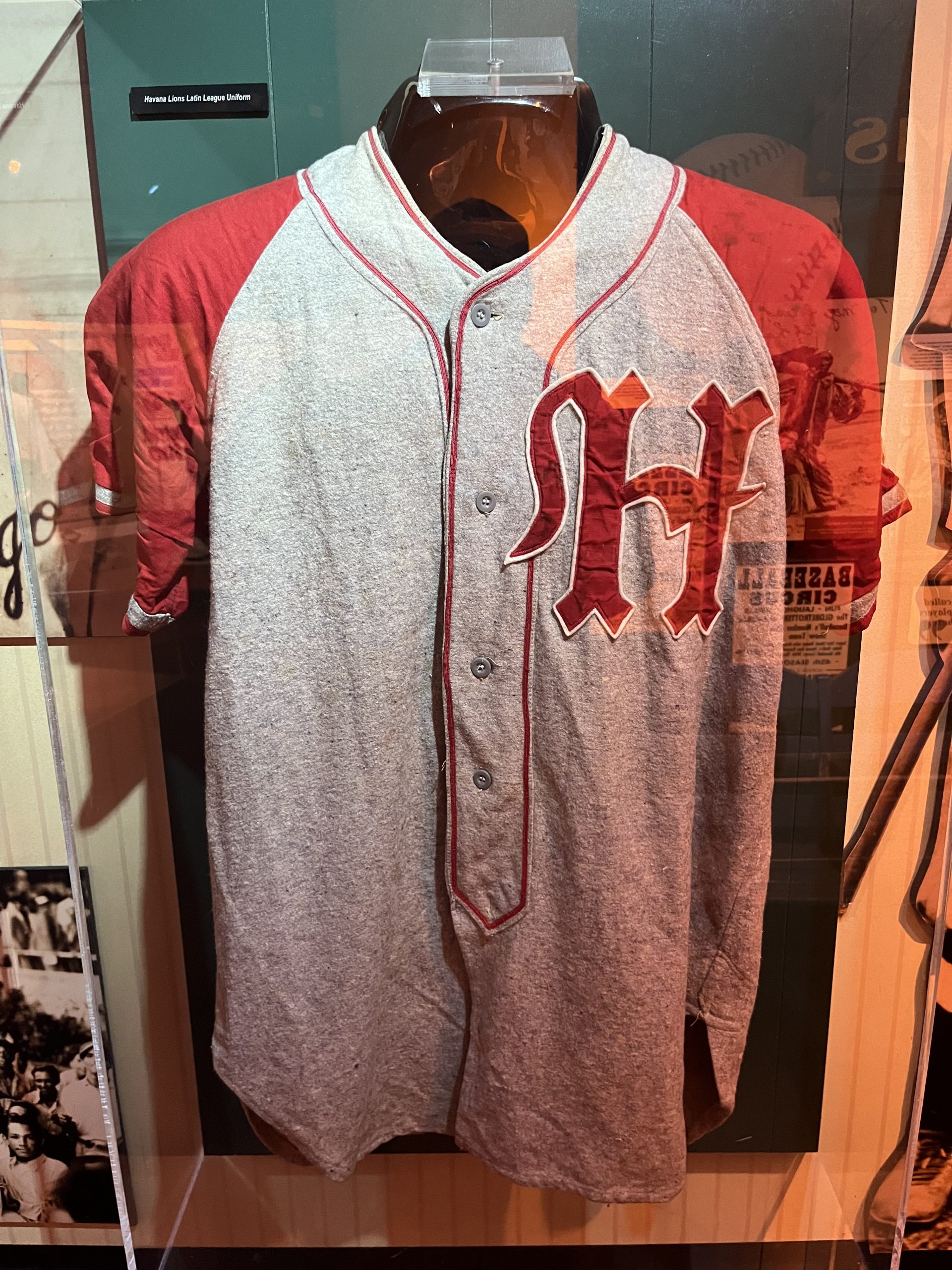
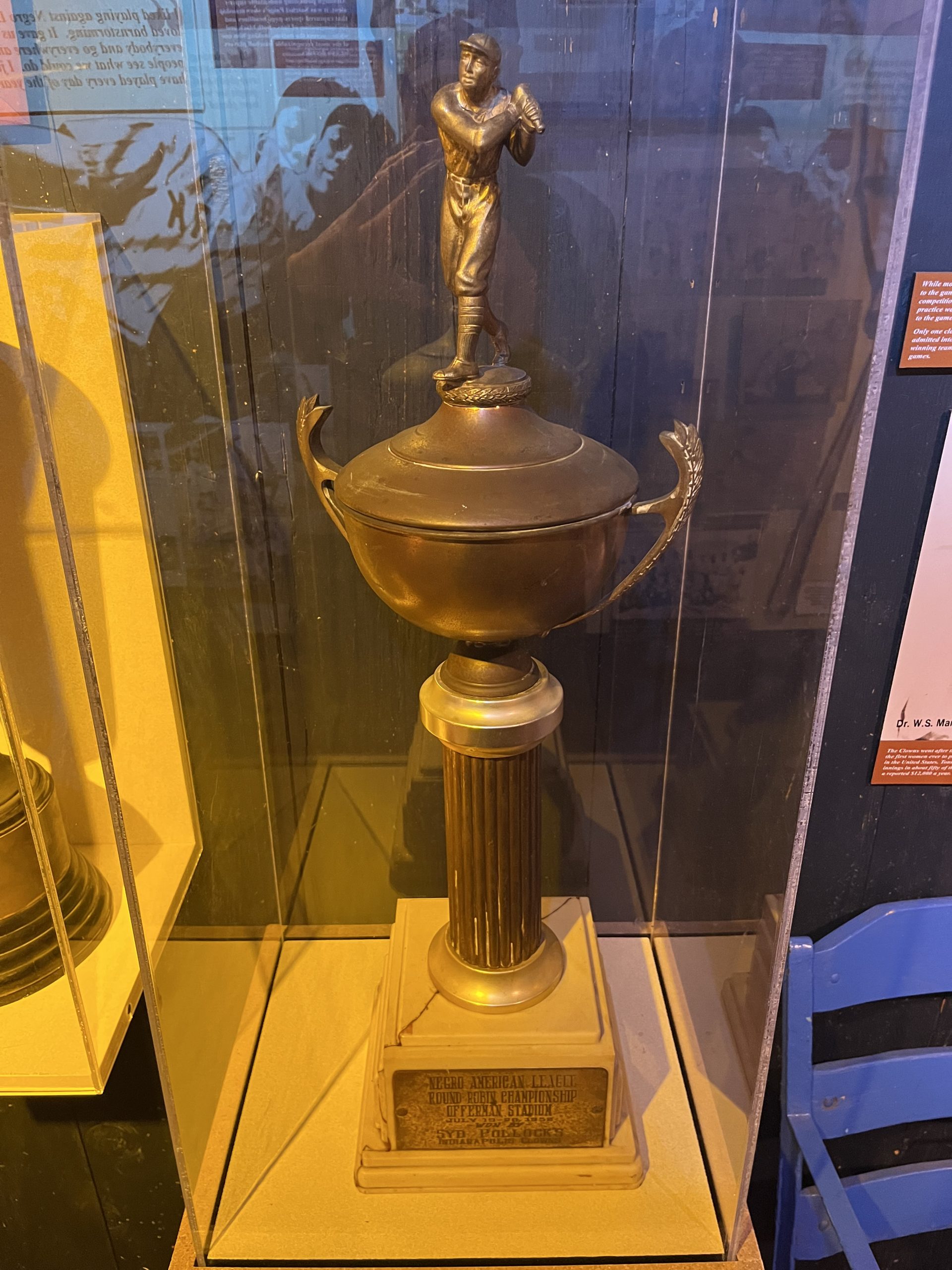
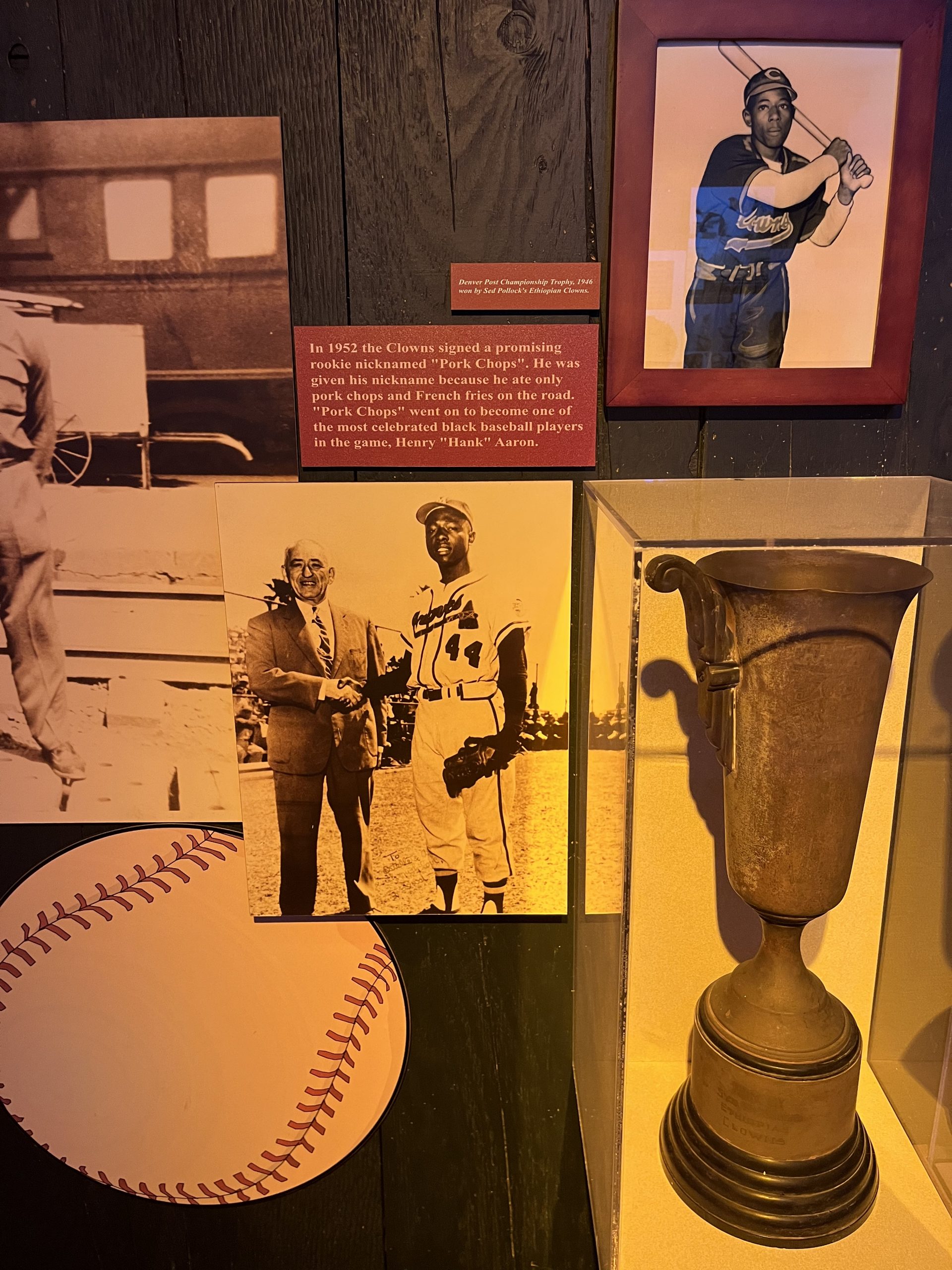


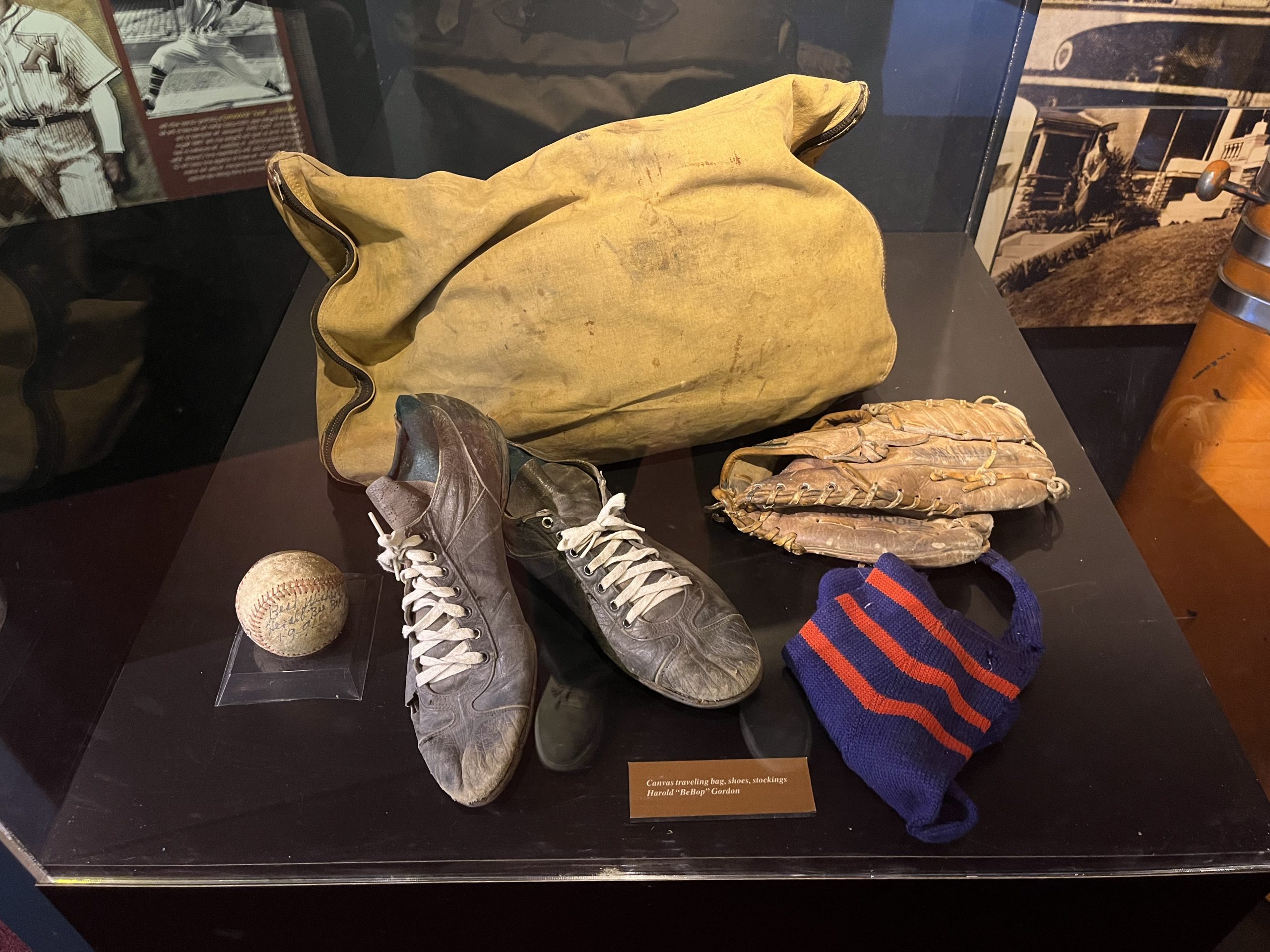
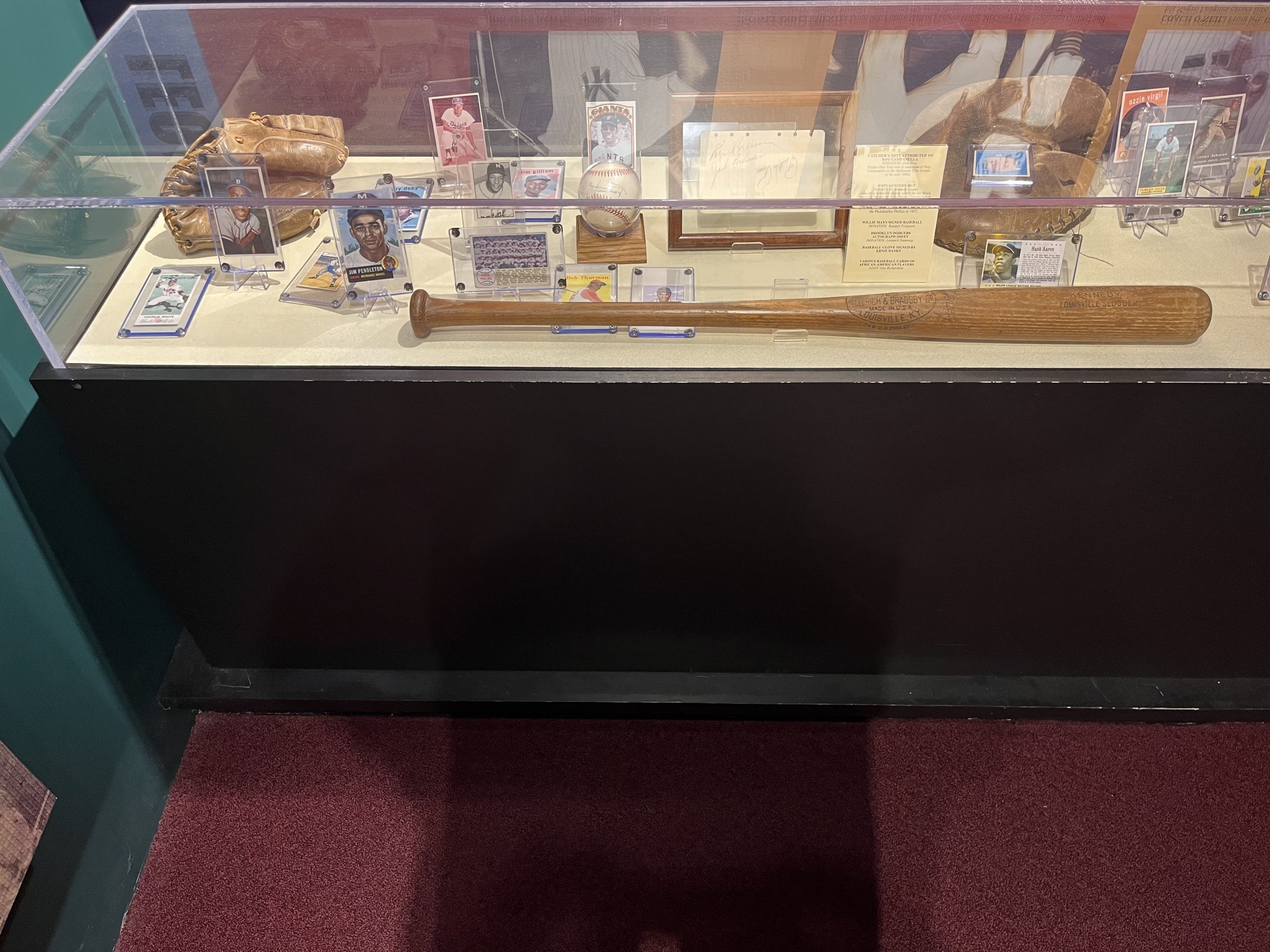

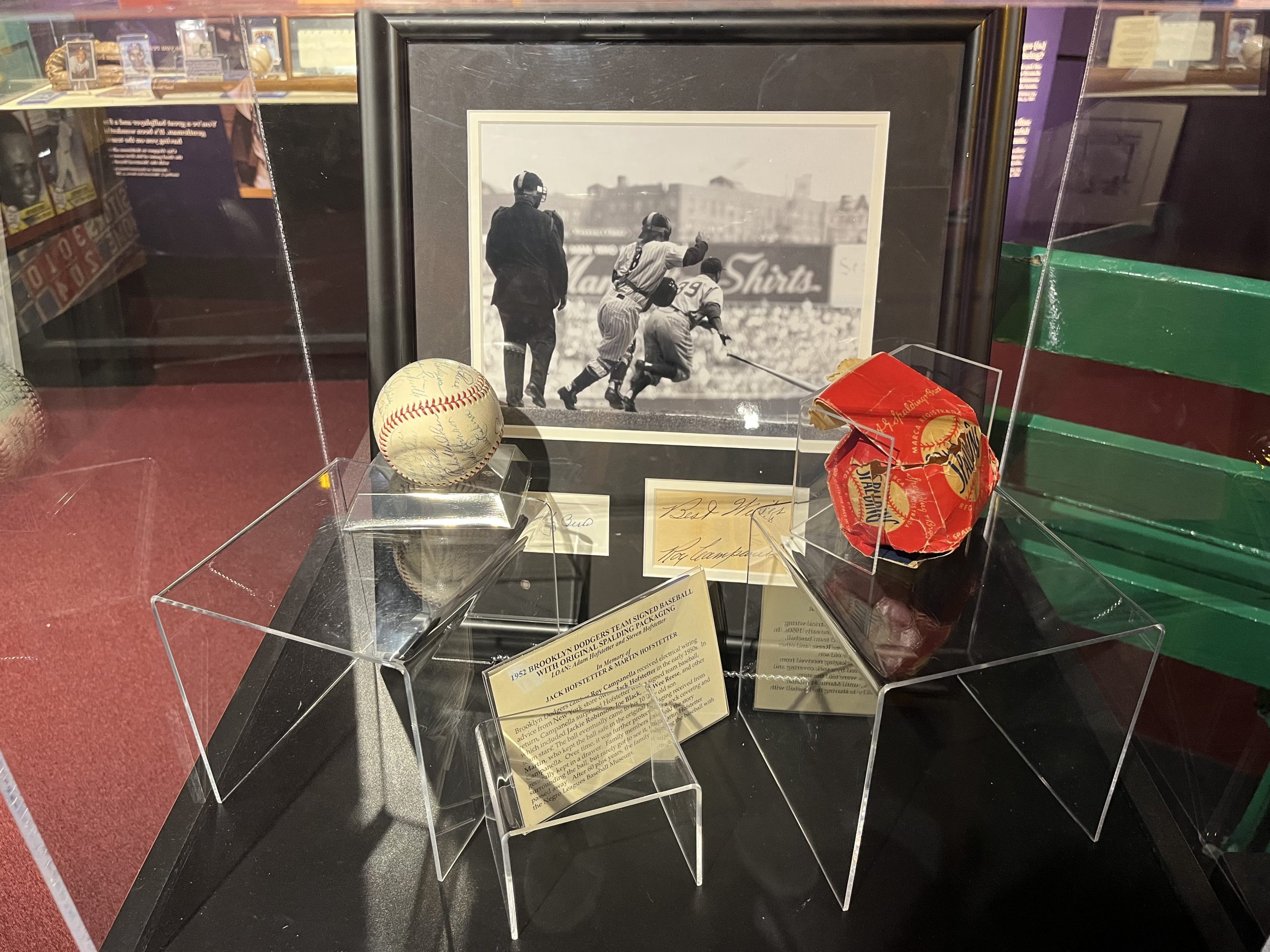


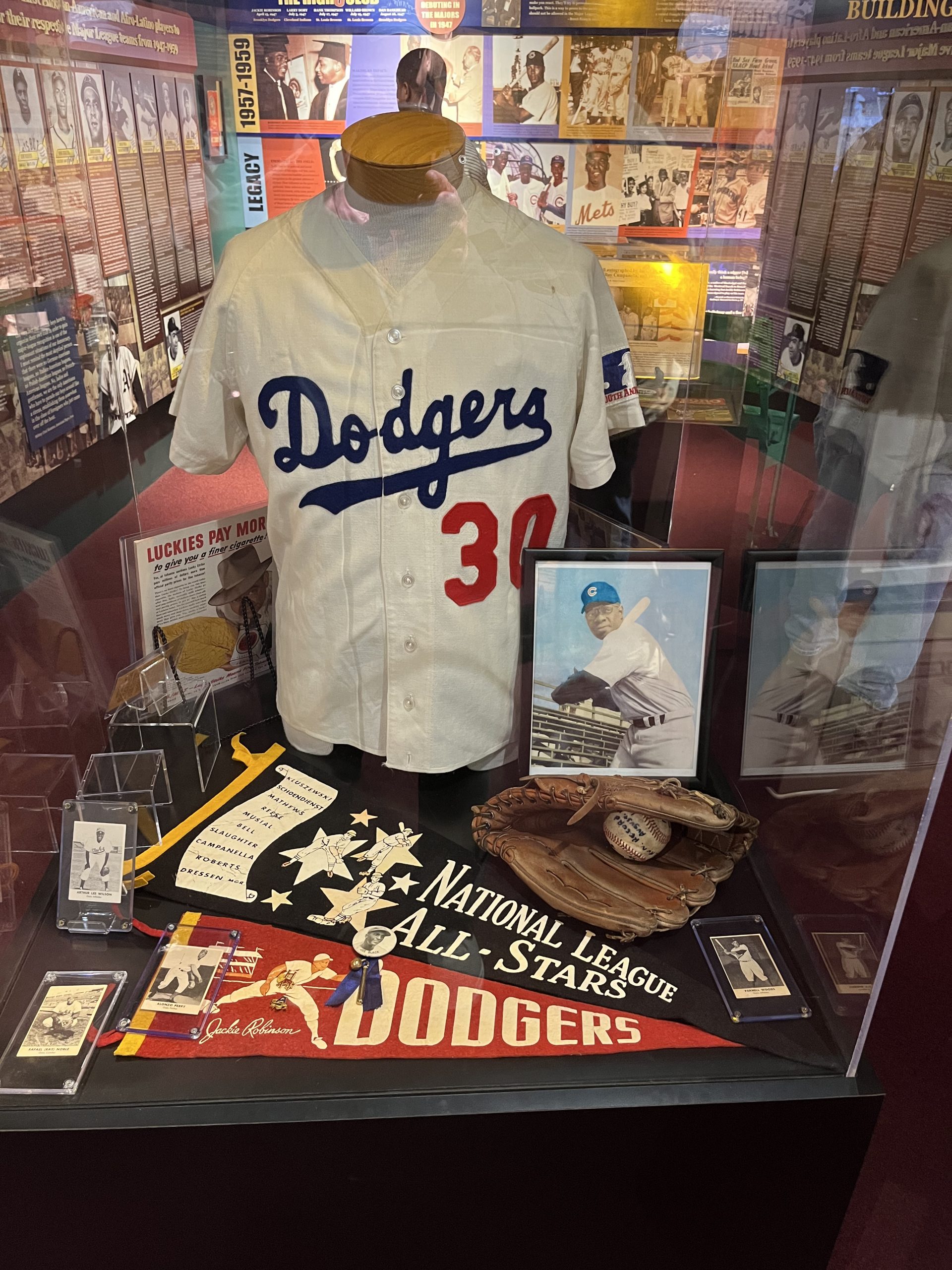
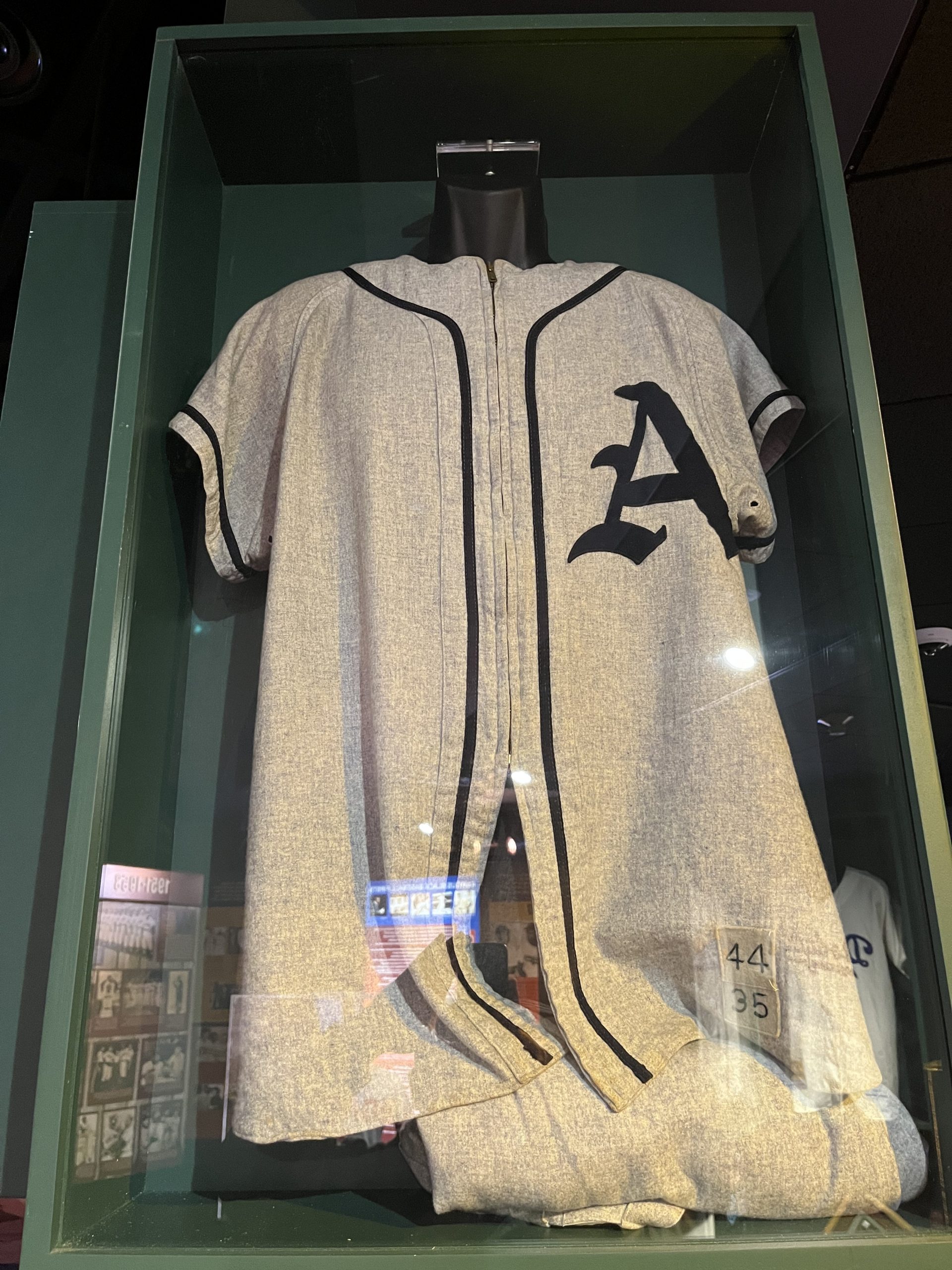
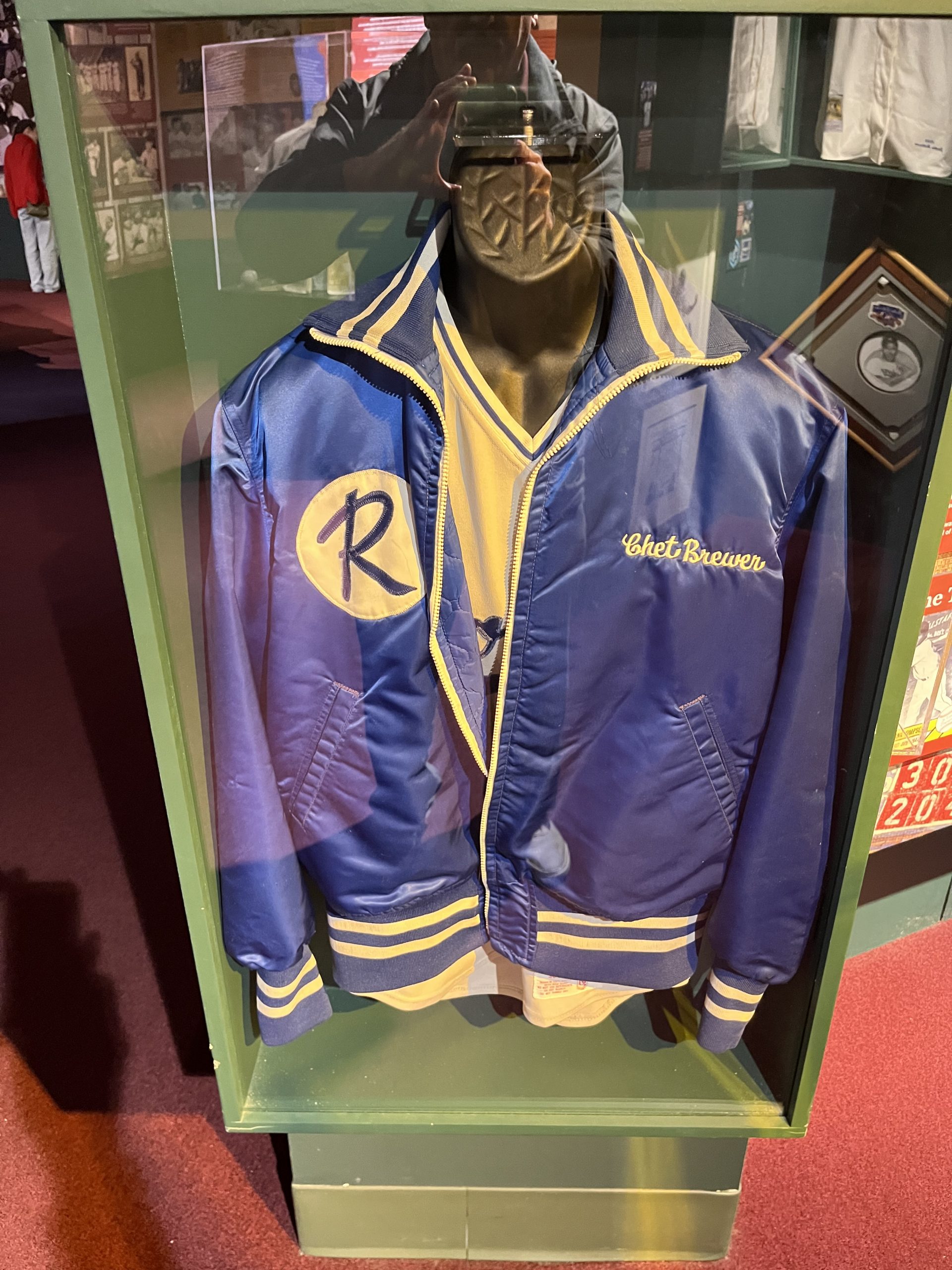




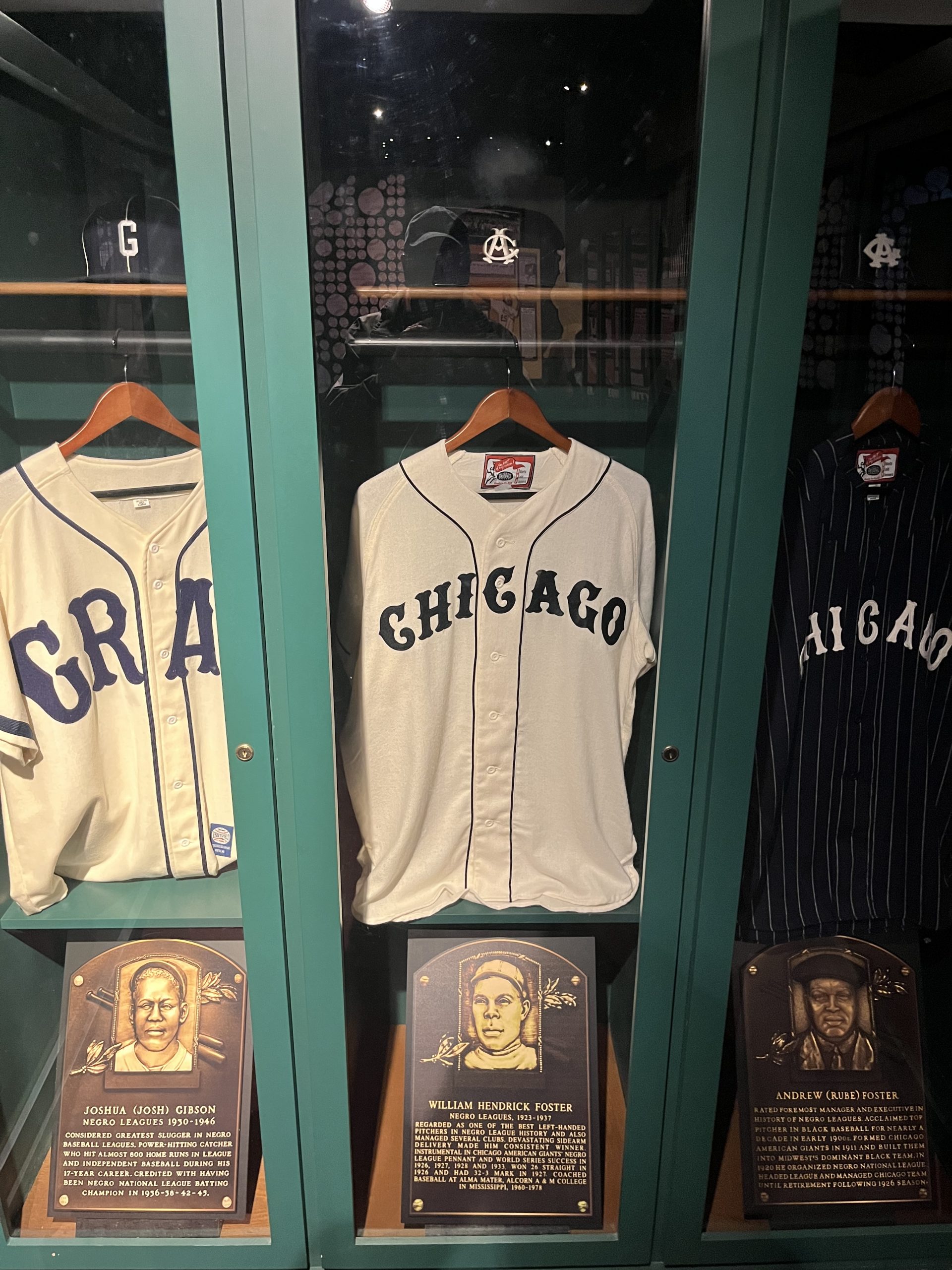
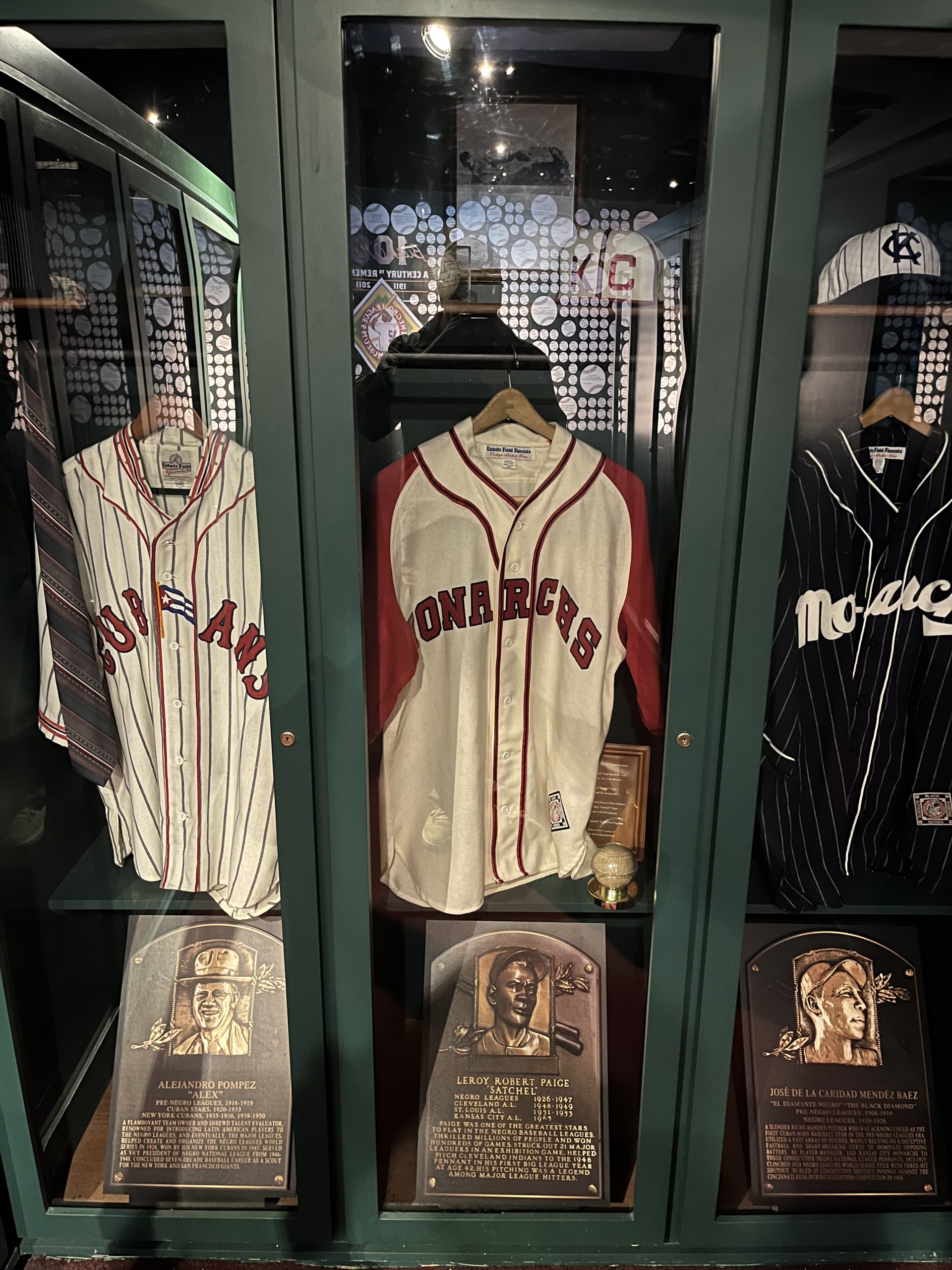

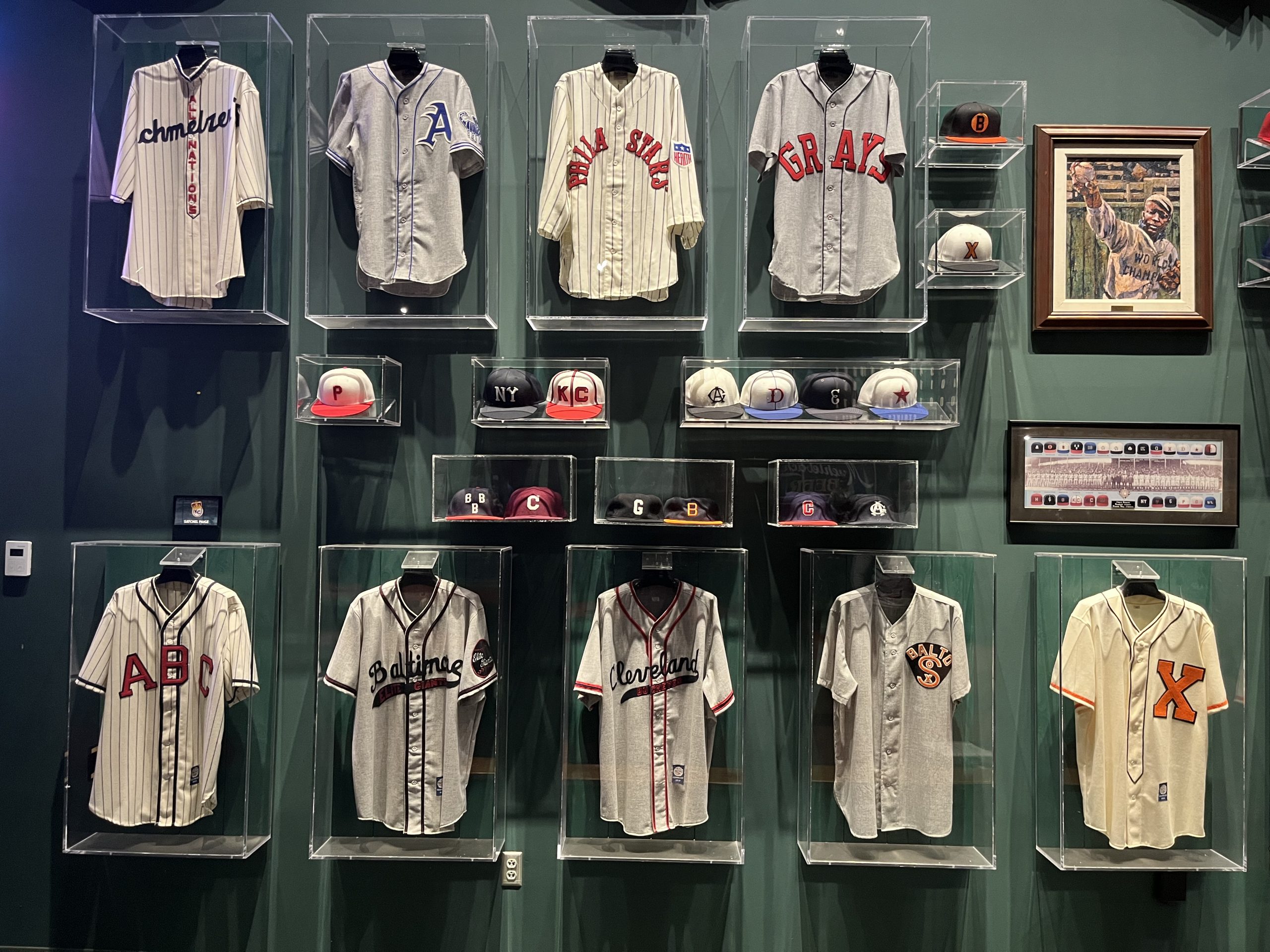

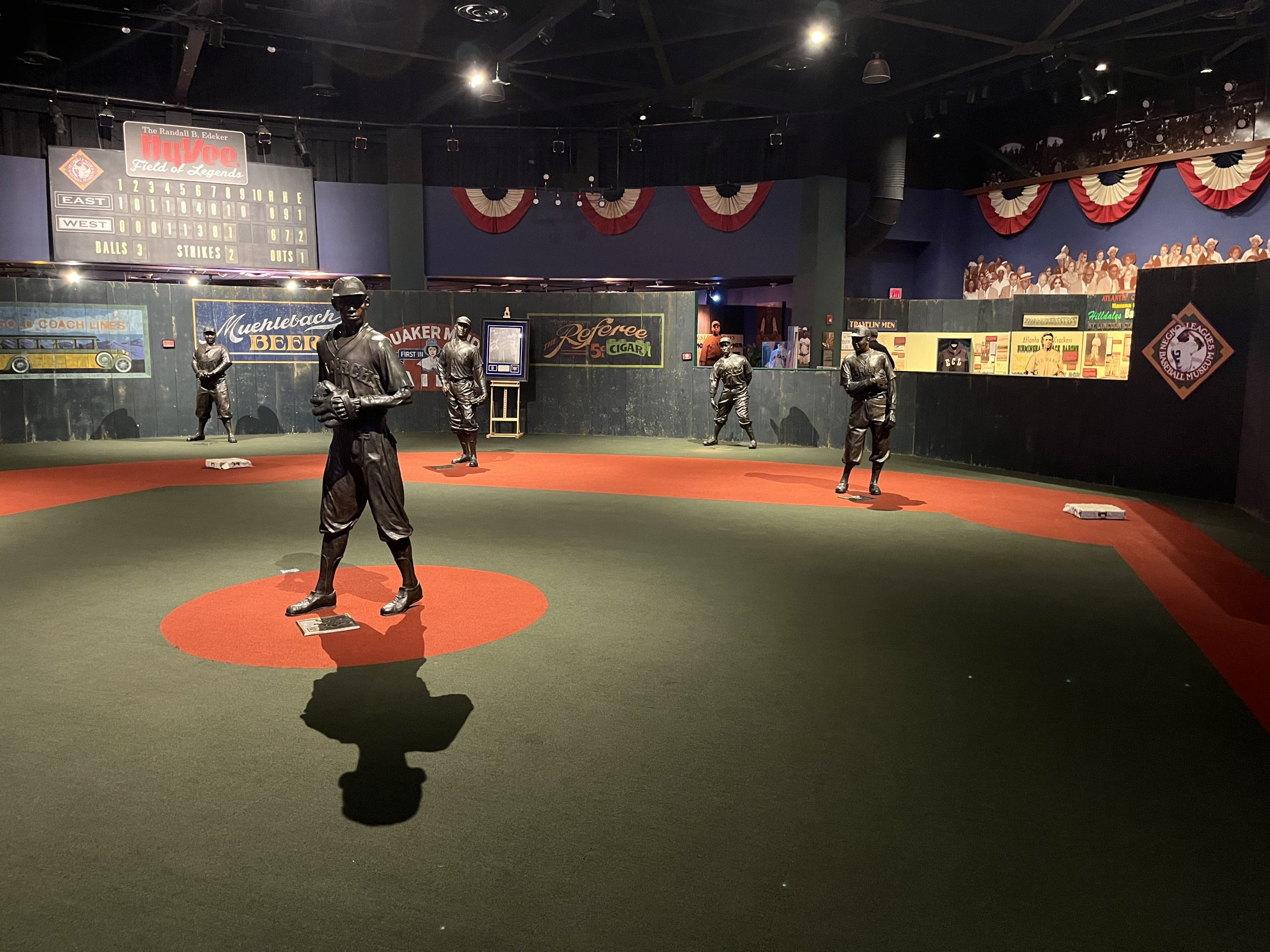

You are almost home! I hope you have enjoyed your road trip.
Yes – the plan is to be back in time for Halloween with the Grandsons. Very much enjoyed the trip – looking forward to the next one.